What Settings Should I Use for Wedding Photography
October 19, 2023
What Settings Should I Use for Wedding Photography: A Comprehensive Guide
Real quick – in case you’re here from Pinterest, you can view our photography here and shop the presets here.
Hey there, besties! Wedding photography is an extraordinary mix of art and science, a craft that demands the capture of deeply emotional moments against a backdrop of chaotic festivities. One question that often plagues photographers, whether they’re just starting out or have years under their belt, is, “What settings should I use for wedding photography?”
The truth is, every wedding is a unique event influenced by a multitude of factors, from lighting to location and everything in-between. However, there are some general guidelines you can follow to ensure you’re well-prepared. In this blog post, we’ll go through the best camera settings for various lighting conditions, and also dive into the age-old debate of shooting in RAW vs JPEG. Ready? Let’s dive in!
Understanding the Basics
Before we start exploring the maze of settings, it’s crucial to get a handle on some foundational principles:
Aperture (f-stop)
The aperture of your lens determines how much light gets through to your camera’s sensor. Measured in f-stops, a lower f-stop like f/1.8 will let in more light and create a shallow depth of field. This is perfect for those dreamy, blurred-background portraits. A higher f-stop like f/11 will let in less light but give you a greater depth of field, ideal for group shots.
Shutter Speed
Shutter speed is the length of time your camera’s sensor is exposed to light. It’s measured in seconds or fractions of a second like 1/200 or 1/1000. A fast shutter speed will freeze action, while a slower speed will introduce motion blur. This can be creative but also risky in fast-paced events like weddings.
ISO
ISO measures your camera’s sensitivity to light. A lower ISO (e.g., 100 or 200) is ideal for well-lit conditions, while a higher ISO (e.g., 800, 1600 or higher) is useful in low-light situations. However, a higher ISO can result in noisy or grainy images.
Remember, these elements work together in what’s called the “exposure triangle.” Striking the right balance is key, and it often involves some compromise depending on what you’re trying to capture.
Settings for Different Lighting Conditions
Photography is essentially painting with light, and the quality of that light can drastically impact your images. Here’s how to adjust your settings for different lighting scenarios:
Indoor Settings
Indoor weddings, whether in a grand cathedral or getting ready hotels, generally offer less light.
General Guidelines
- Aperture: f/2.8–f/4.0 – if you want to shoot wide open (like 1.4) to let in more light, you always can! Just be intentional when you go that wide, as less things will be in focus.
- Shutter Speed: 1/60–1/200 sec if shooting with a flash, otherwise try to stay above 1/250 so you don’t have motion blur.
- ISO: 800–3200 – this fully depends on your cameras capabilities! The better your sensor, the higher your ISO can go without compromising the quality. If you need, use a flash! You can grab our flash freebie here and shop our gear here.
The Reception
Receptions are often darker and may feature dynamic lighting conditions like disco lights or candles. Here, you’ll want to open your aperture wide, possibly even to f/1.8 if your lens allows. Increase your ISO, but remember that going too high can result in noise.
Outdoor Settings
Outdoor settings are generally brighter but come with challenges like harsh shadows or rapidly changing light conditions.
General Guidelines
- Aperture: f/2.5–f/11 – I typically don’t go lower than 2.5 when outdoors in harsh light! 2.5 is my minimum when taking any sort of portraits, so I can make sure things are properly in focus, and 3.5 for any sort of group shots.
- Shutter Speed: 1/250–1/1000 sec
- ISO: 100–600
Beach Weddings
For beach weddings, the abundance of light can lead to overexposure. You’ll need a fast shutter speed and may also benefit from a lower ISO and narrower aperture.
Golden Hour
The golden hour, that brief period just after sunrise or before sunset, offers sublime lighting conditions.
General Guidelines
- Aperture: f/2.8–f/5.6
- Shutter Speed: 1/100–1/400 sec
- ISO: 100–400
The Importance of Shooting in RAW vs JPEG
Why RAW?
- Better Quality: RAW files contain all the data from your camera sensor without any loss of quality.
- More Control: You can adjust exposure, white balance, and other elements without degrading the image.
- Non-Destructive: Changes to a RAW file are non-destructive, meaning you can always revert to the original.
Why Not JPEG?
JPEG files are compressed, losing some data and limiting your post-processing capabilities. While they are quicker to use, they don’t offer the same level of control that RAW files do.
Conclusion
Friends, the quest for the perfect wedding photography settings is a journey, not a destination. As you gain experience, you’ll develop a sixth sense for what settings to use, when to break the rules, and how to capture the magic of the moment. Always remember, practice makes perfect and don’t hesitate to experiment. Above all, shoot in RAW to give yourself the best chance in post-production. Happy capturing!
FAQs
Q: Can I use auto settings for wedding photography?
While it’s tempting to rely on auto settings, they won’t give you the creative control you need to adapt to various lighting conditions and scenarios.
Q: How important is it to have a fast lens?
A fast lens is especially useful in low-light conditions. It can make the difference between a grainy, blurred shot and a clear, beautiful image. I personally shoot with a Nikon 58mm 1.4, 24mm 1.4, and 70-200mm 2.8.
Now we’re wrapping up “What Settings Should I Use for Wedding Photography.” It’s a journey filled with continuous learning, and I’m thrilled you’re on this path with me. Your photography game is about to soar to new heights, I can feel it!
If you found this guide helpful, you’re going to love what’s next. 🌟 I’ve put together an exclusive Pinterest Freebie that dives even deeper into mastering the art of wedding photography. Trust me, you don’t want to miss it! Click here to grab your freebie now.
But that’s not all! For a limited time, I’m offering a Flash Freebie and a Flash Course designed to turbocharge your skills. These are quick, actionable insights that you can implement right away. Seriously, this is some of my best stuff. Sign up now while it’s still available.
Thank you for being a part of this amazing community. Together, let’s keep capturing those unforgettable moments and telling stories that last a lifetime. Can’t wait to see what you create next!





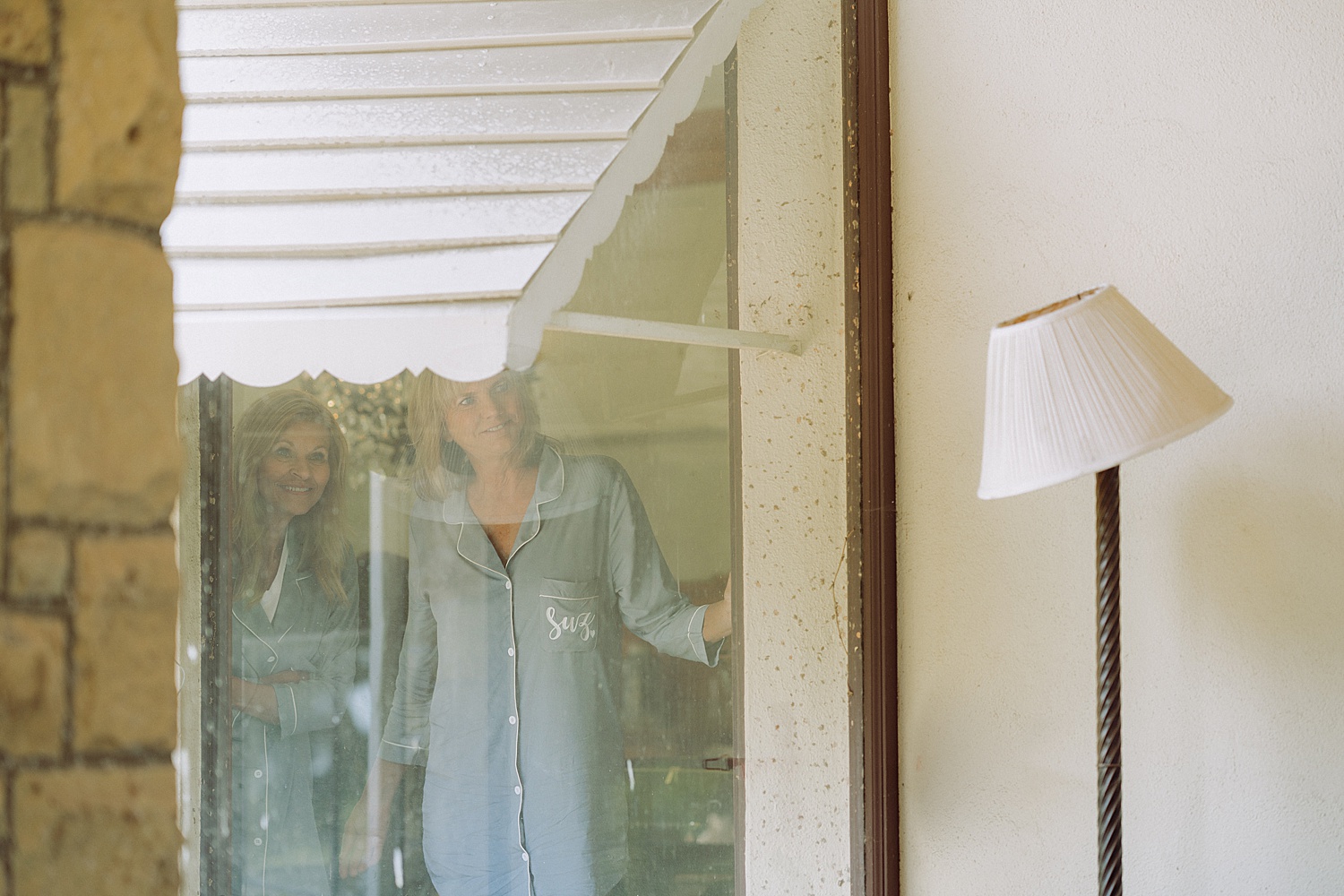
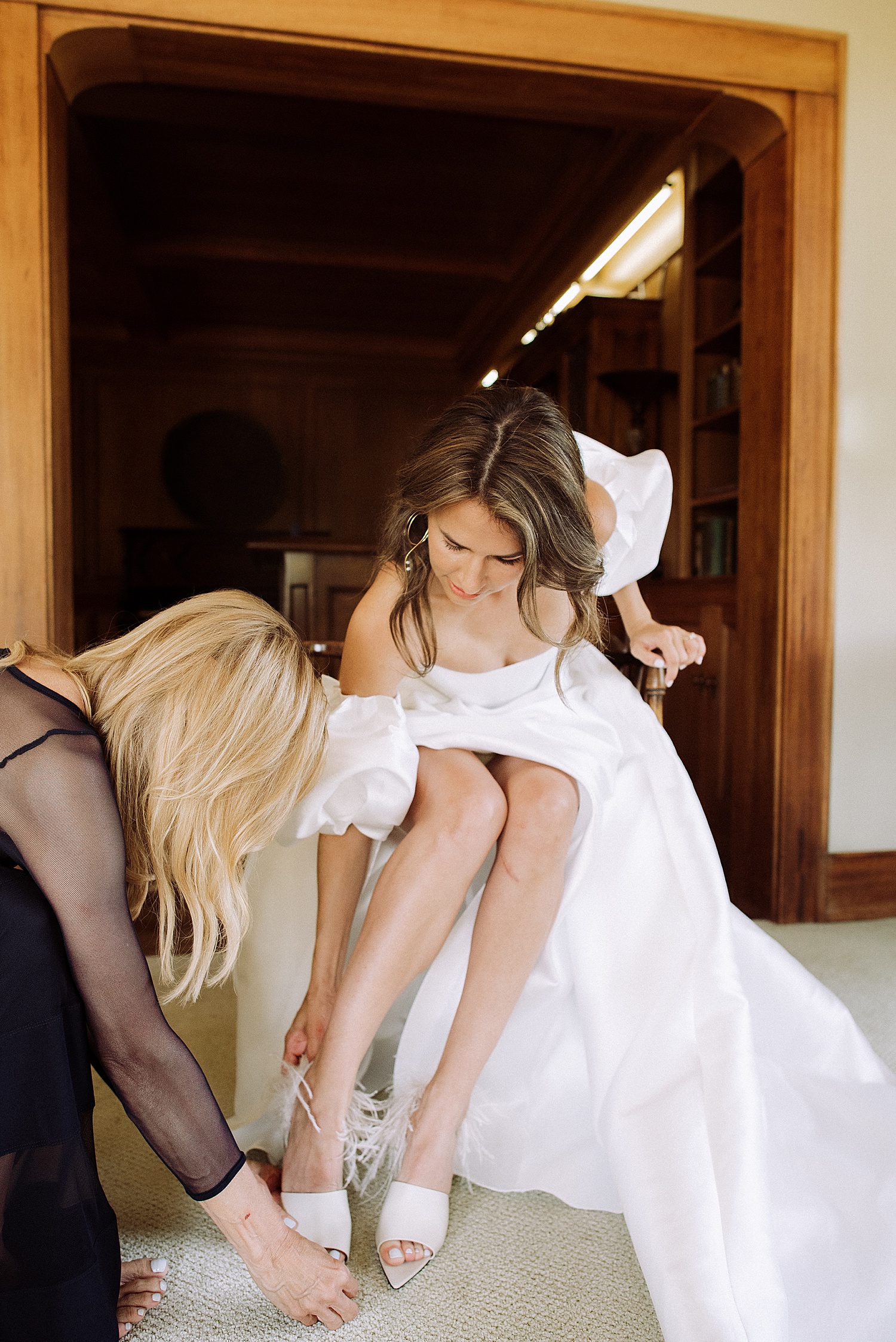

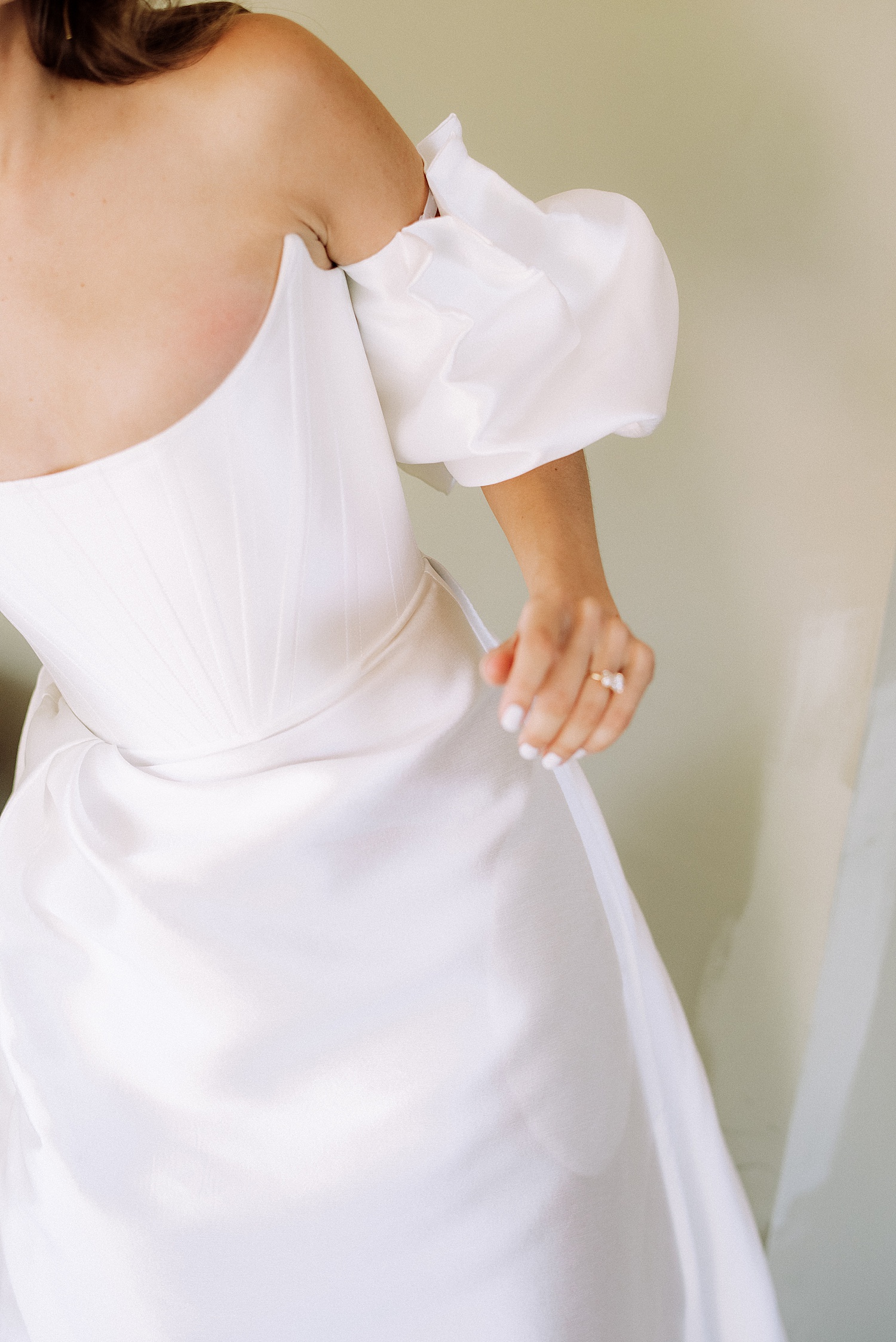
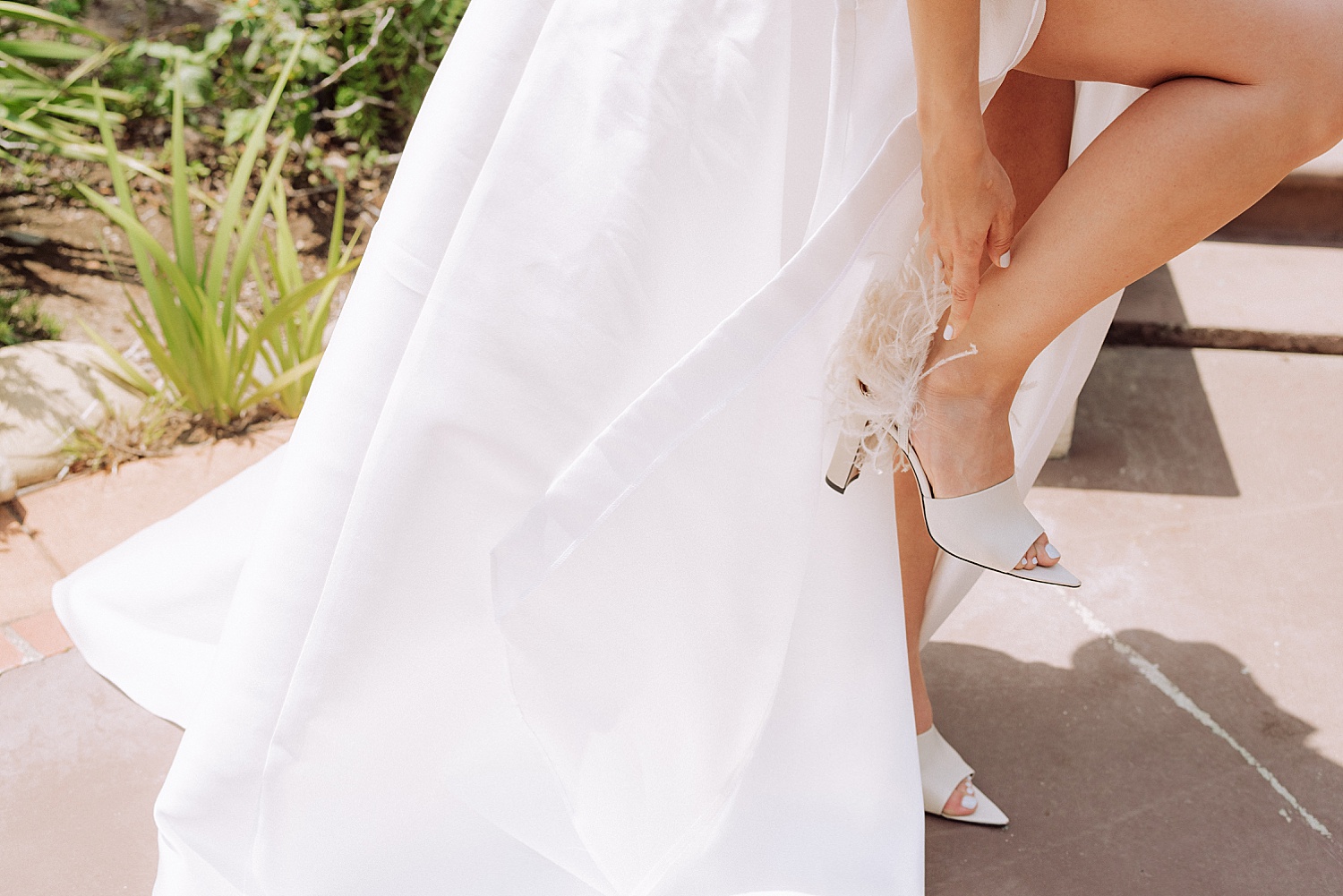
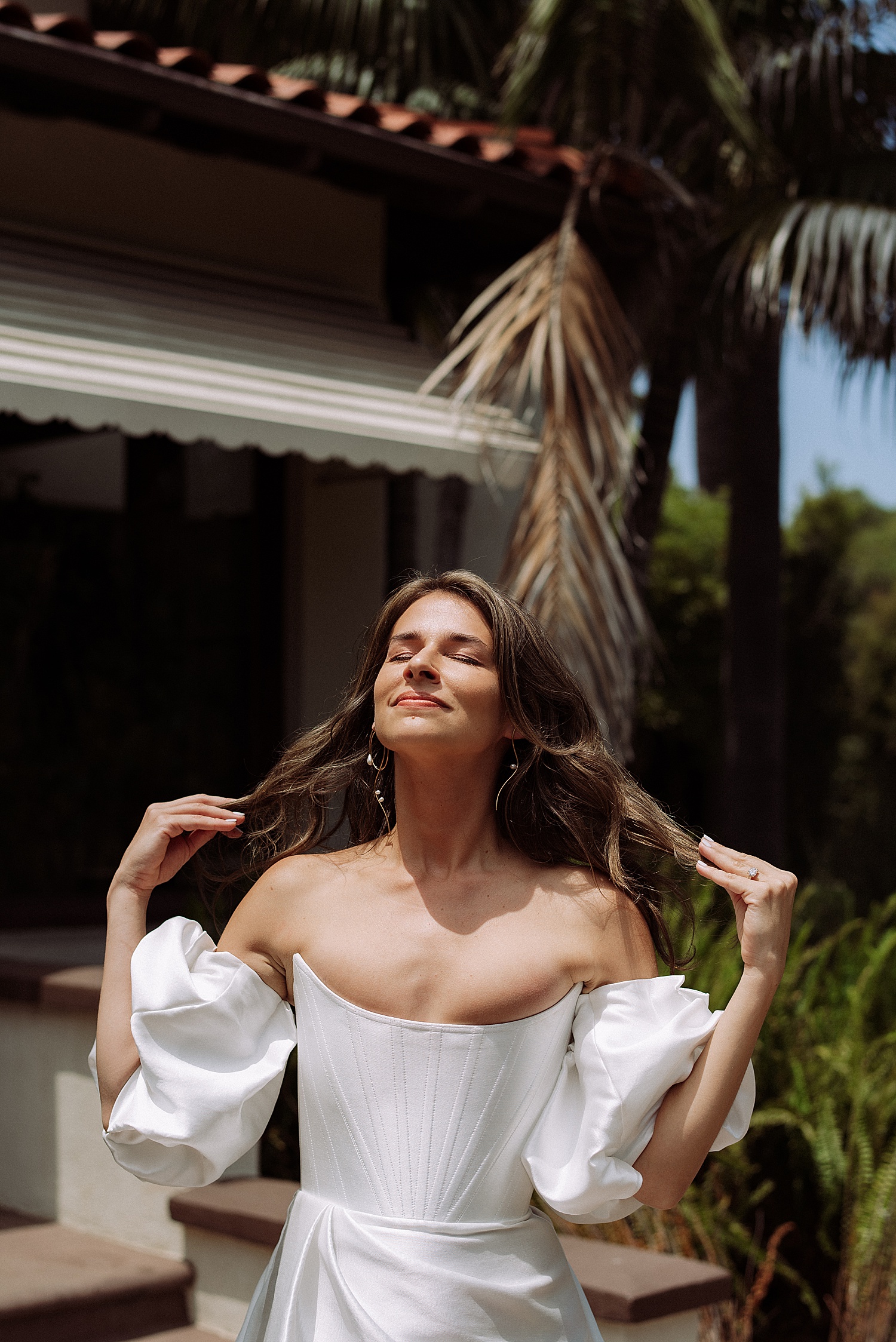
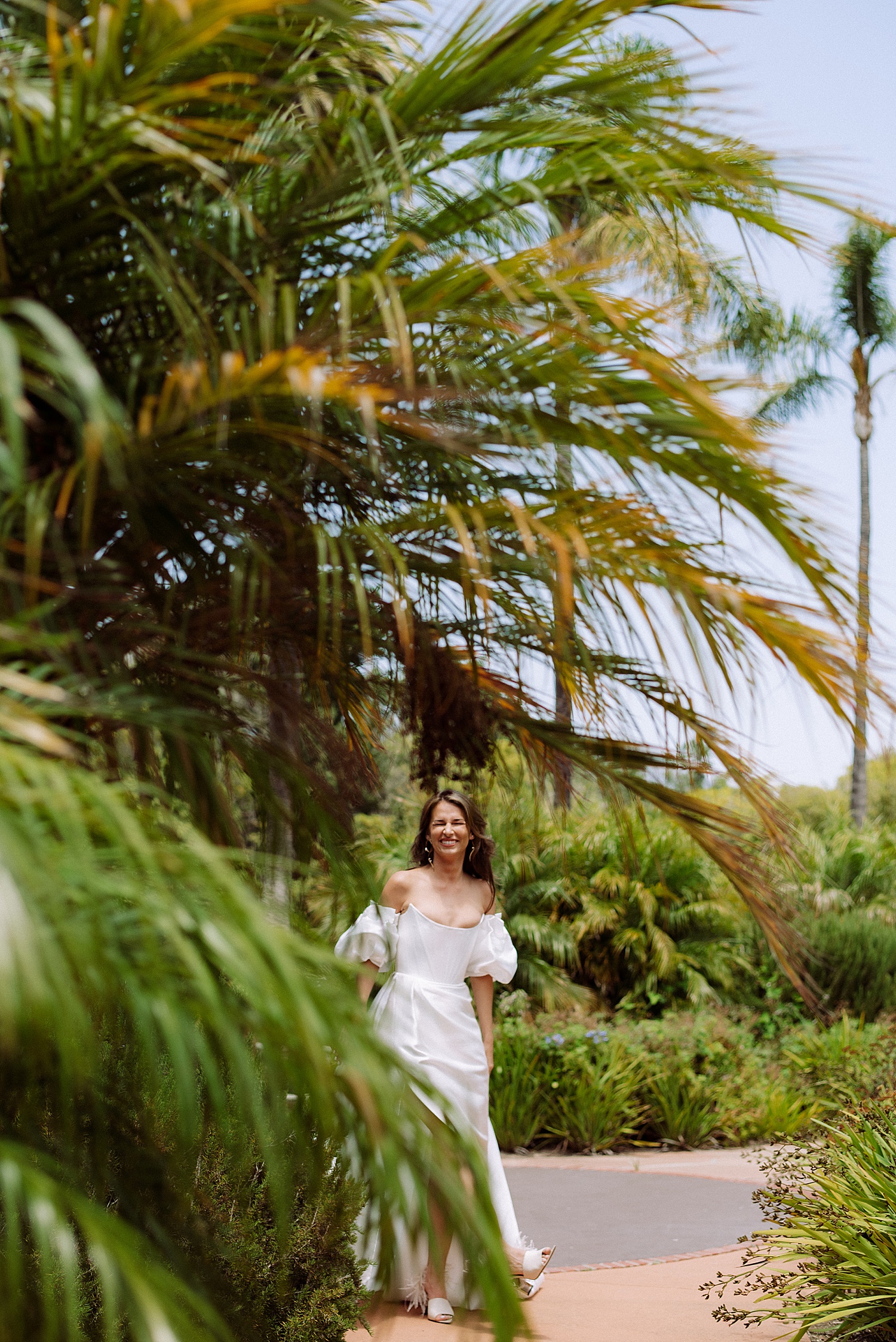

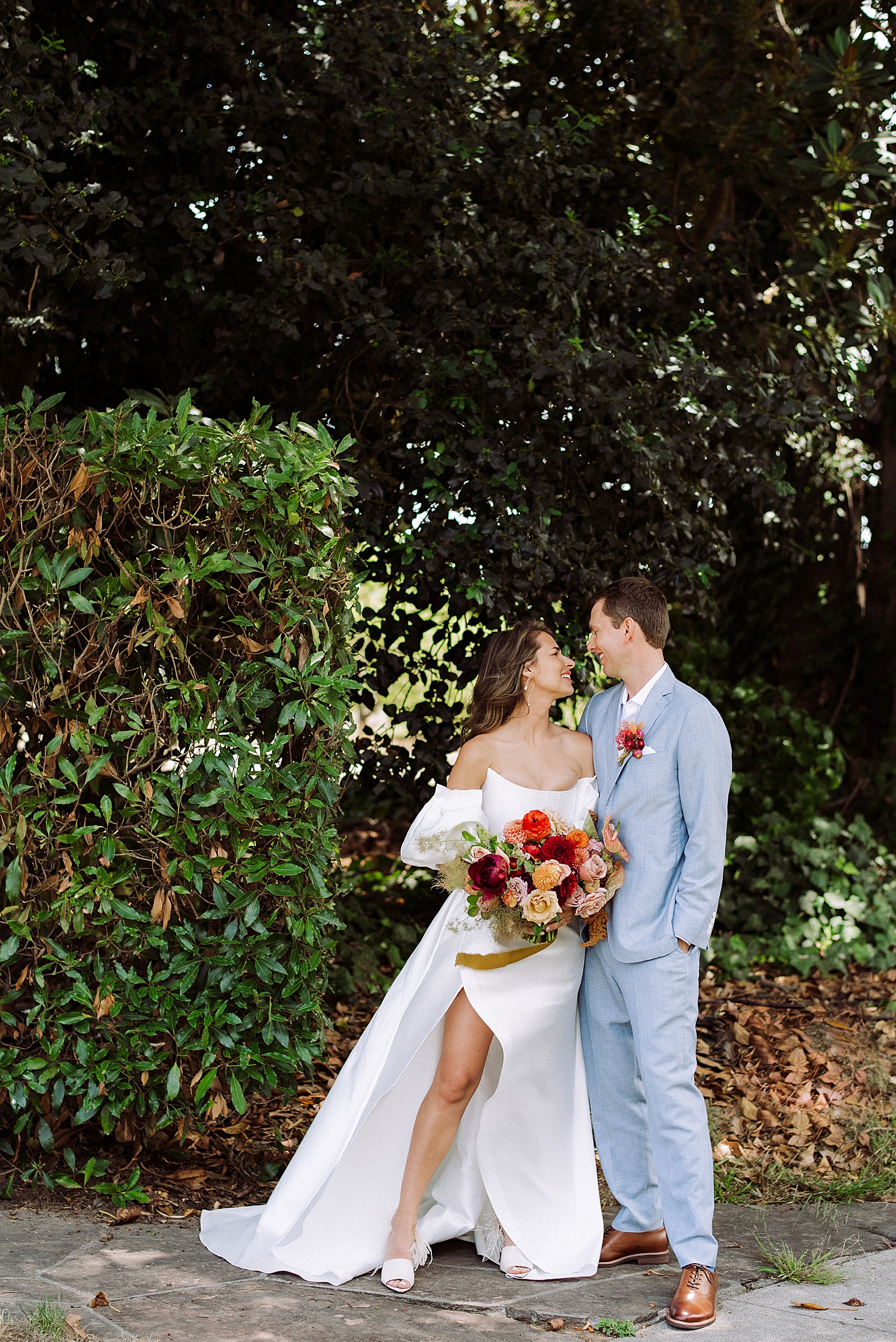


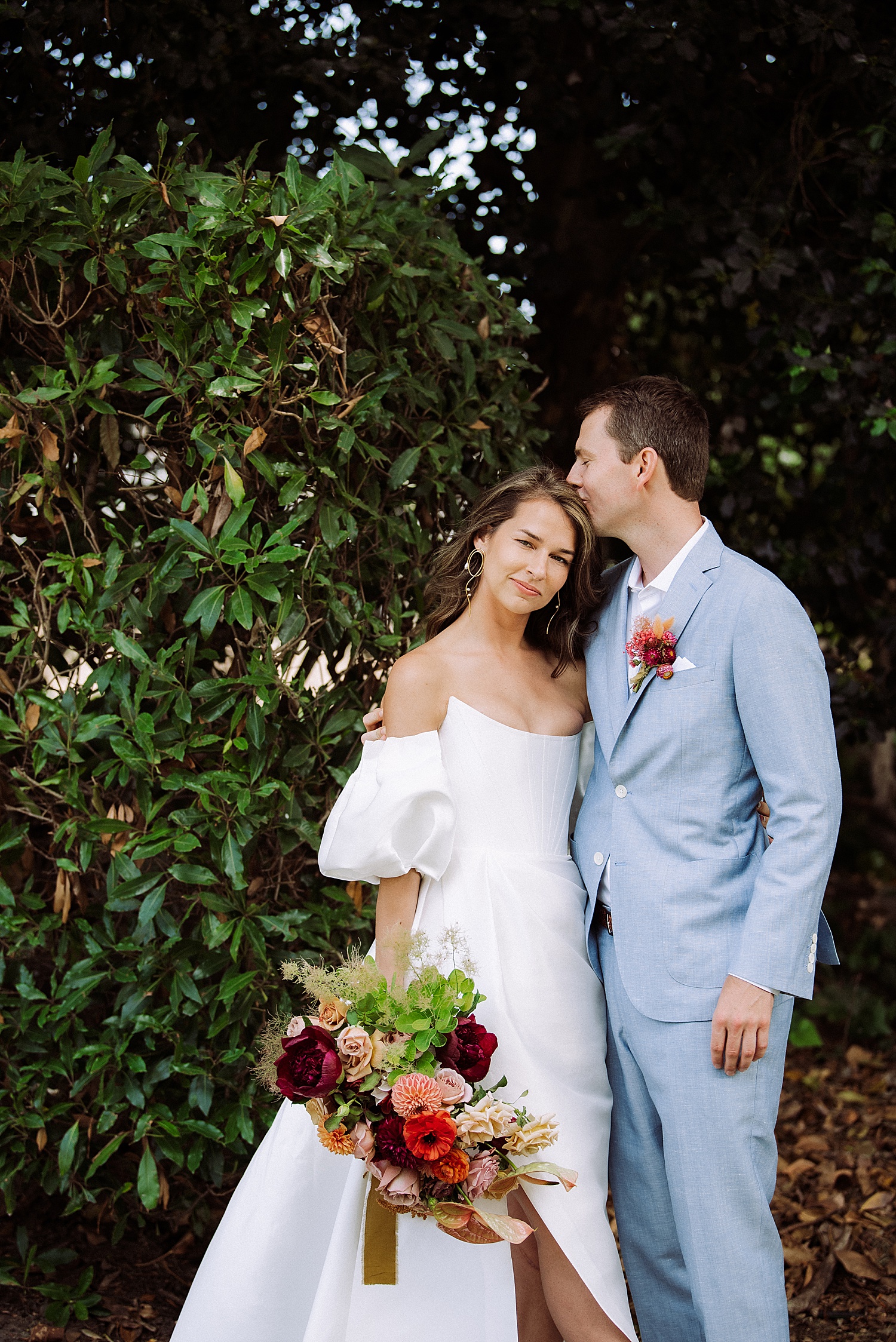
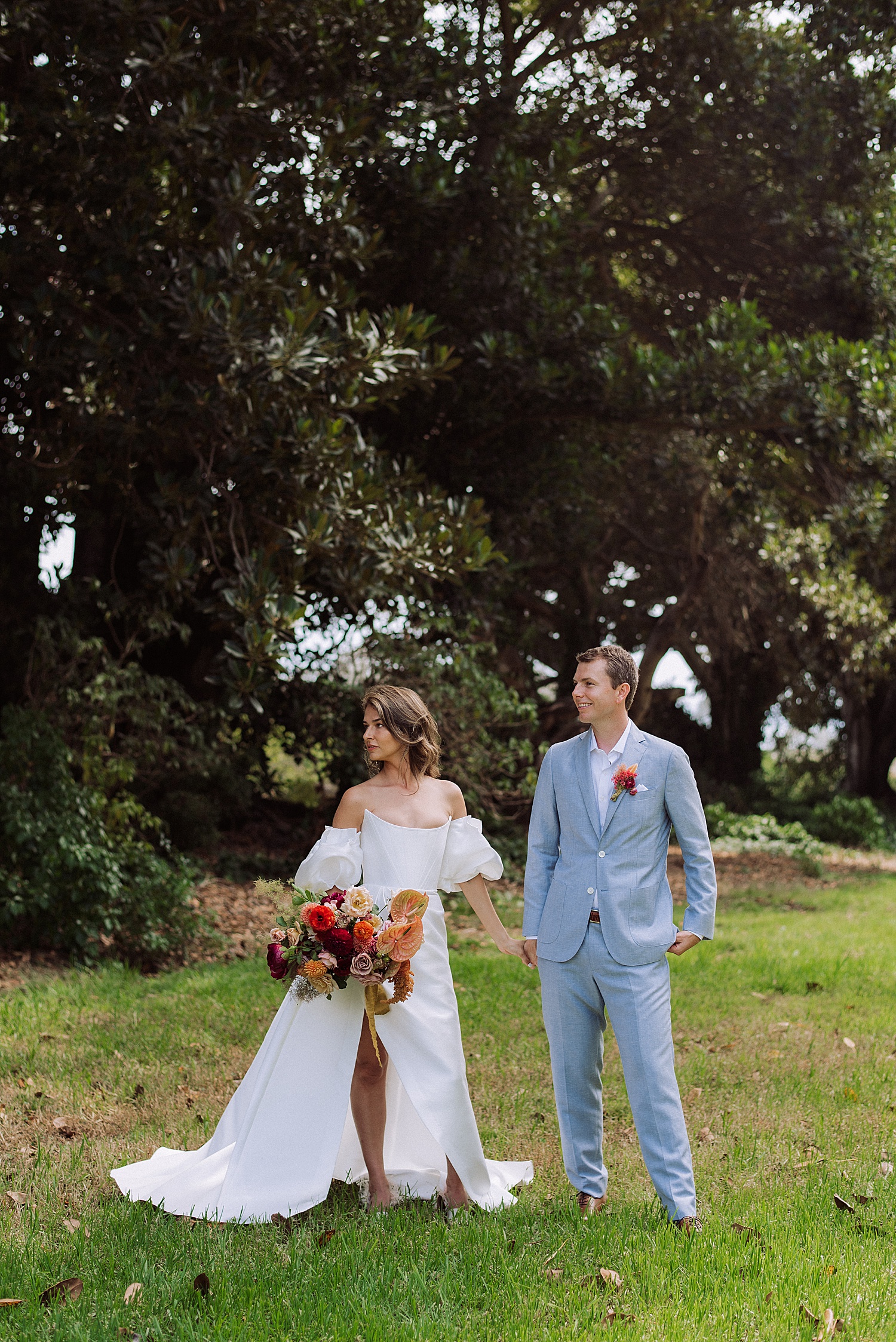

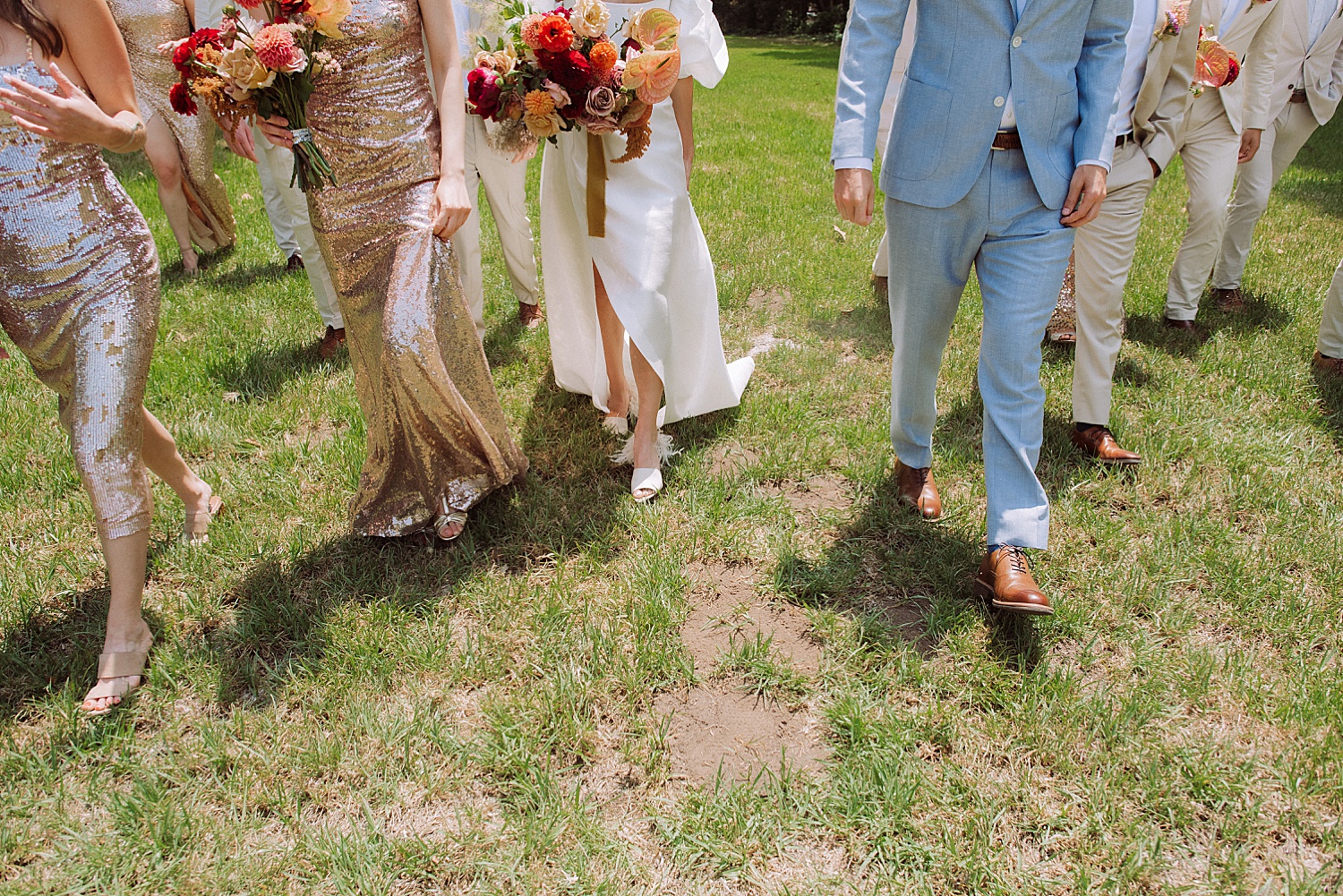

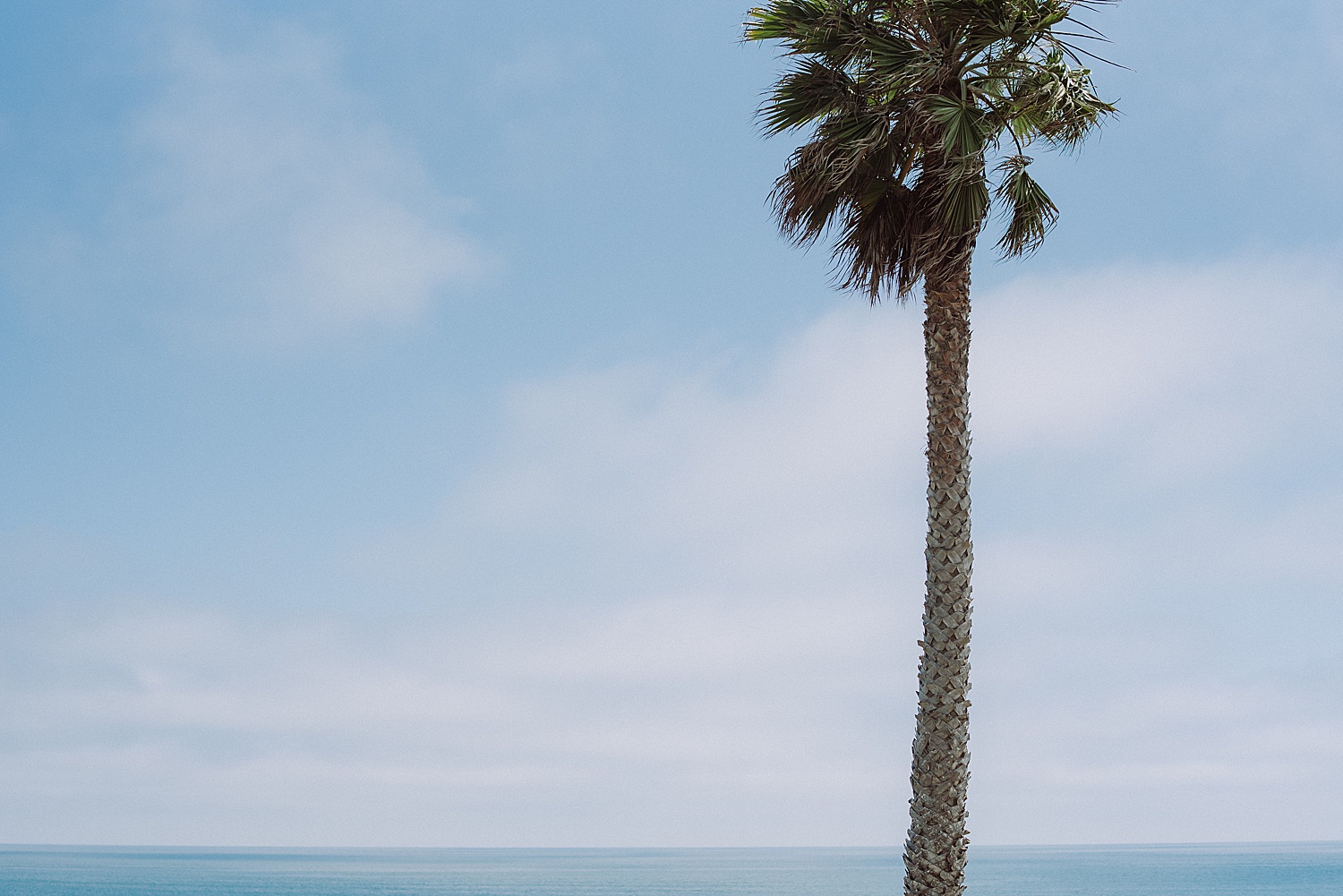
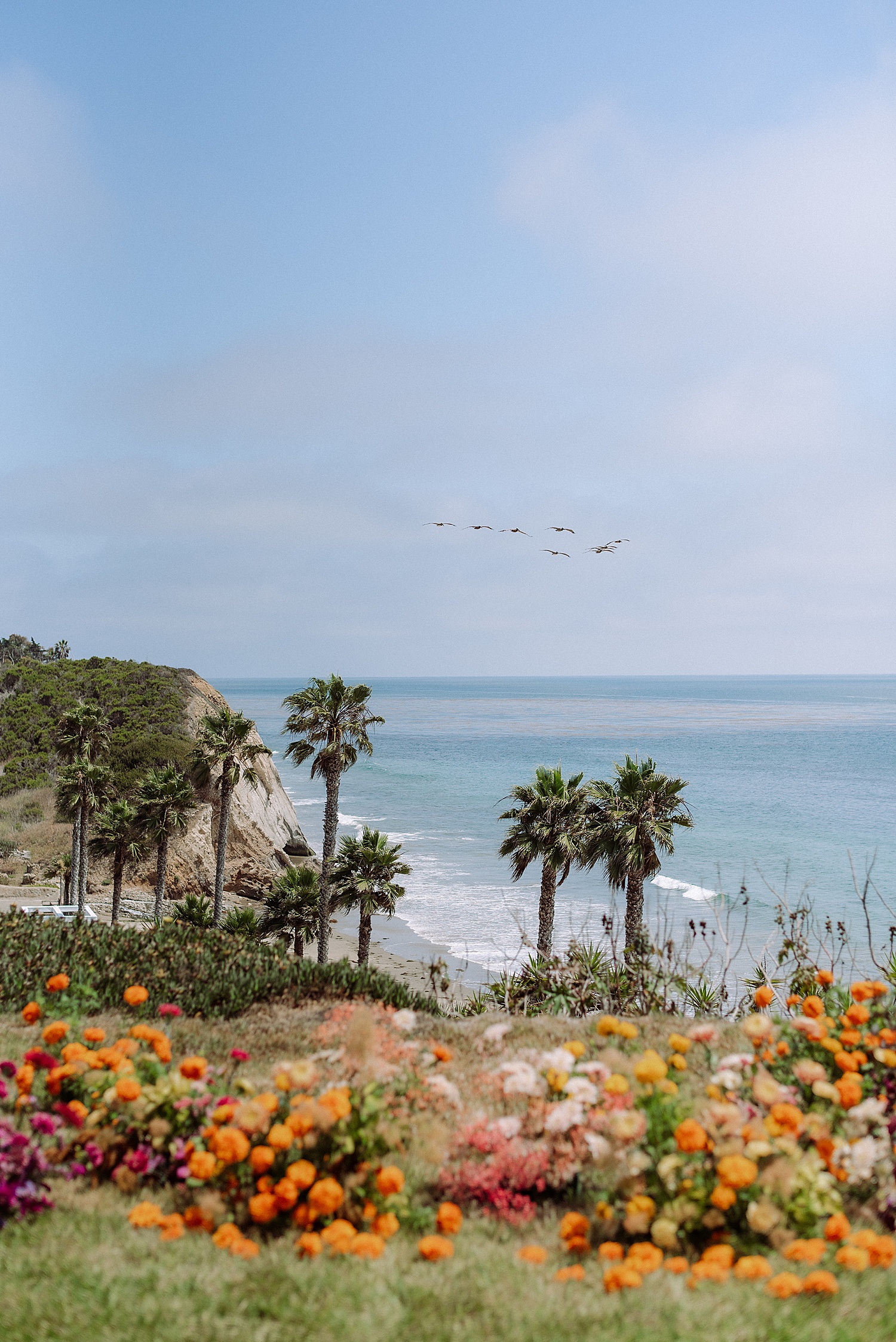
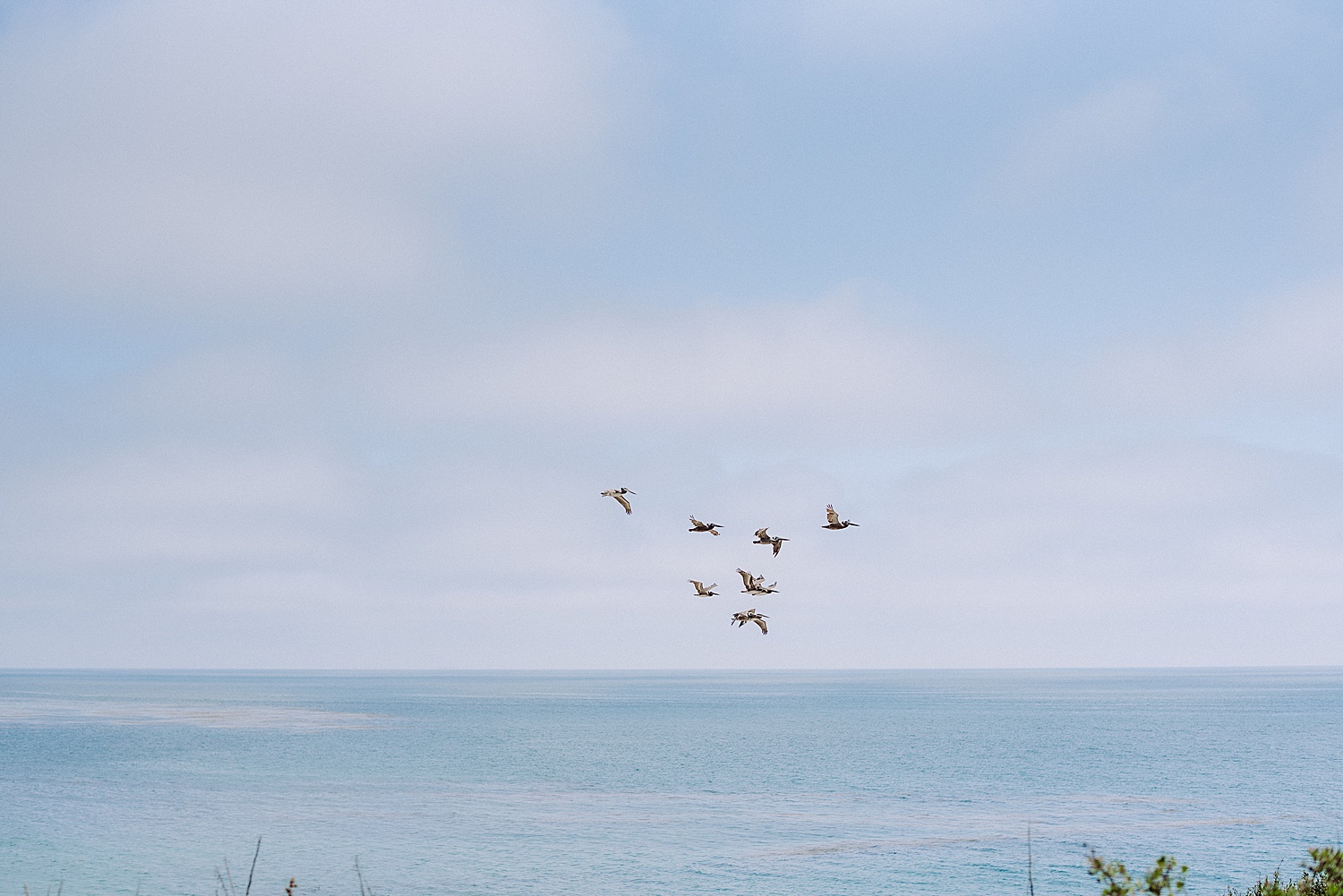
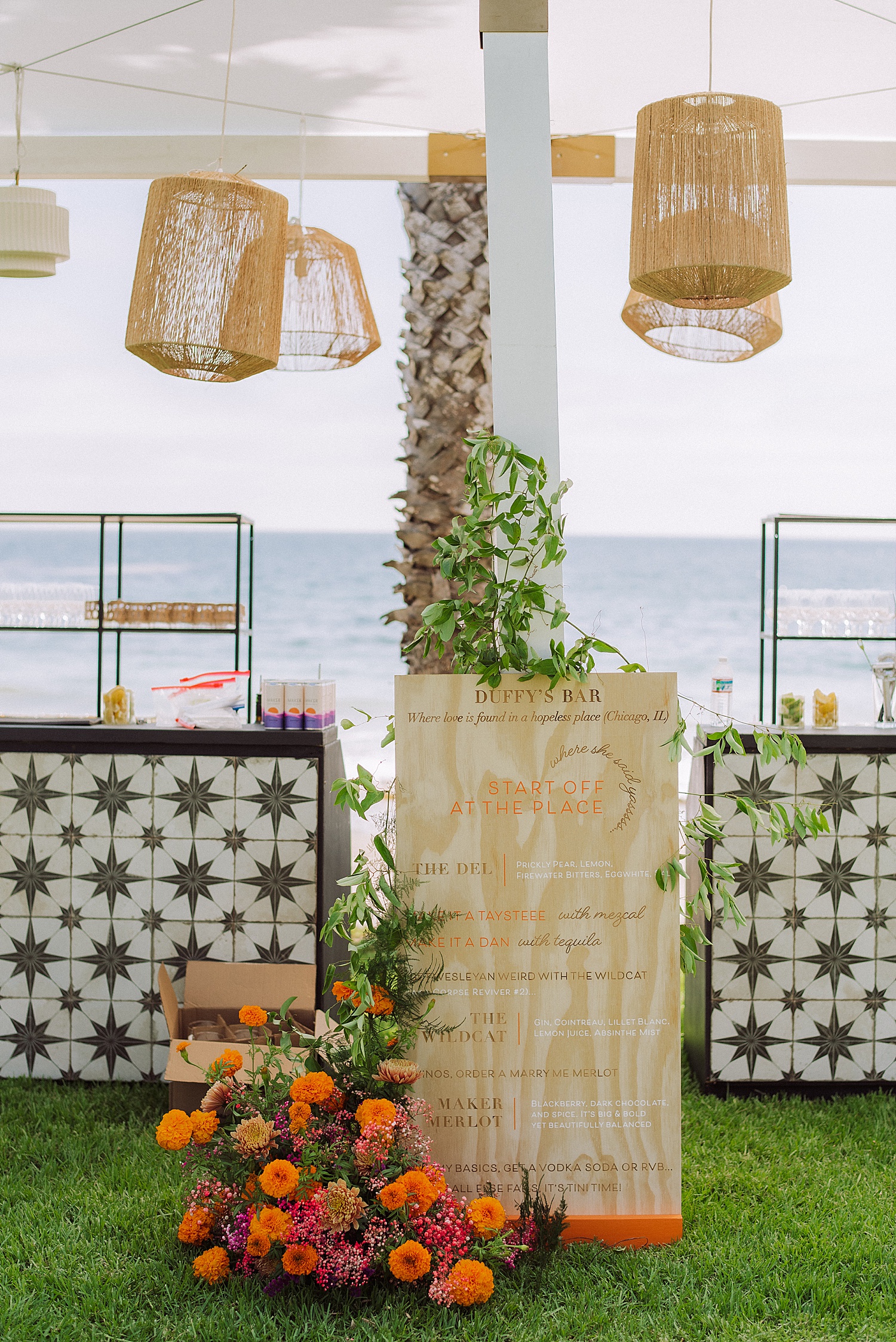
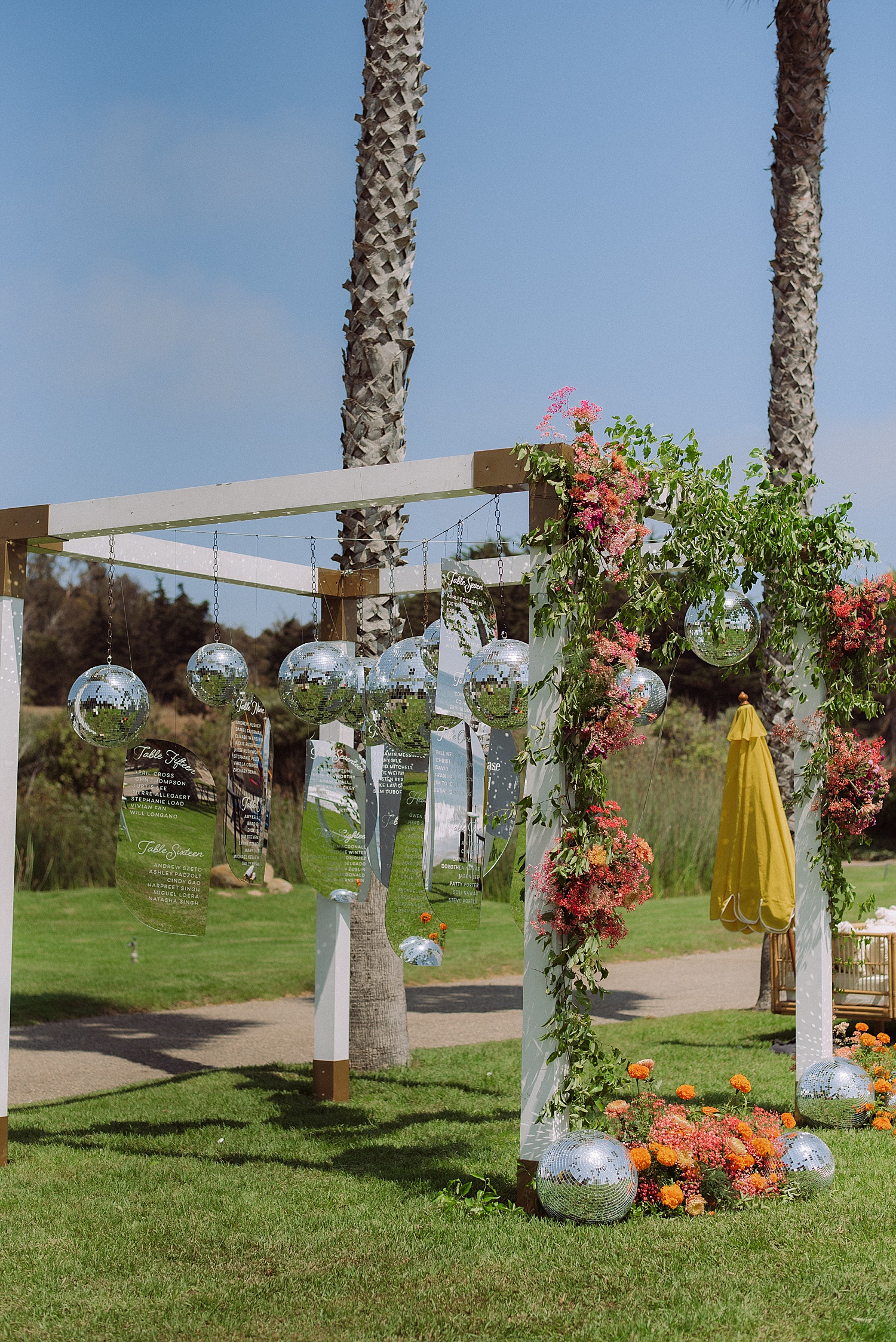


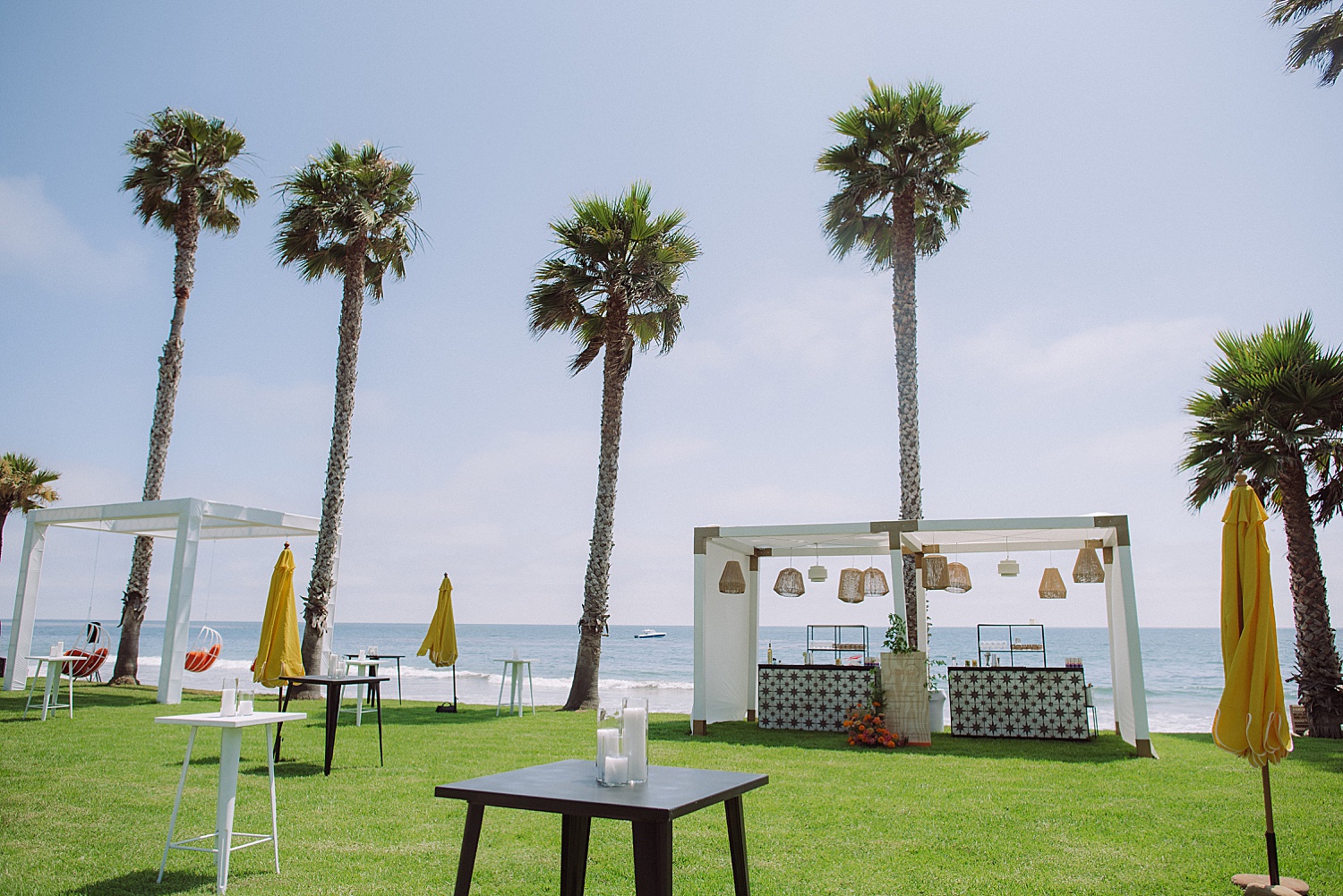
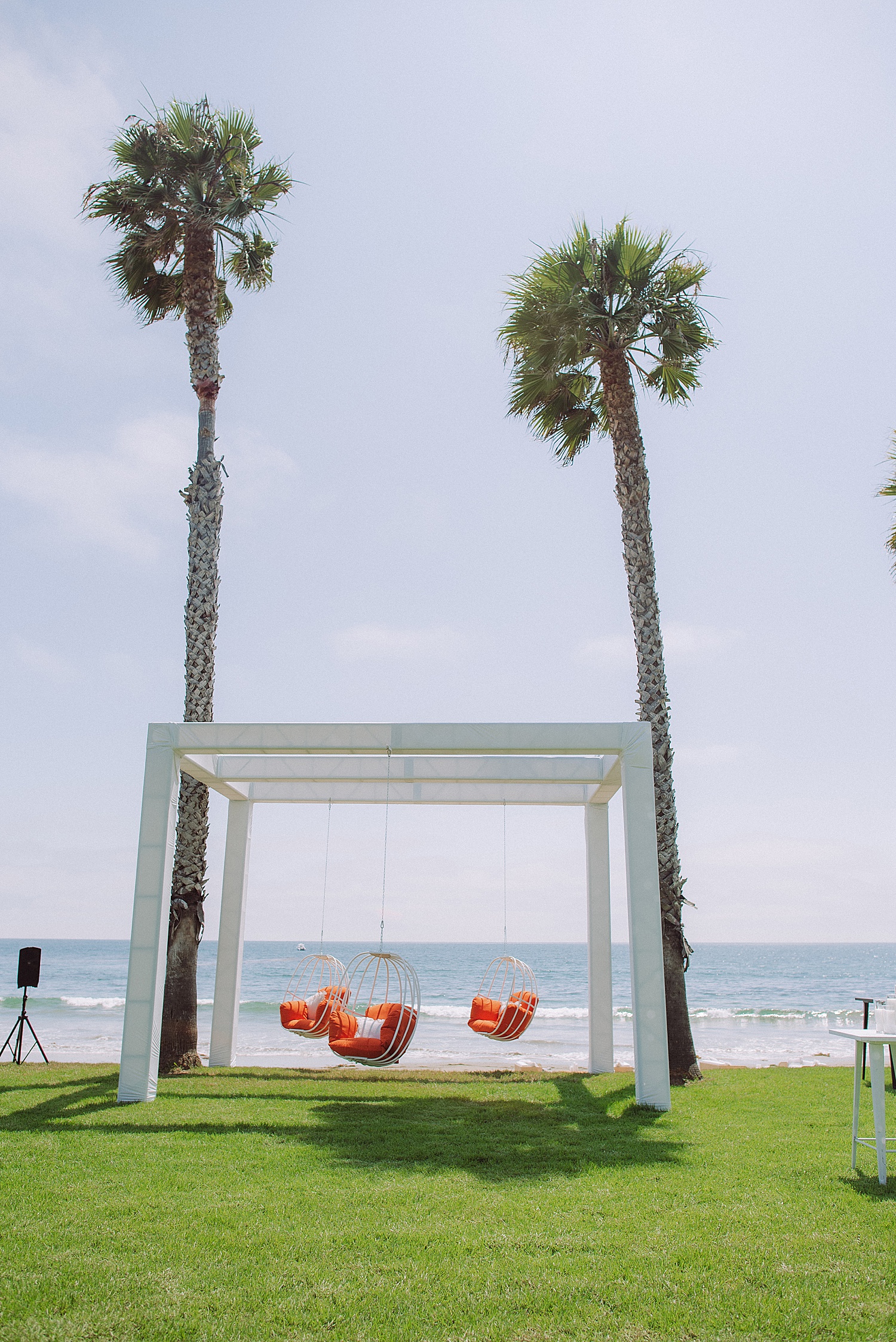
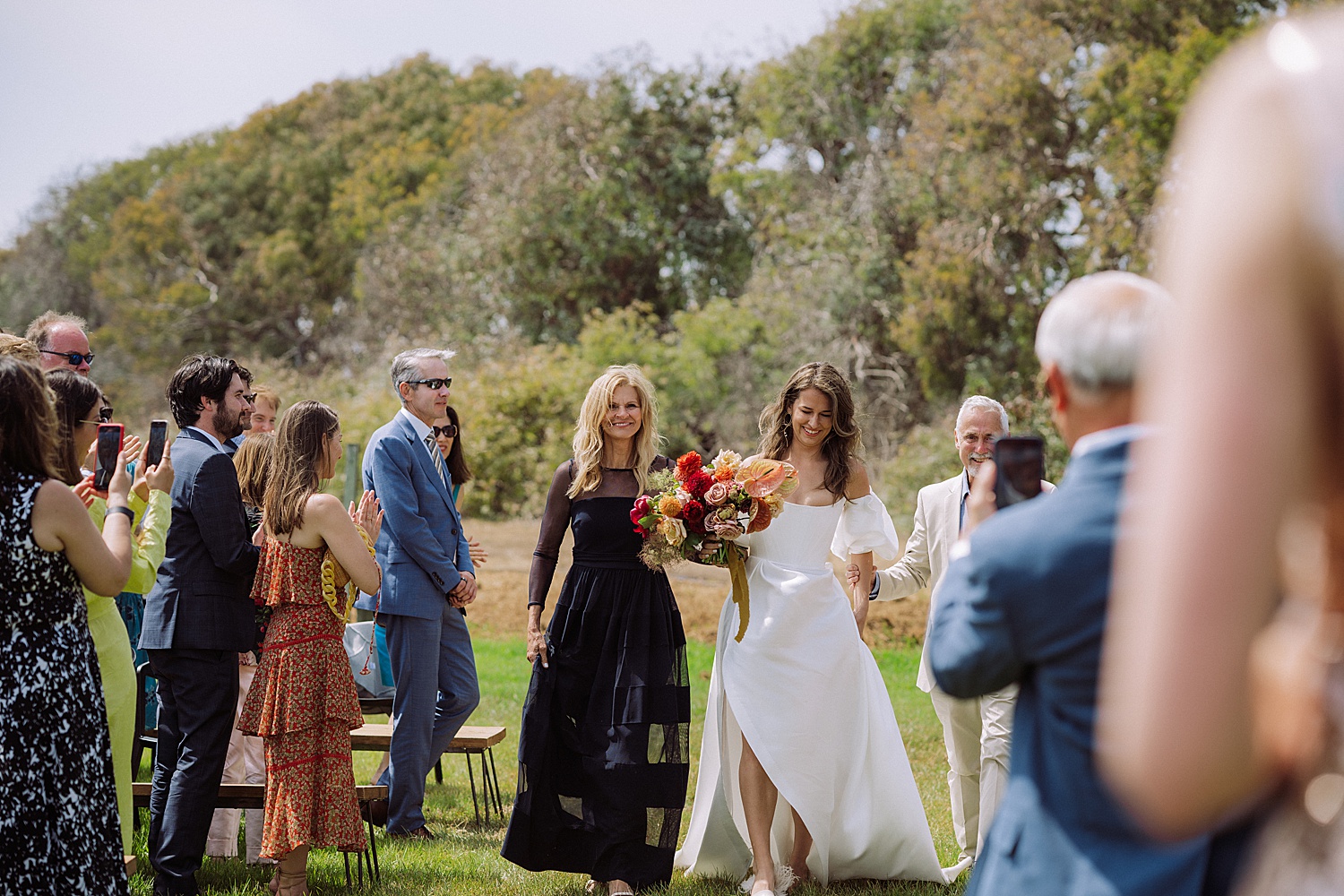

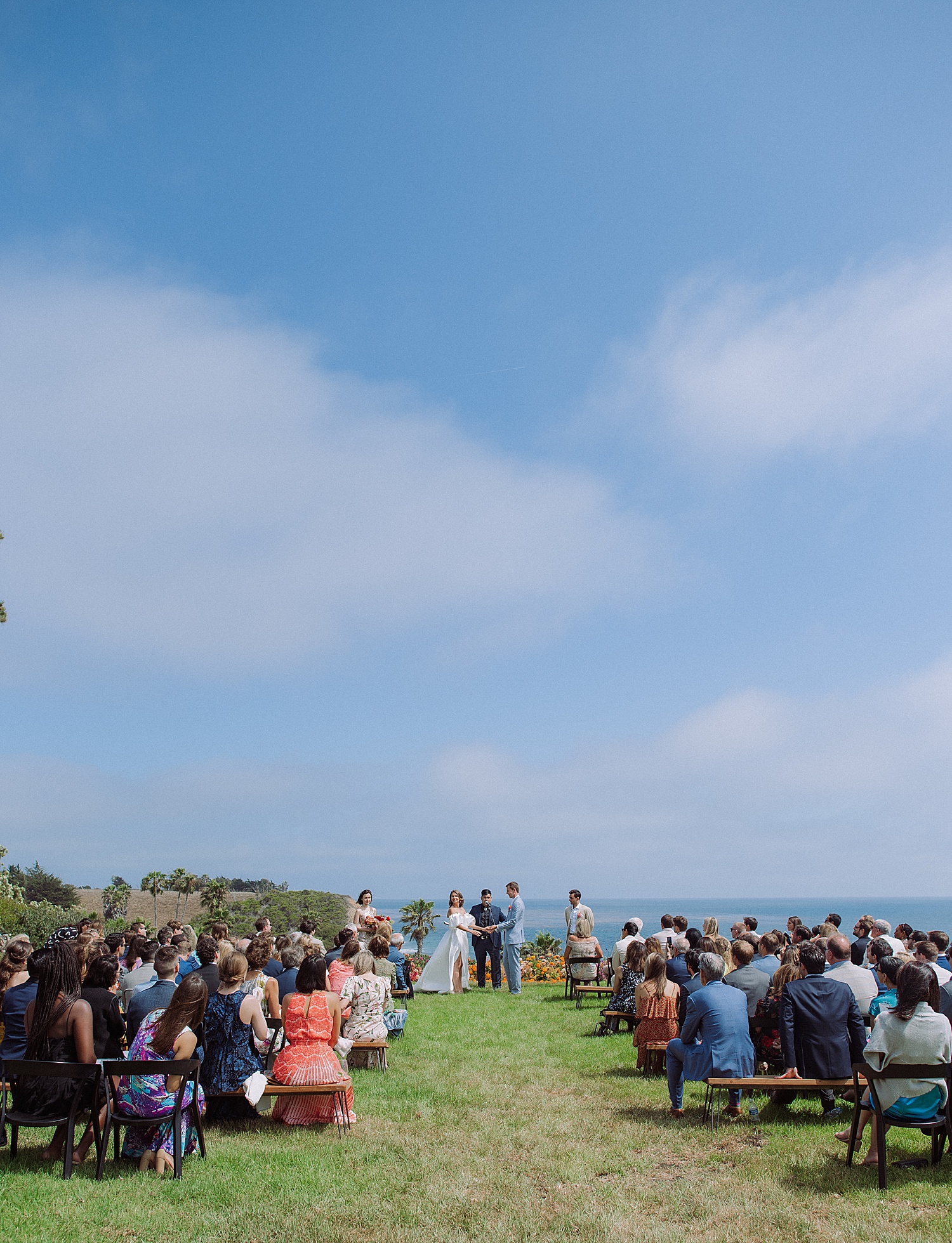
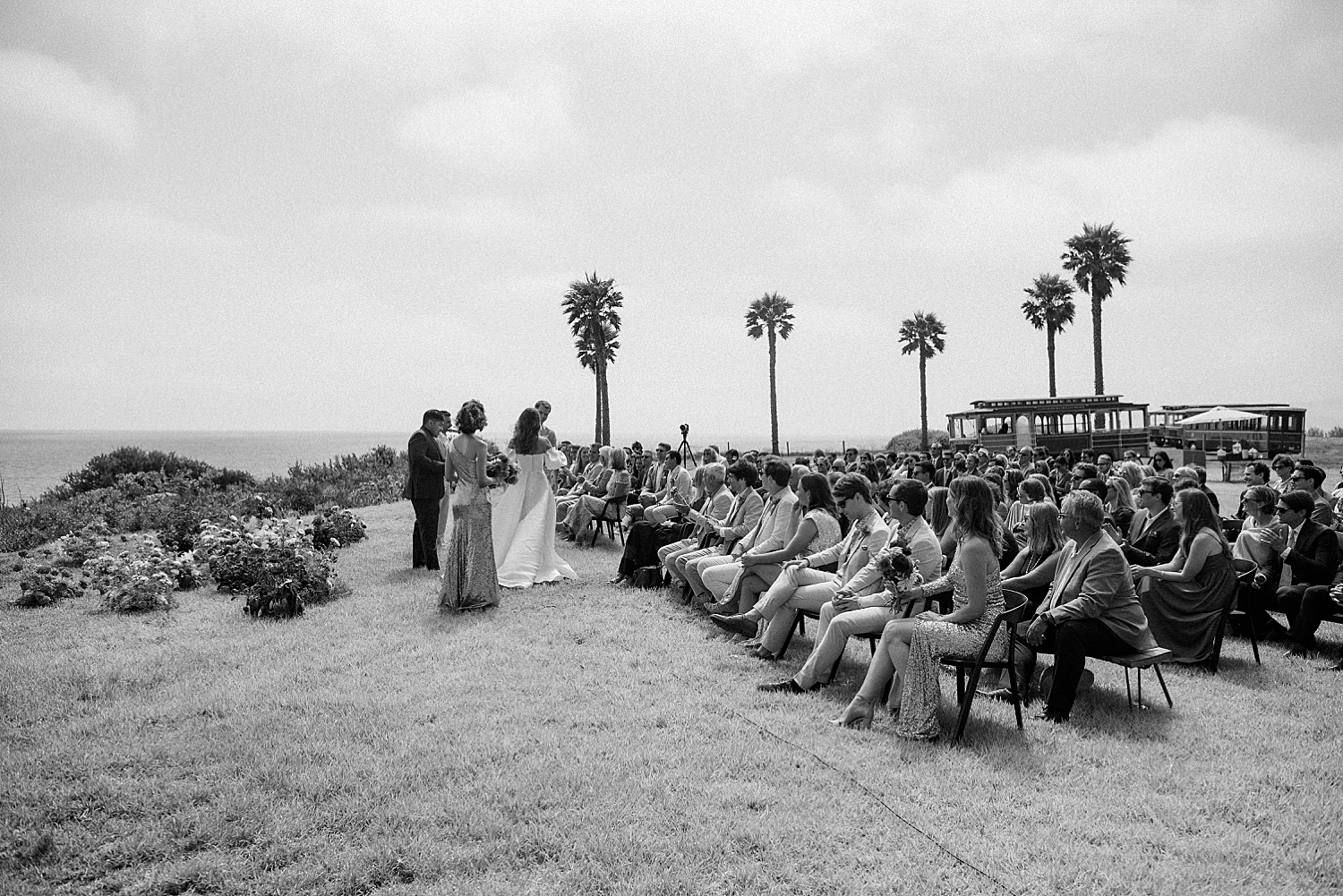



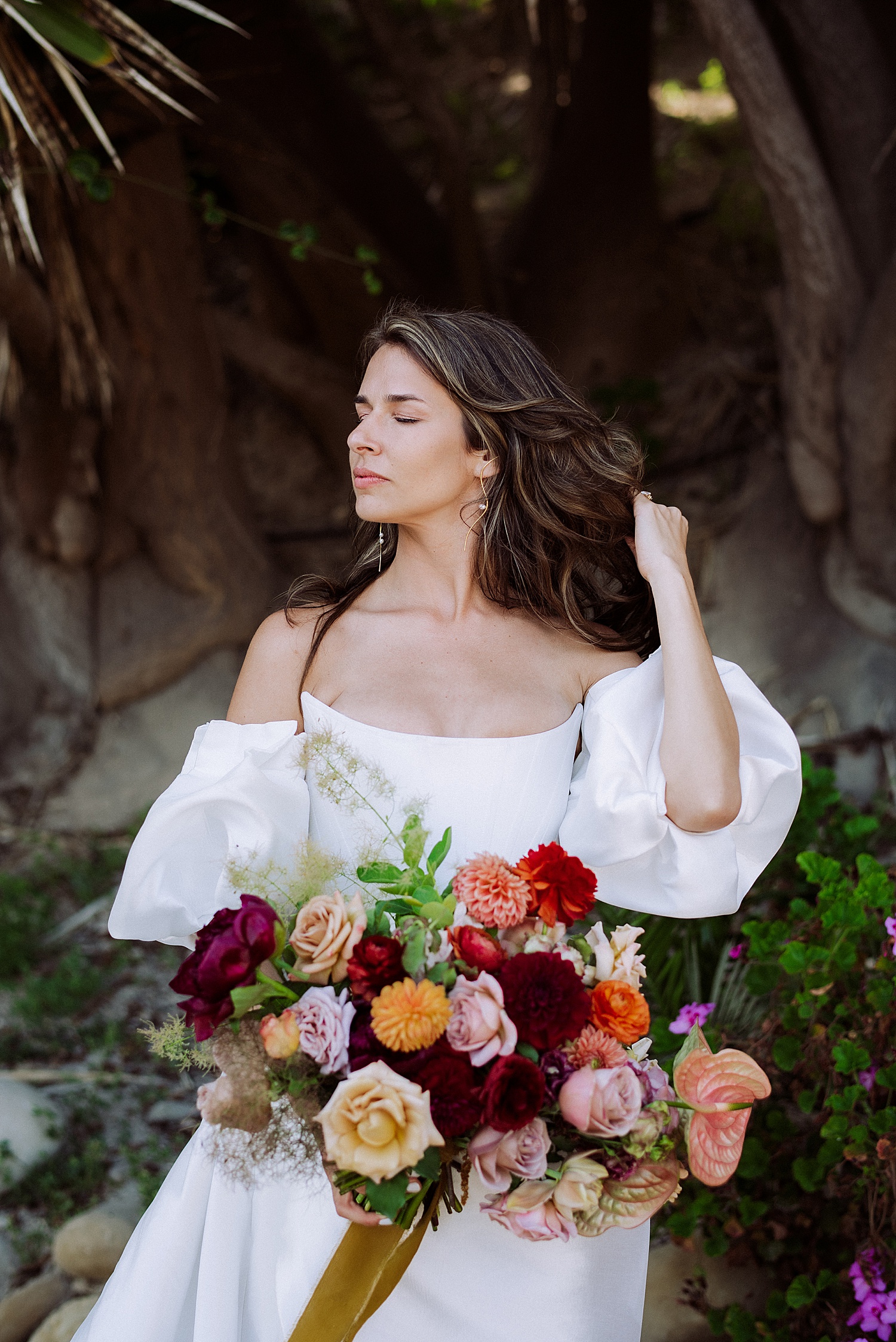

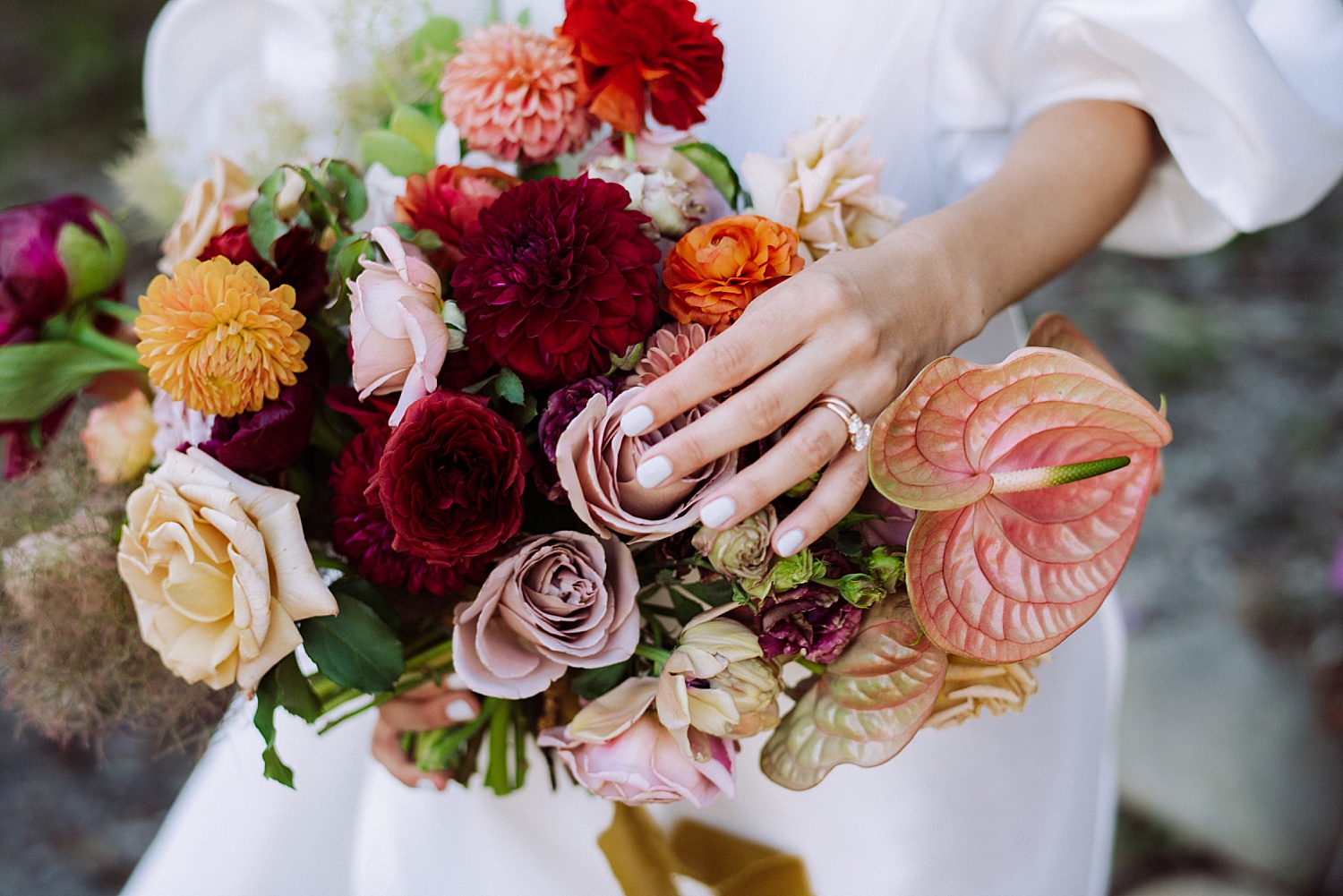
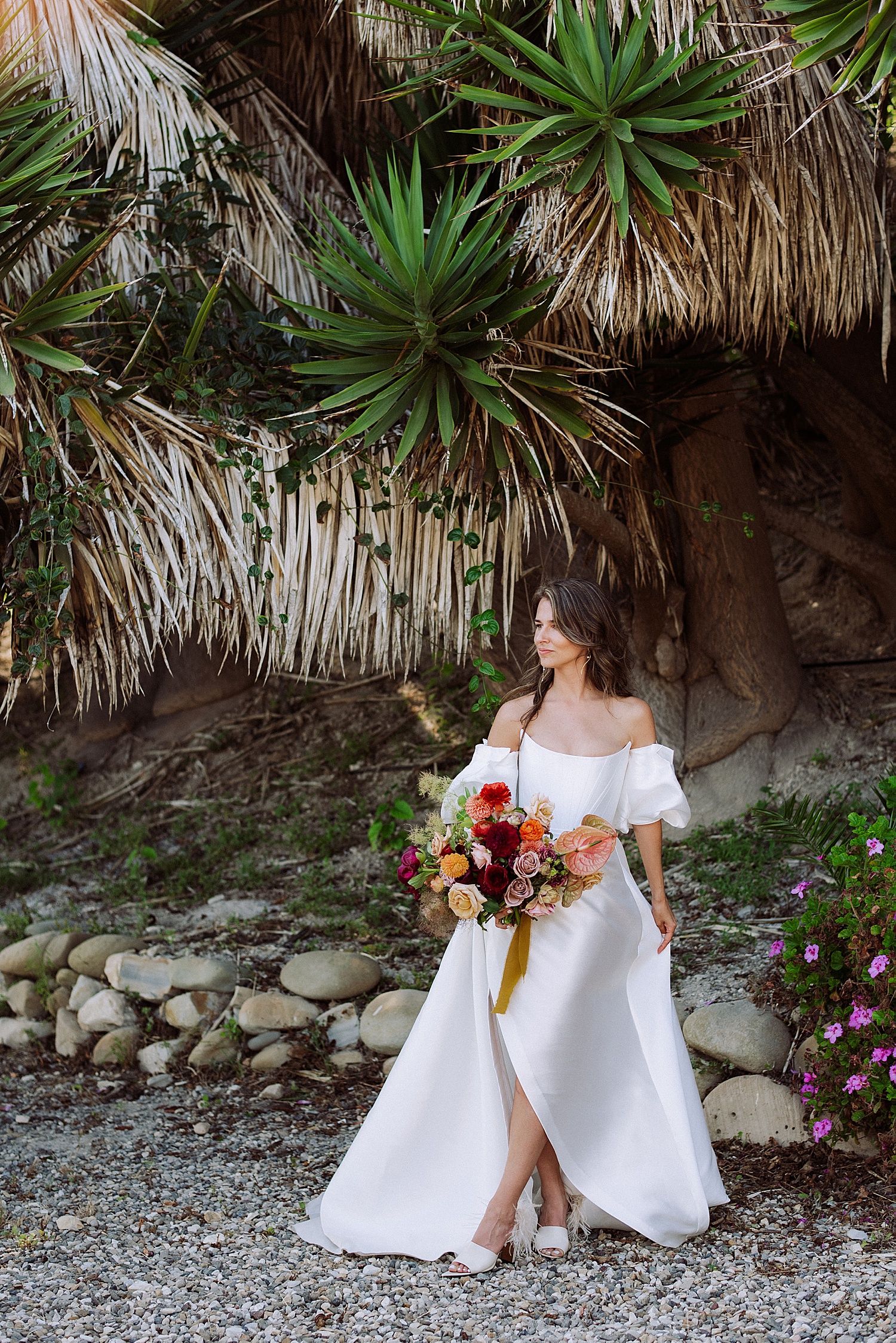
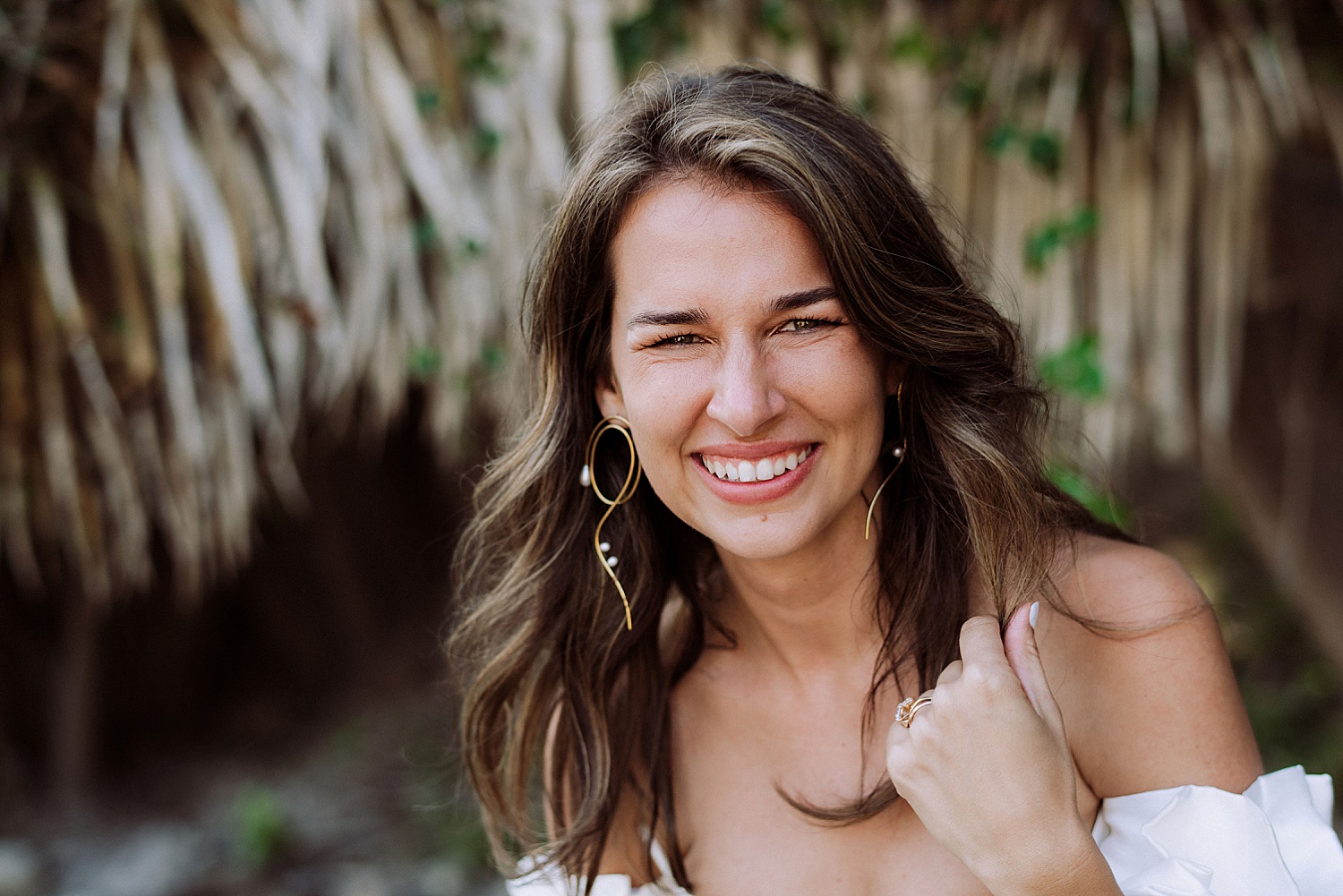
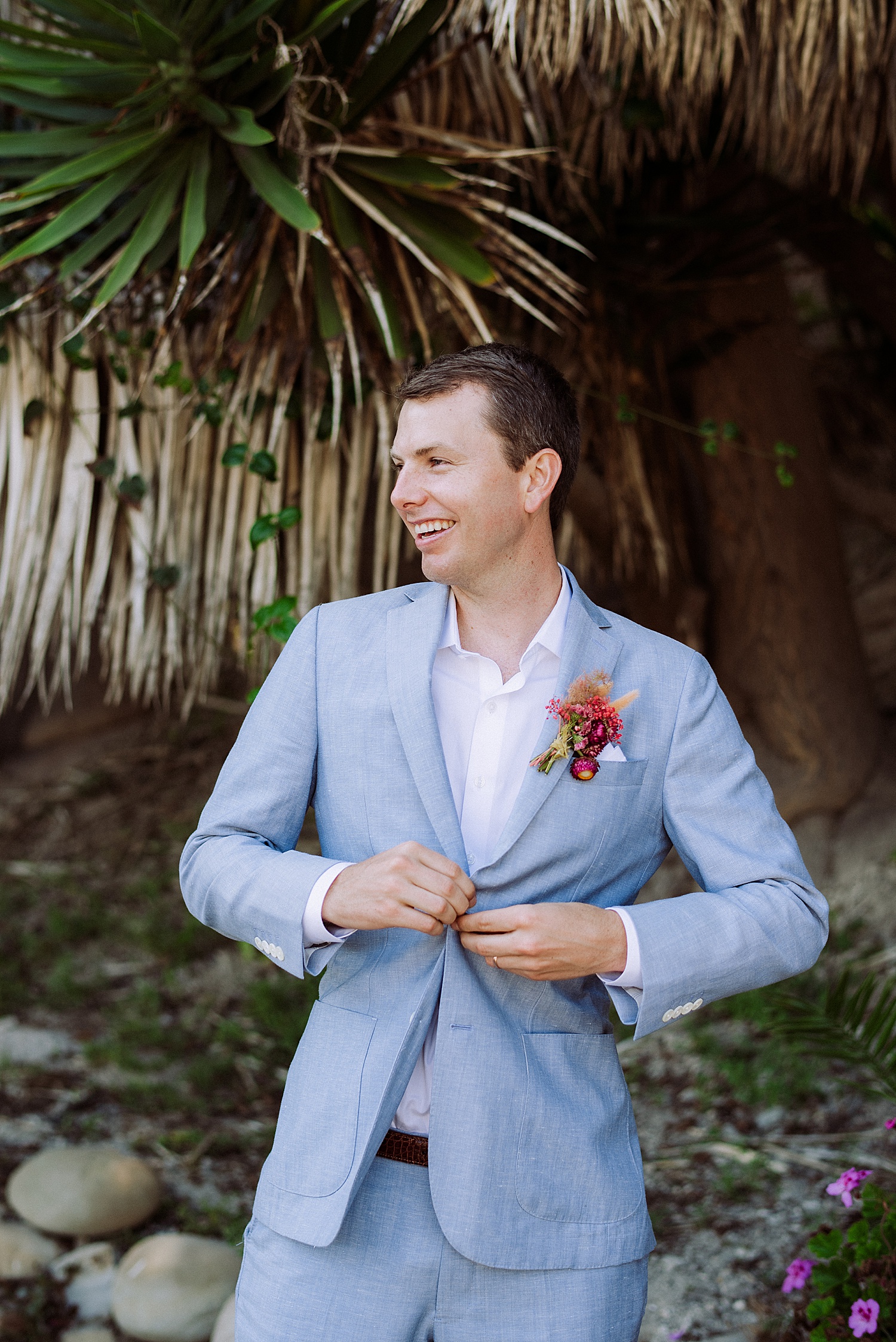


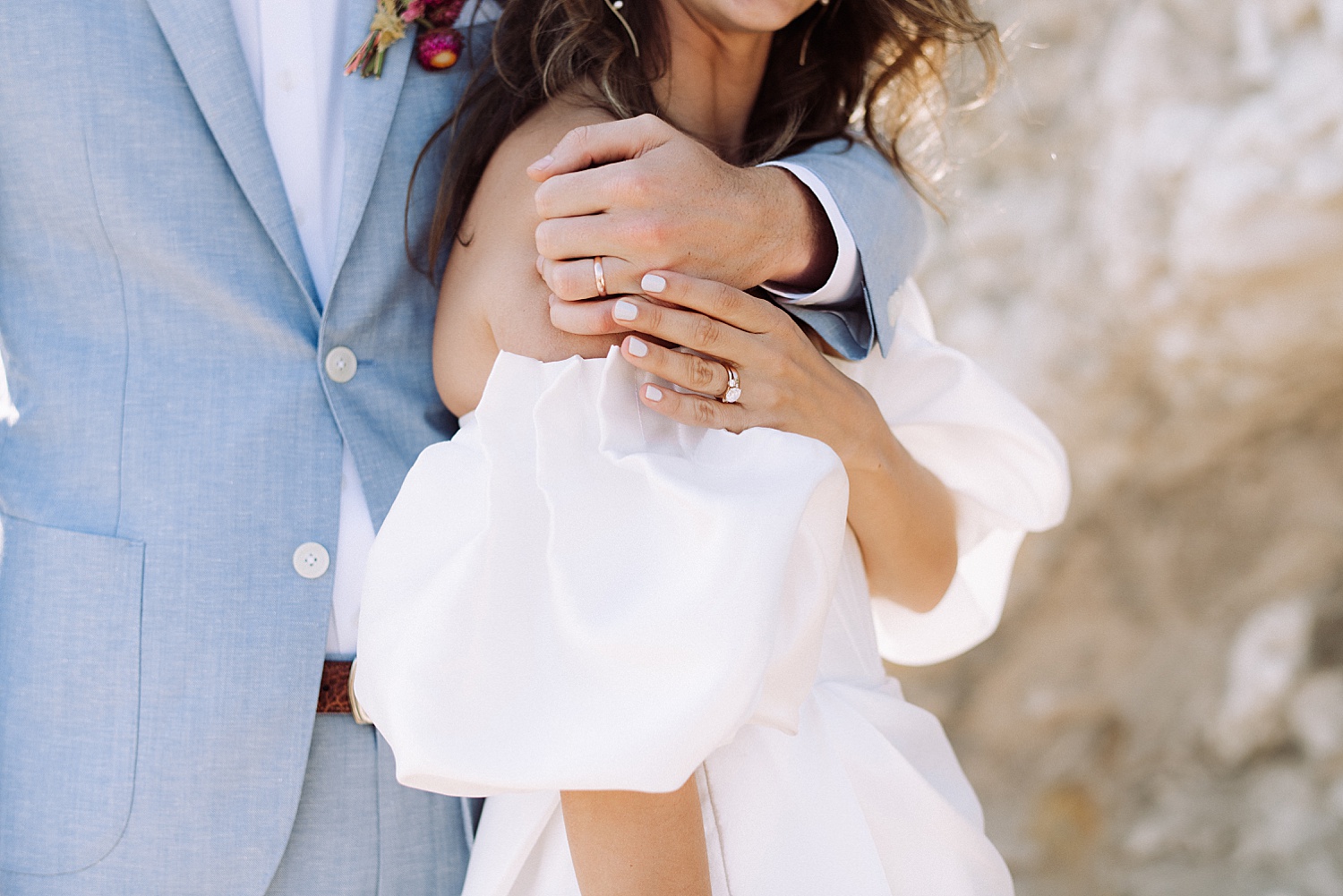


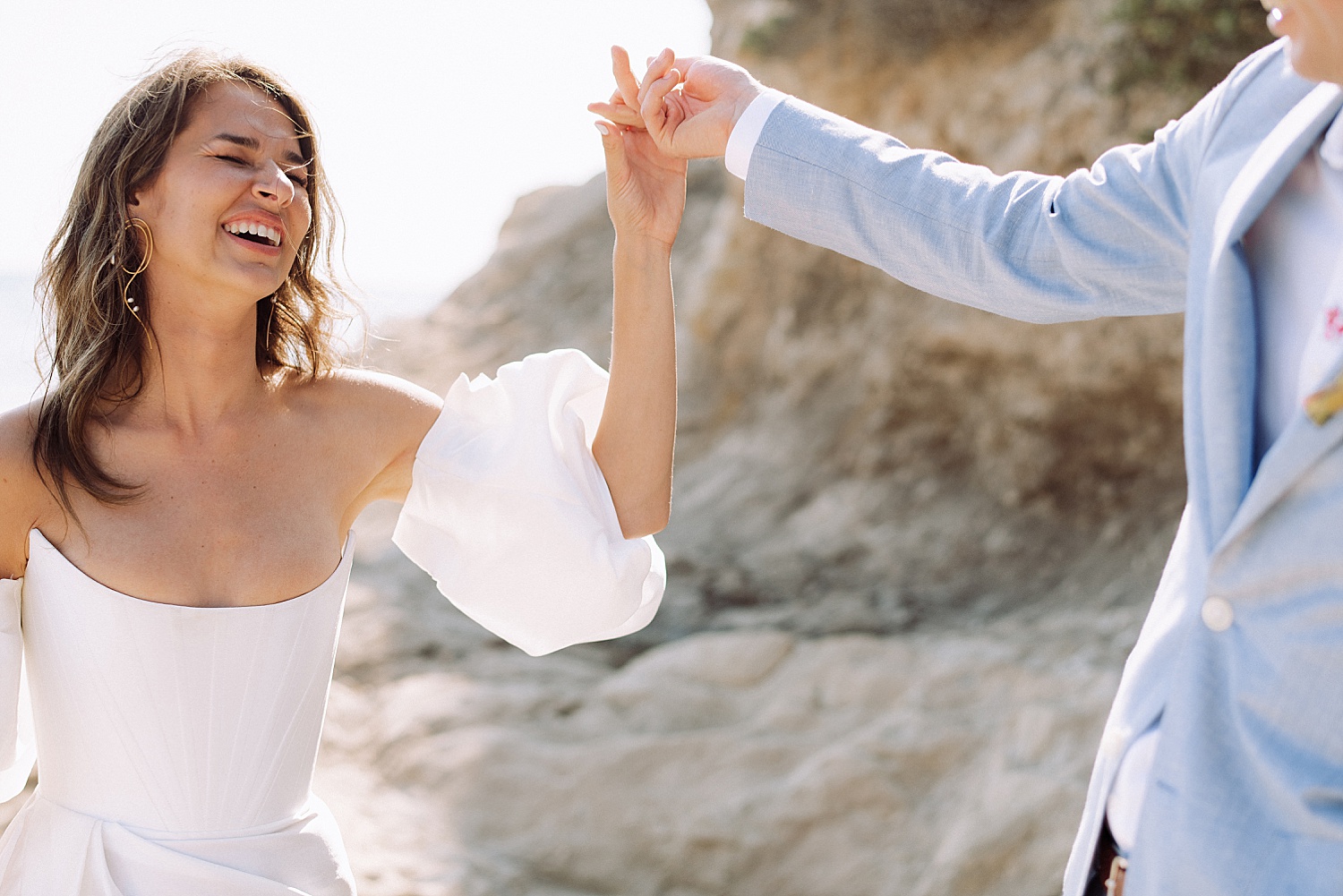

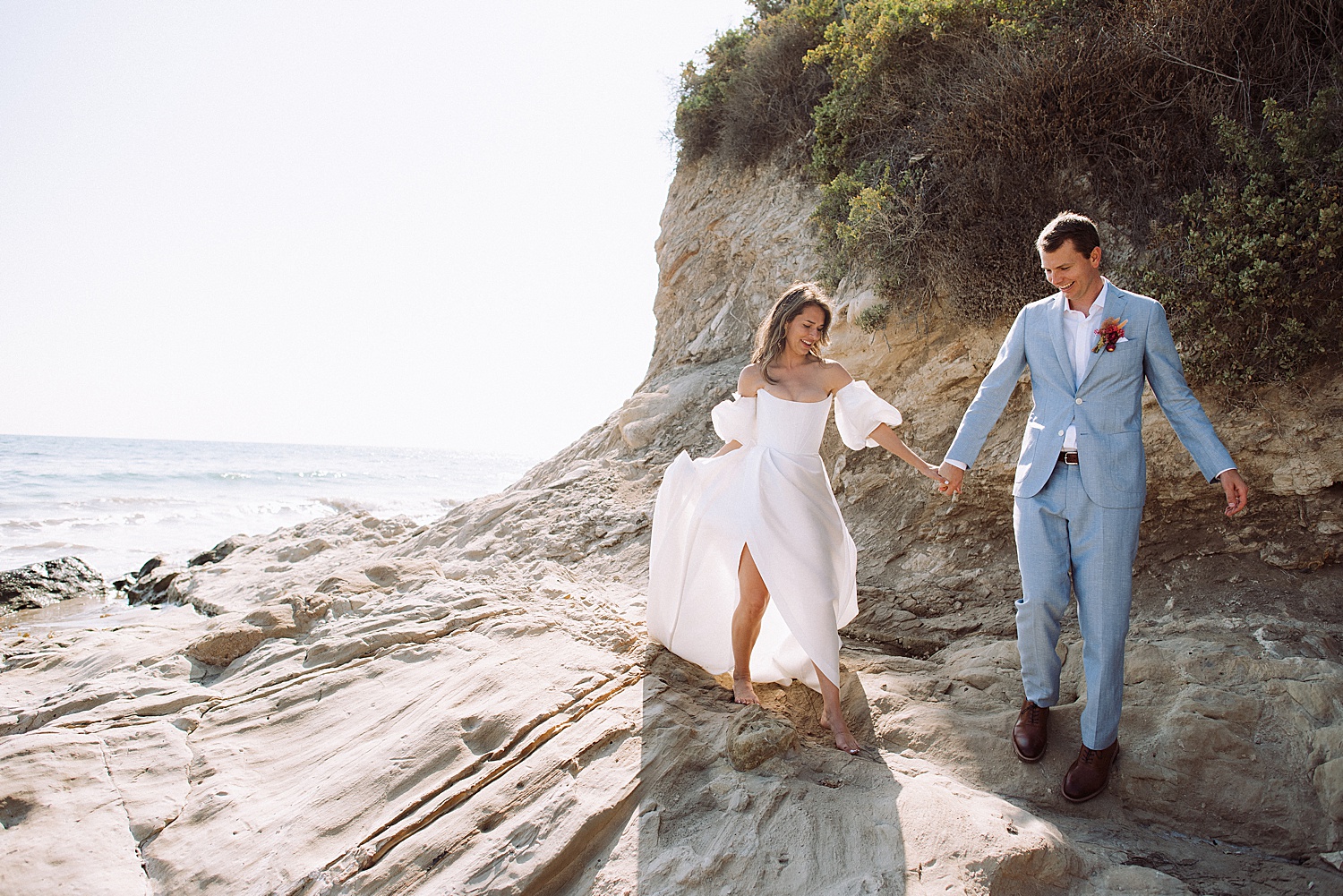



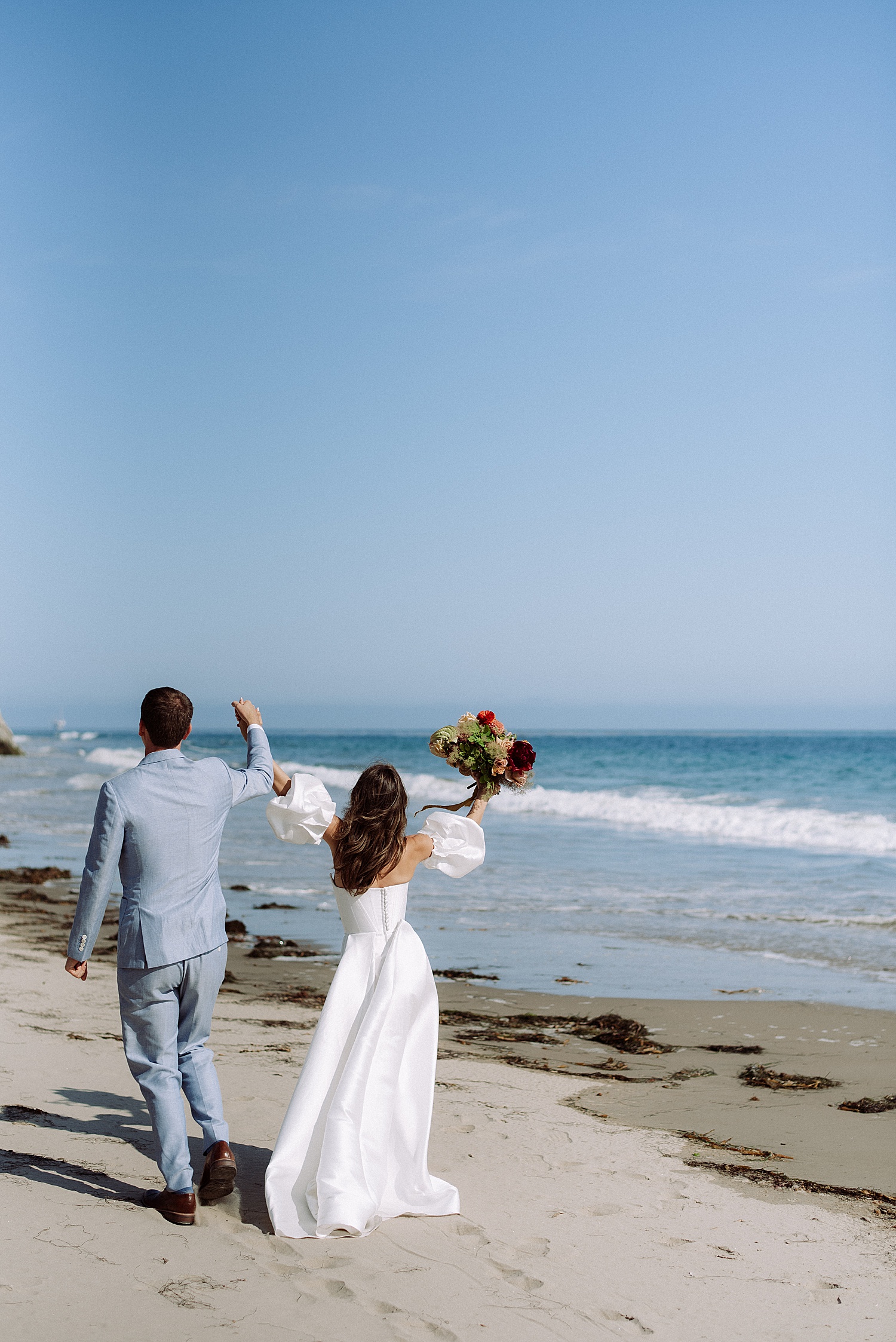
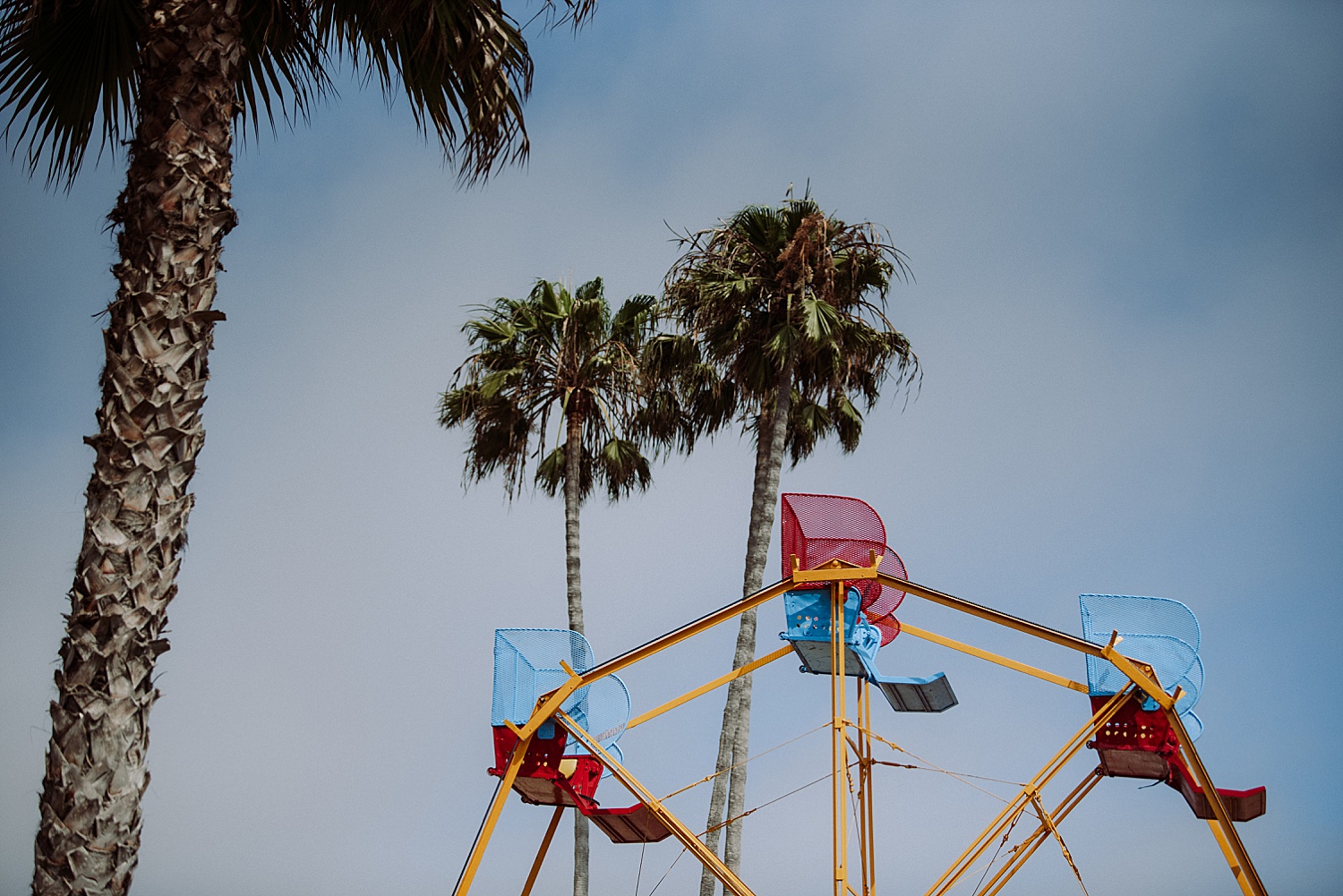

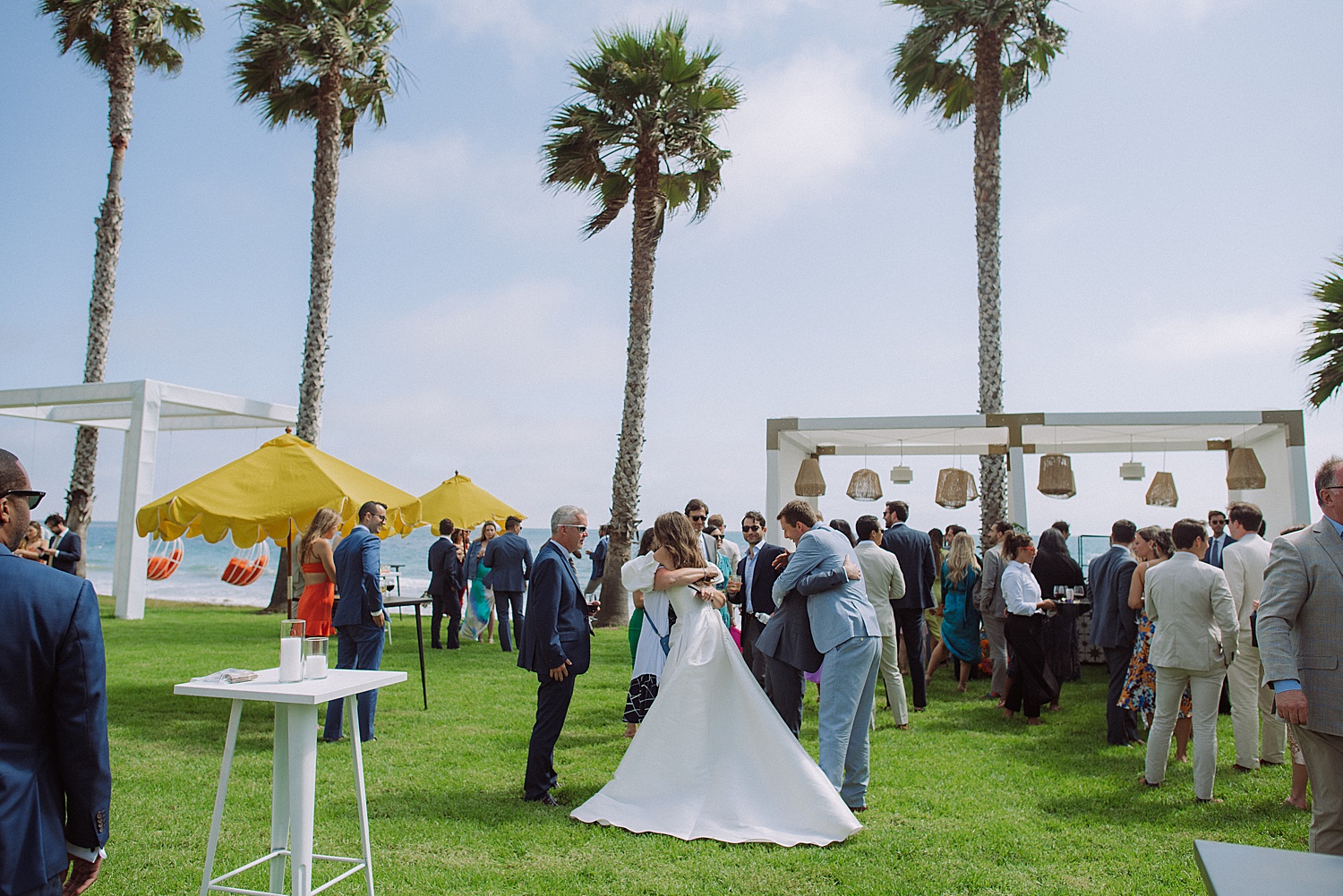

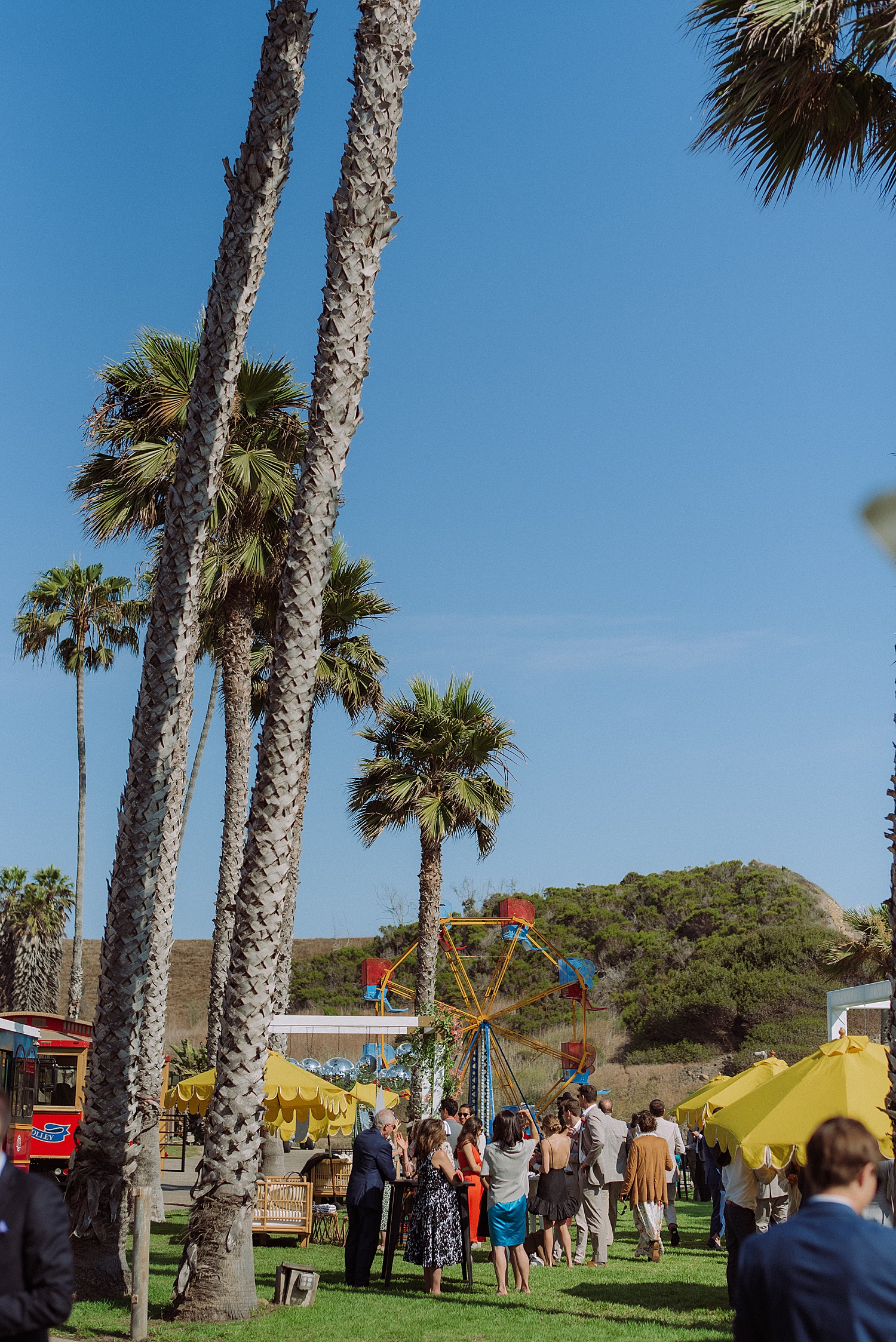
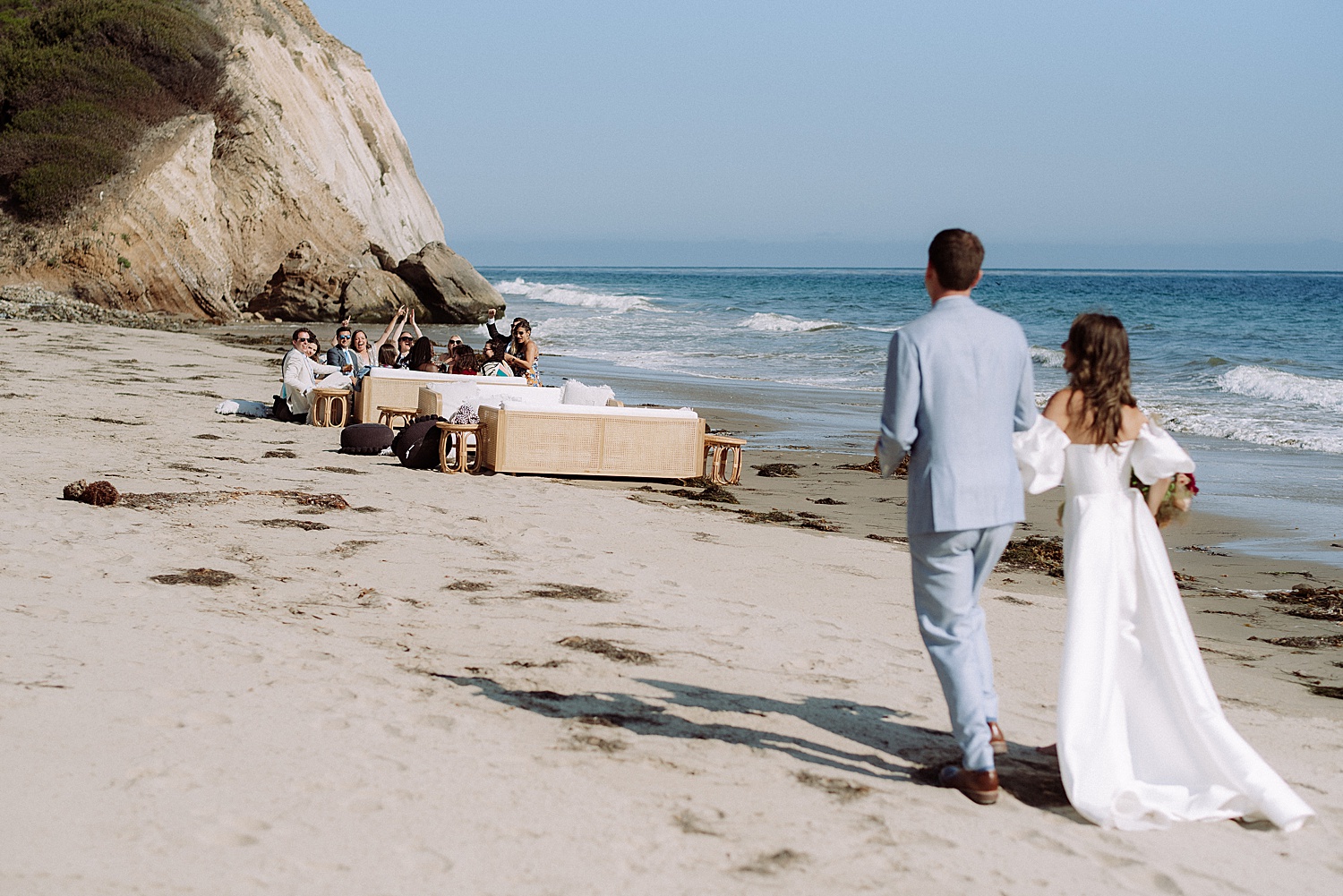


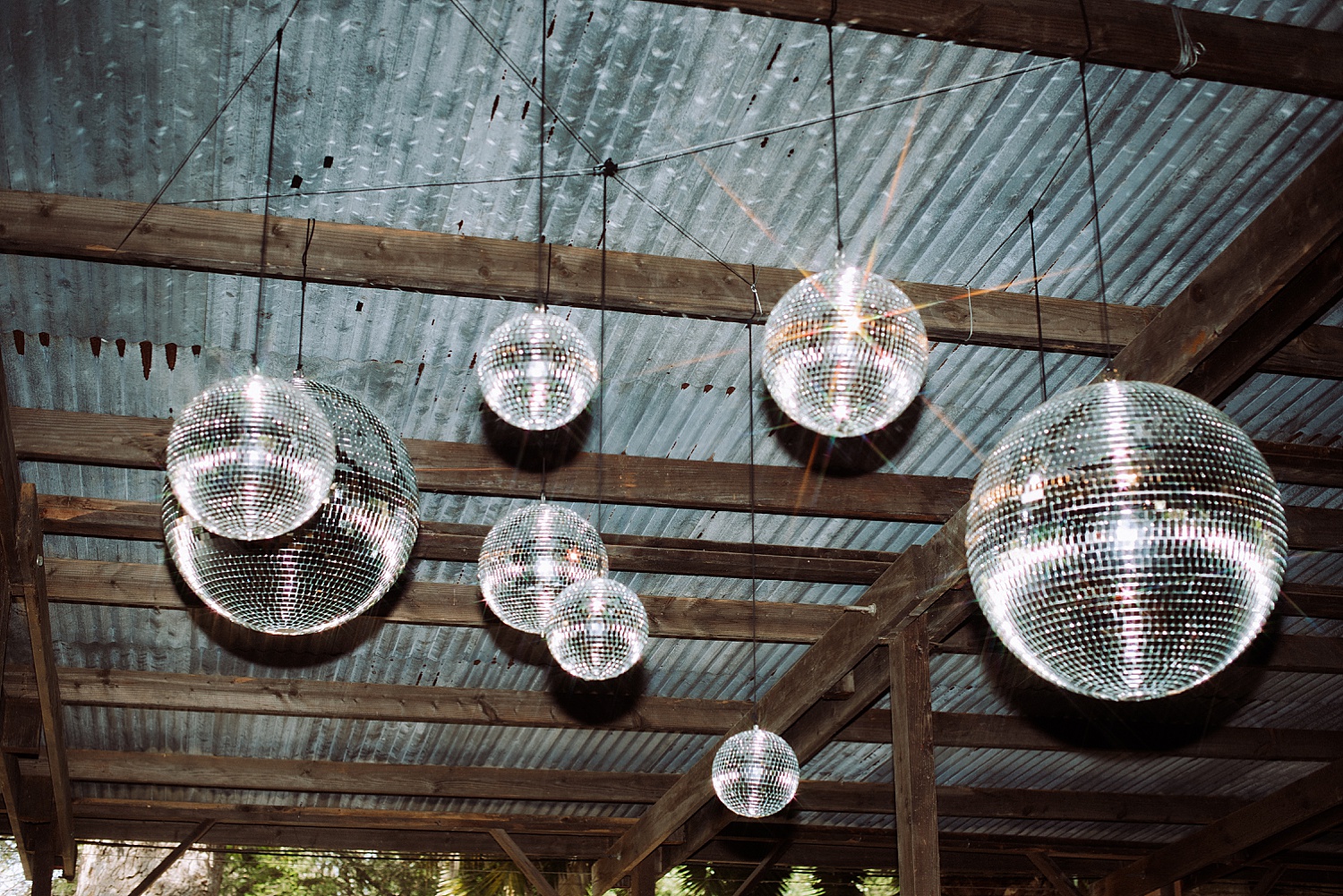

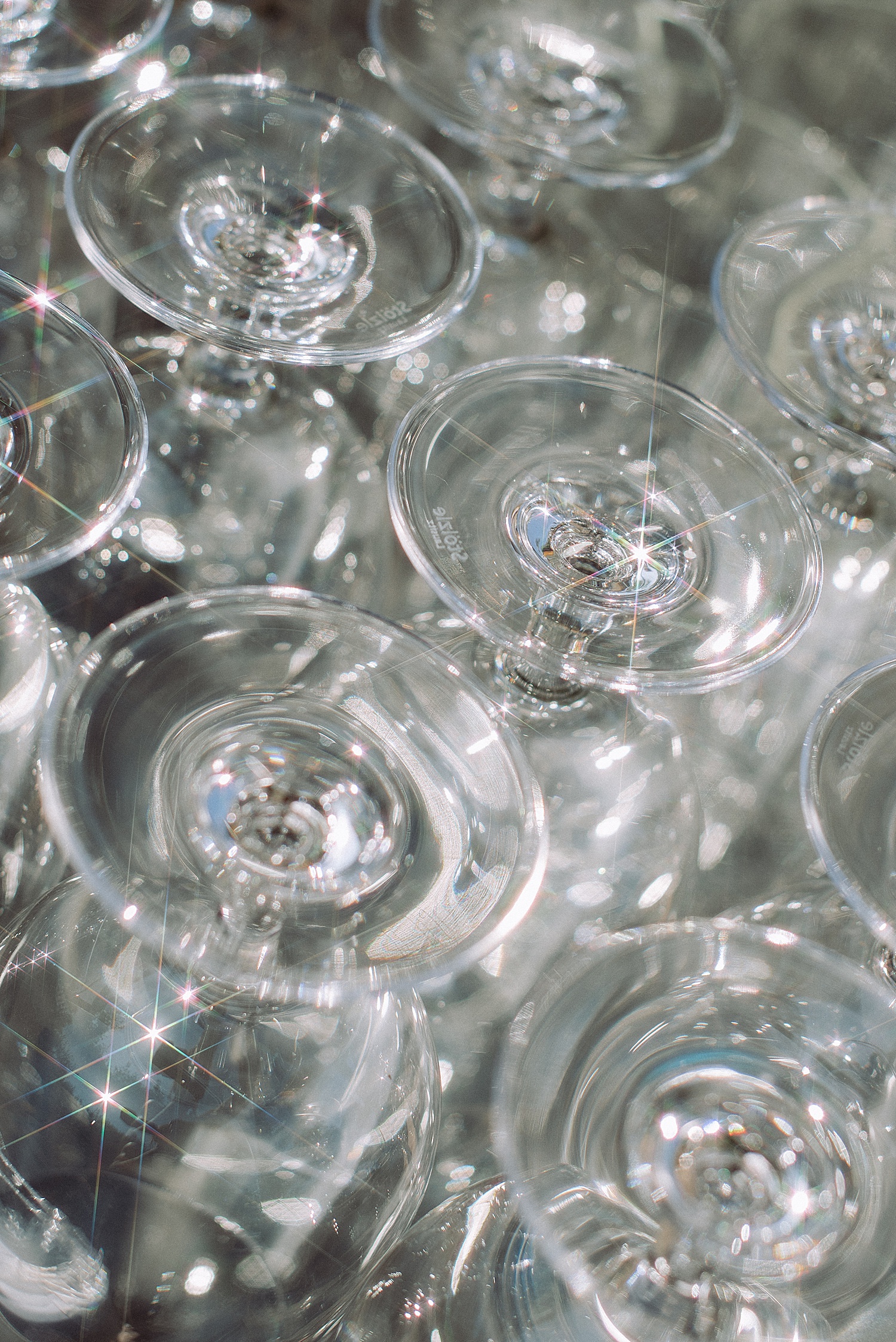


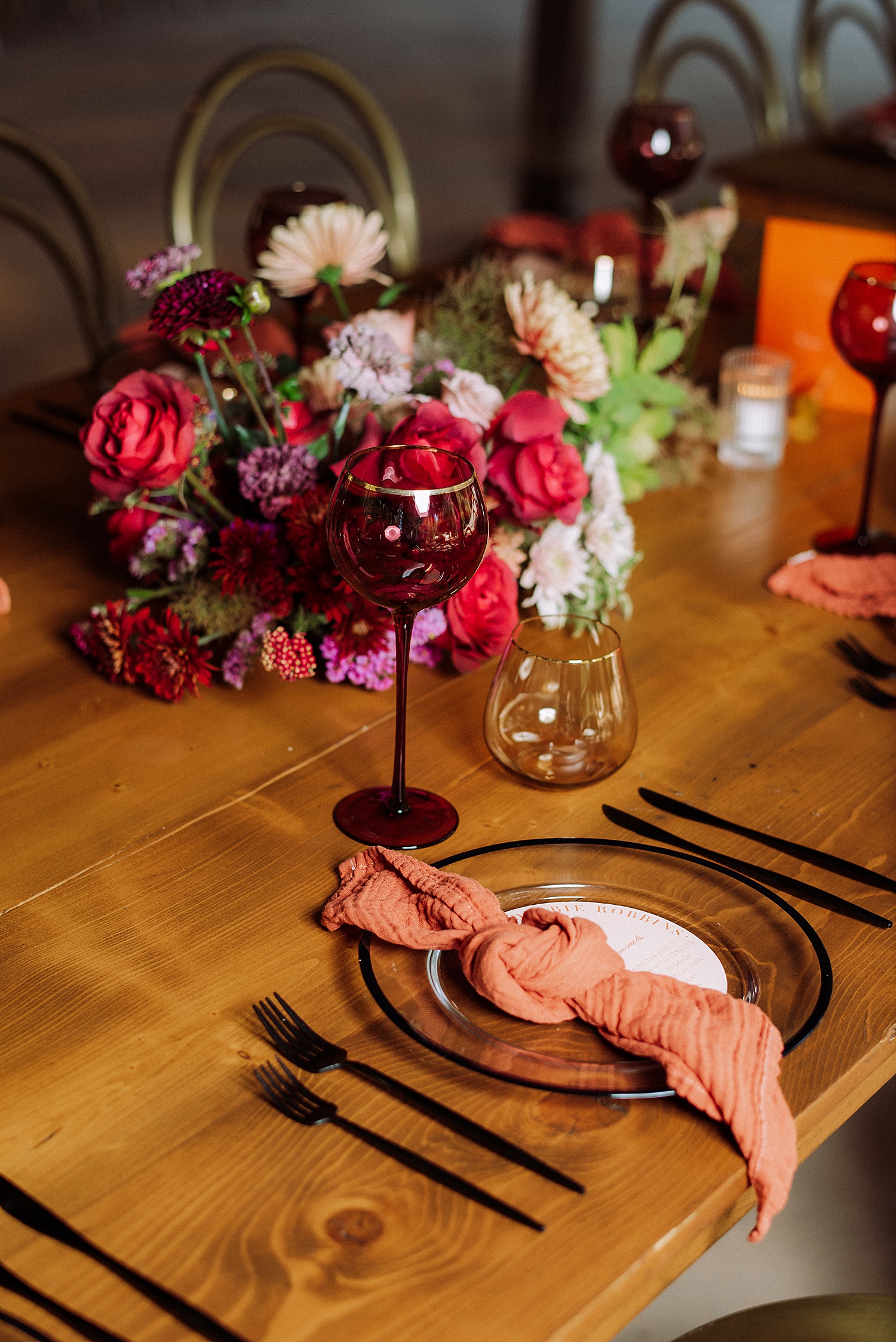
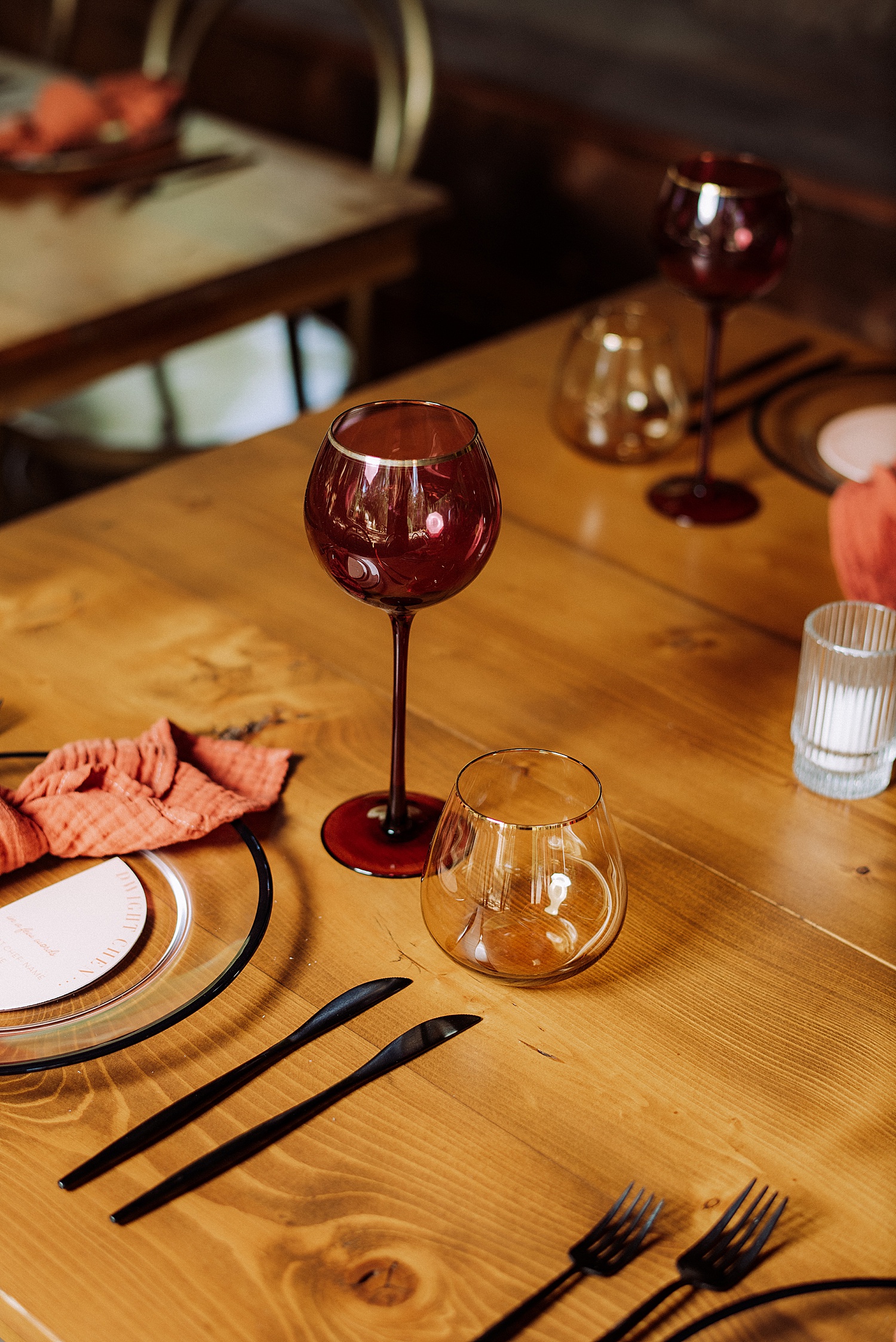
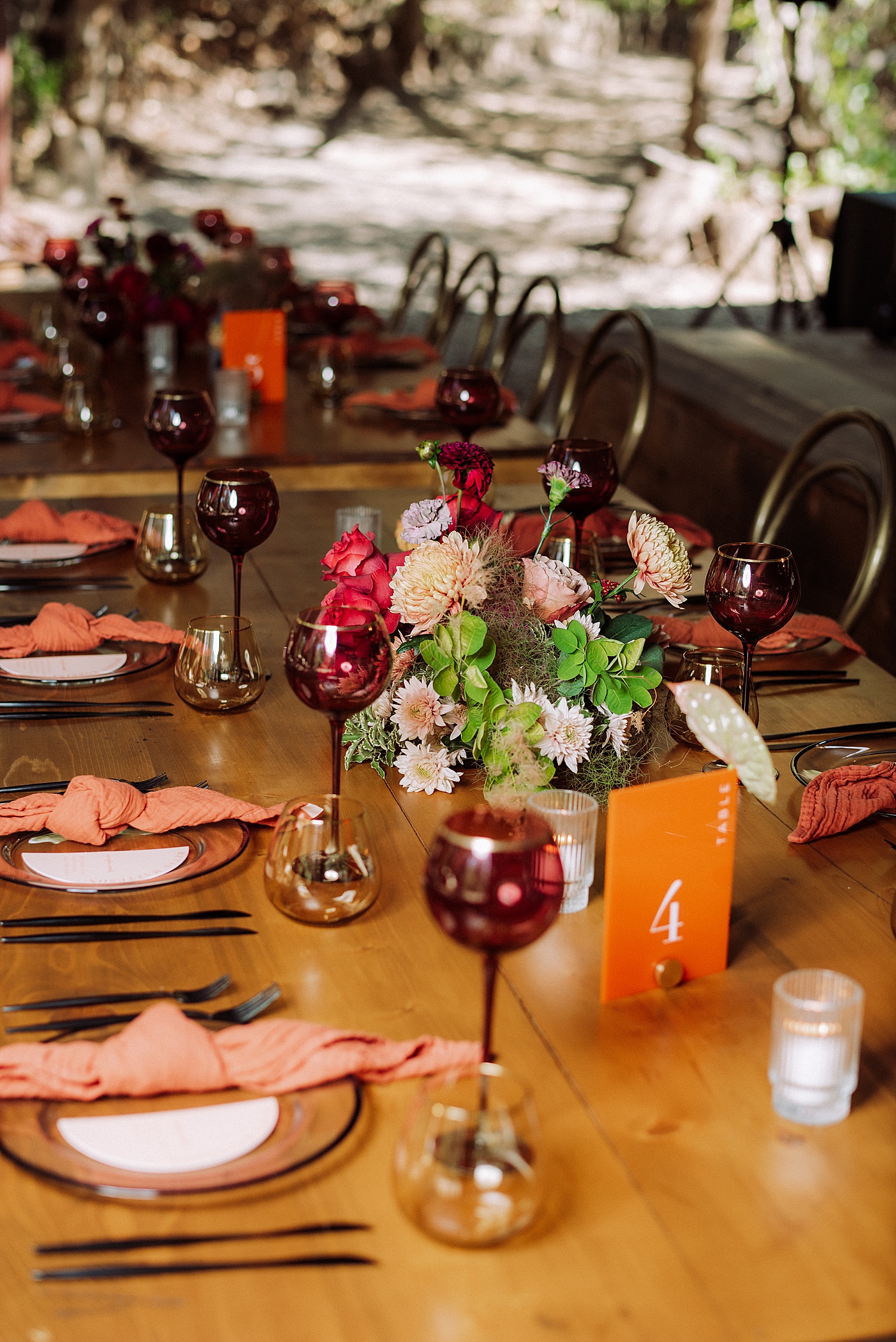


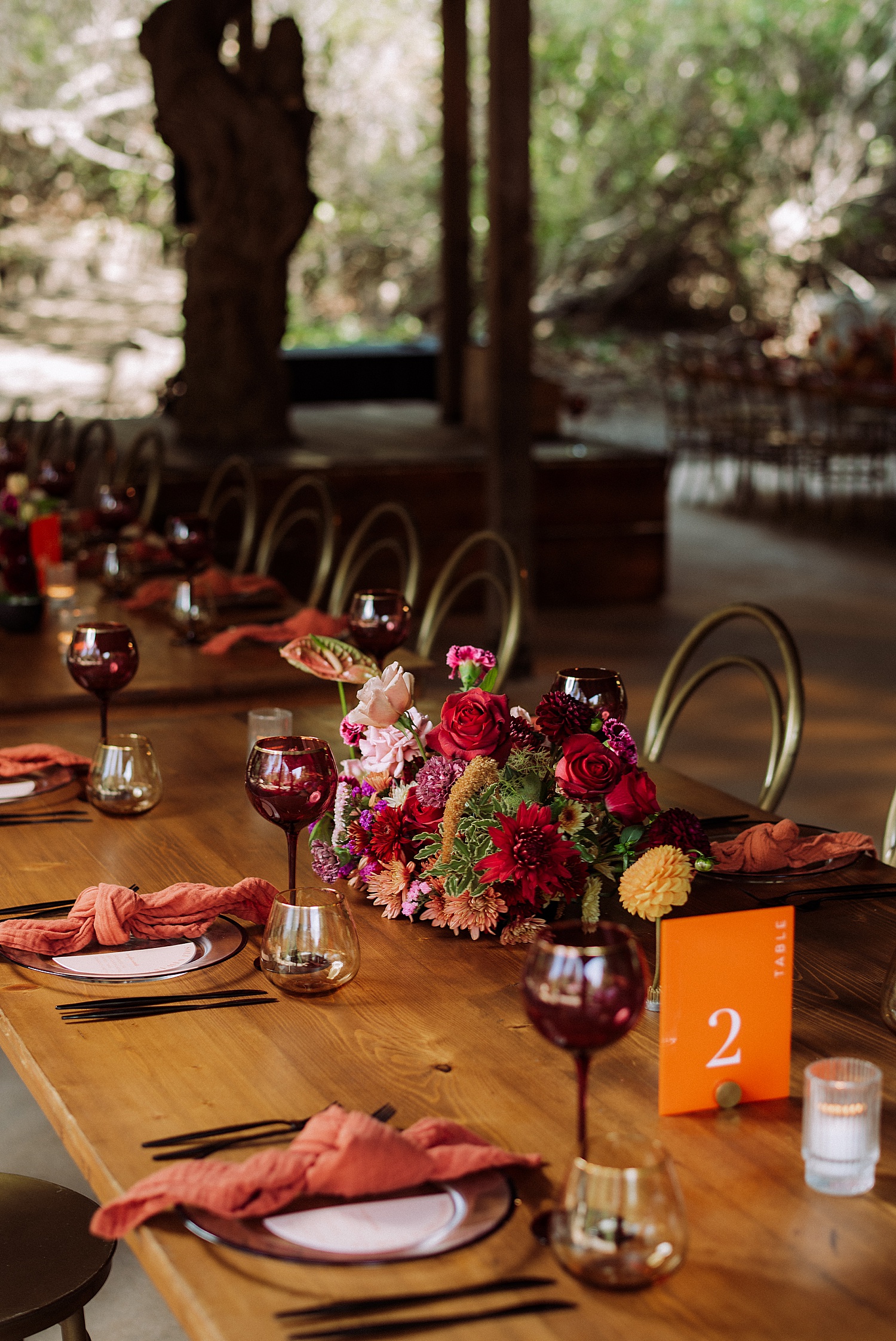

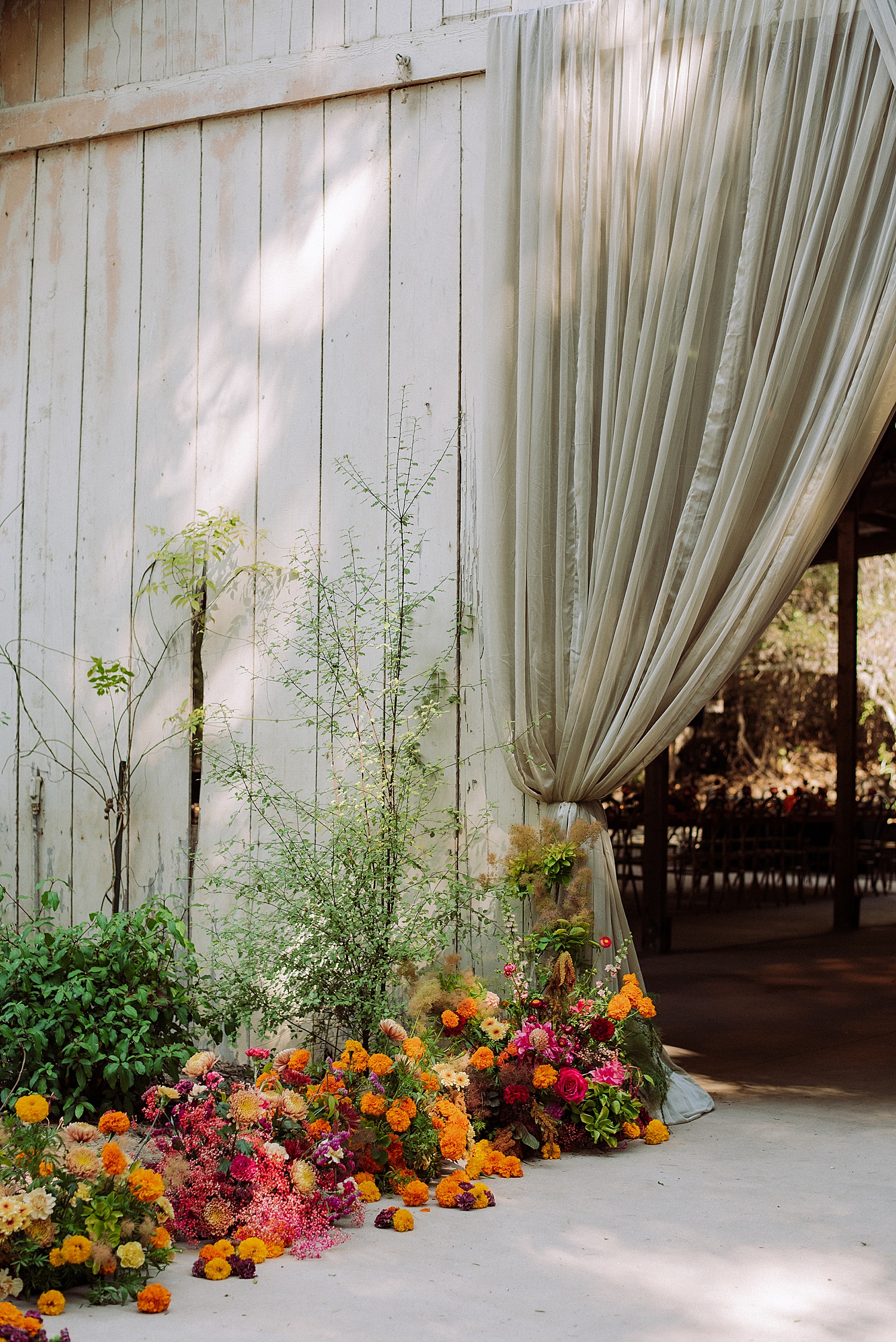

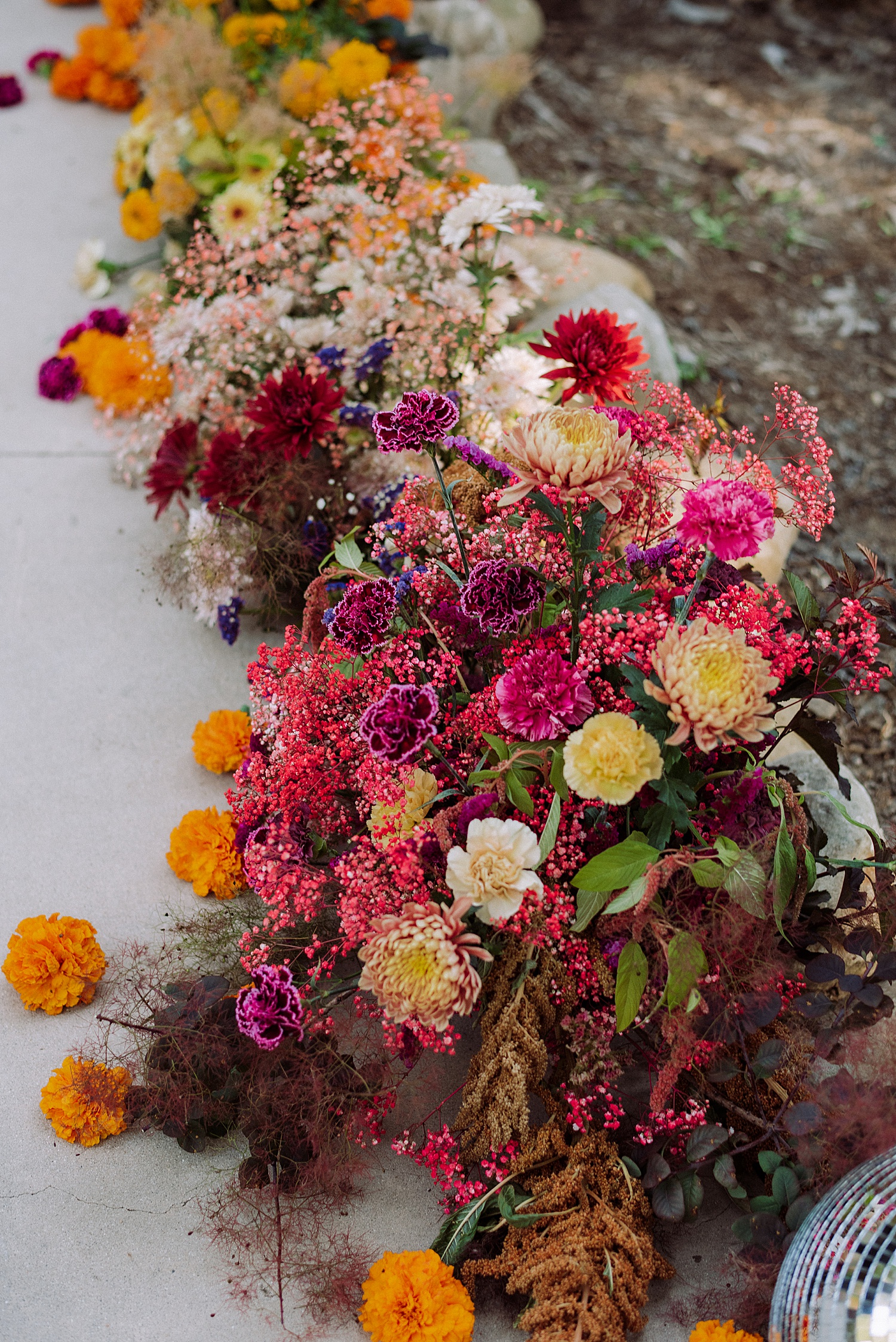
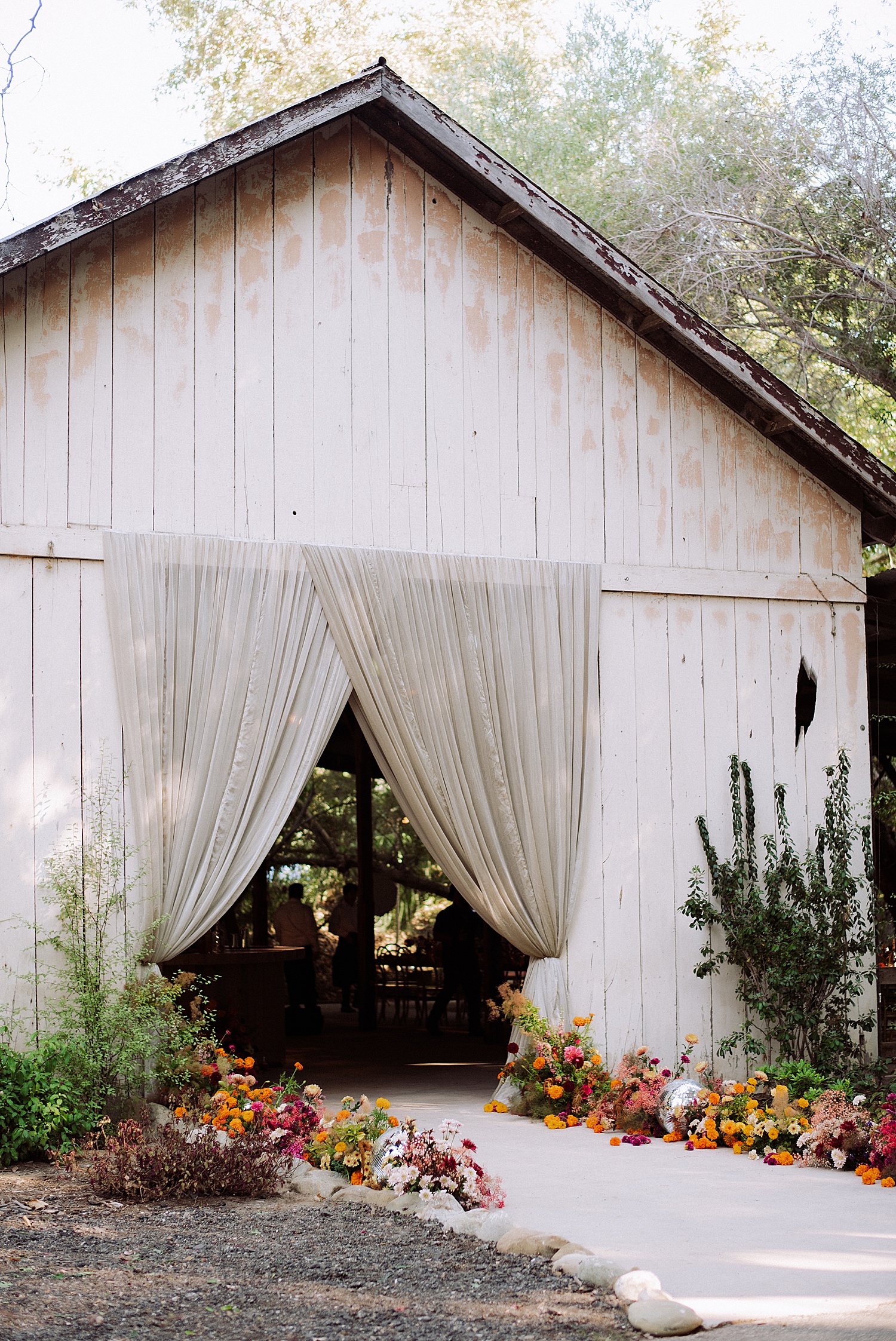
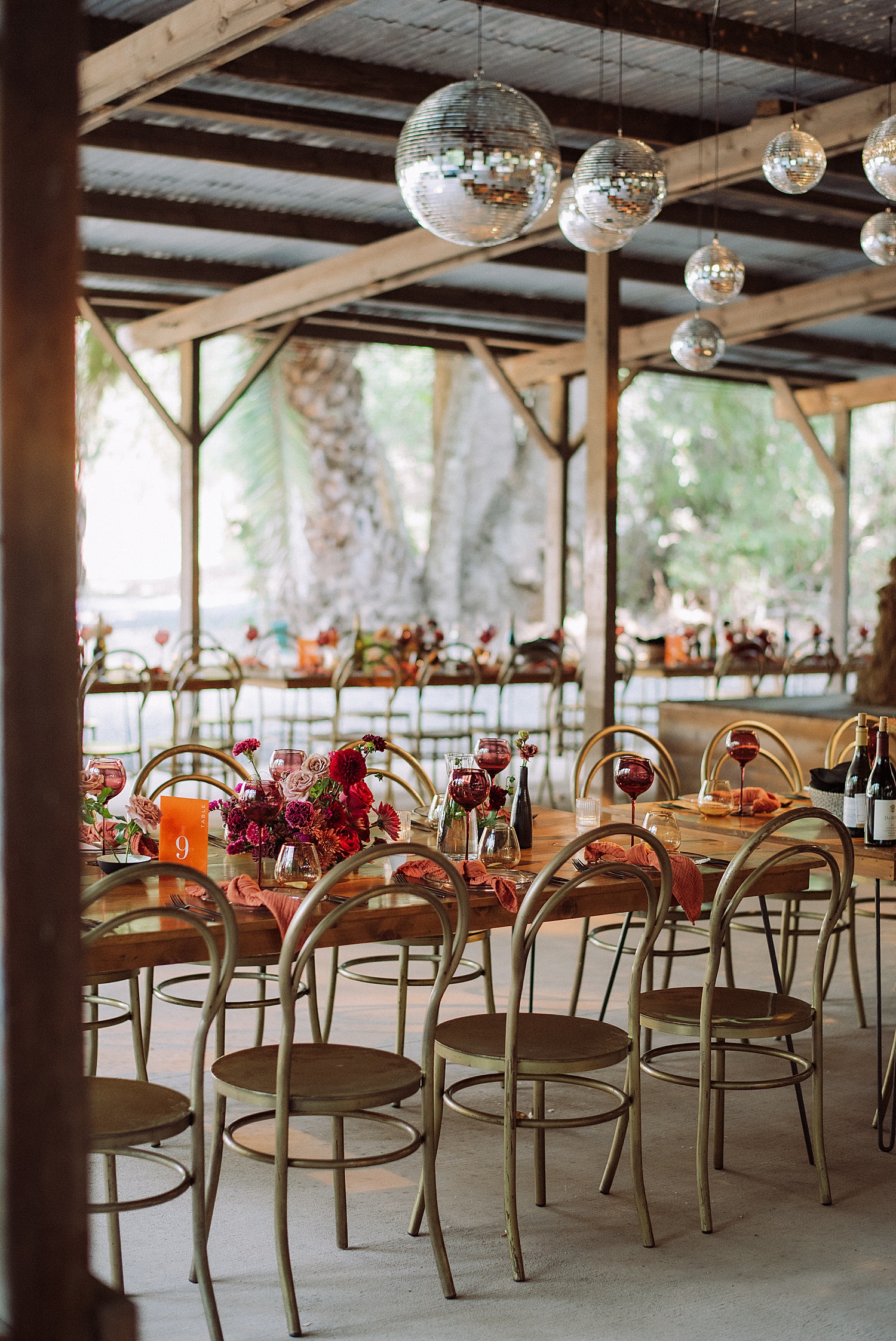
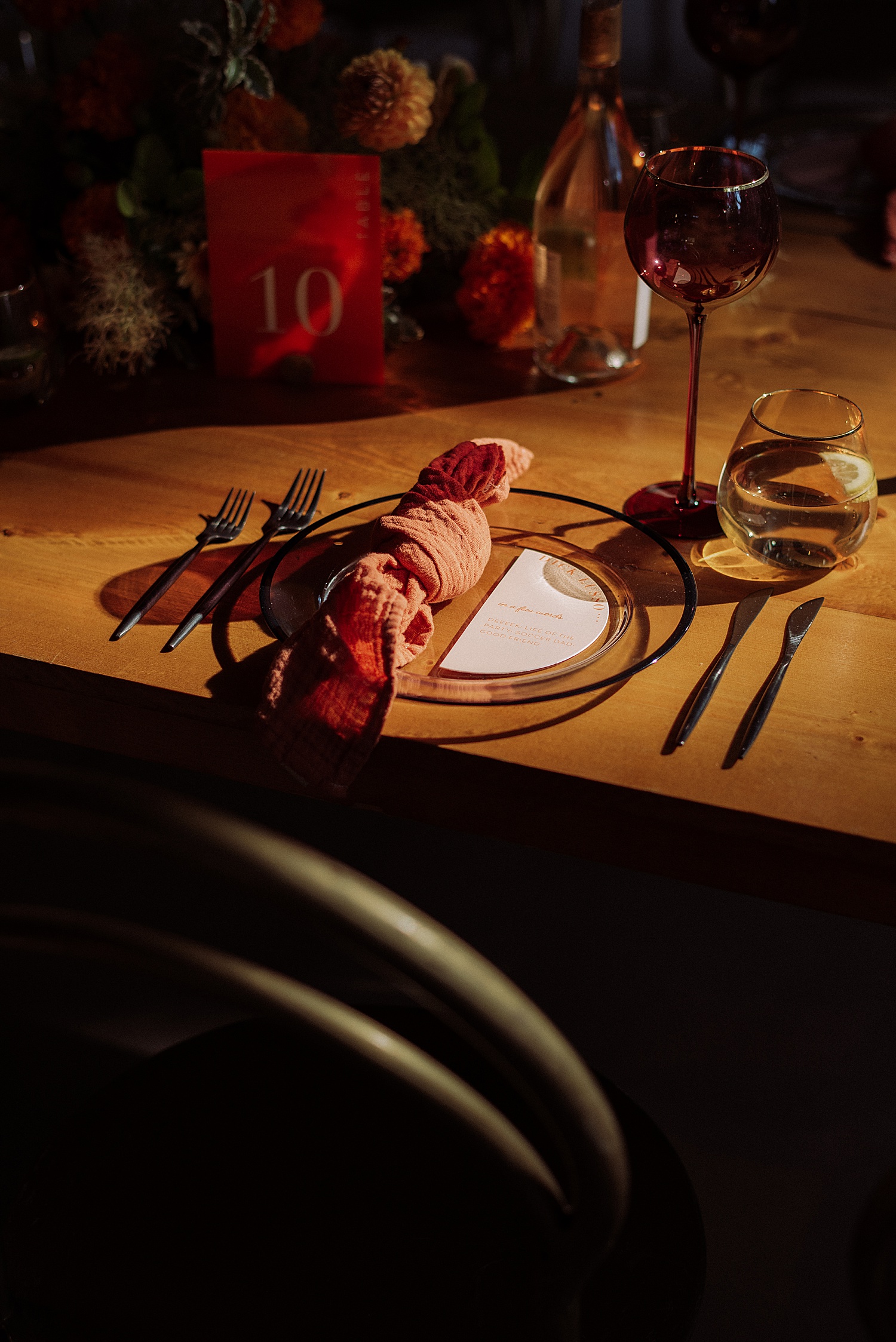
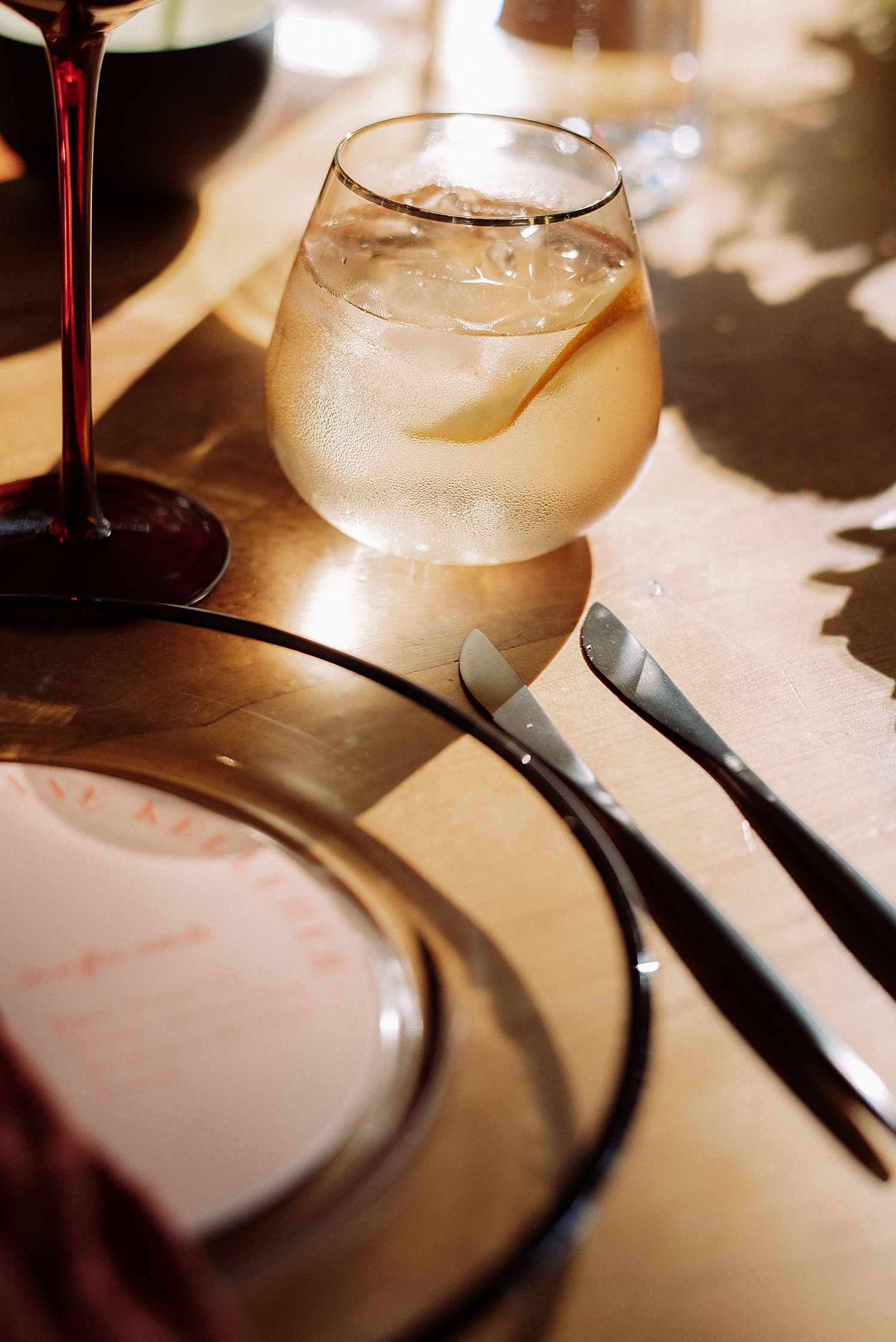


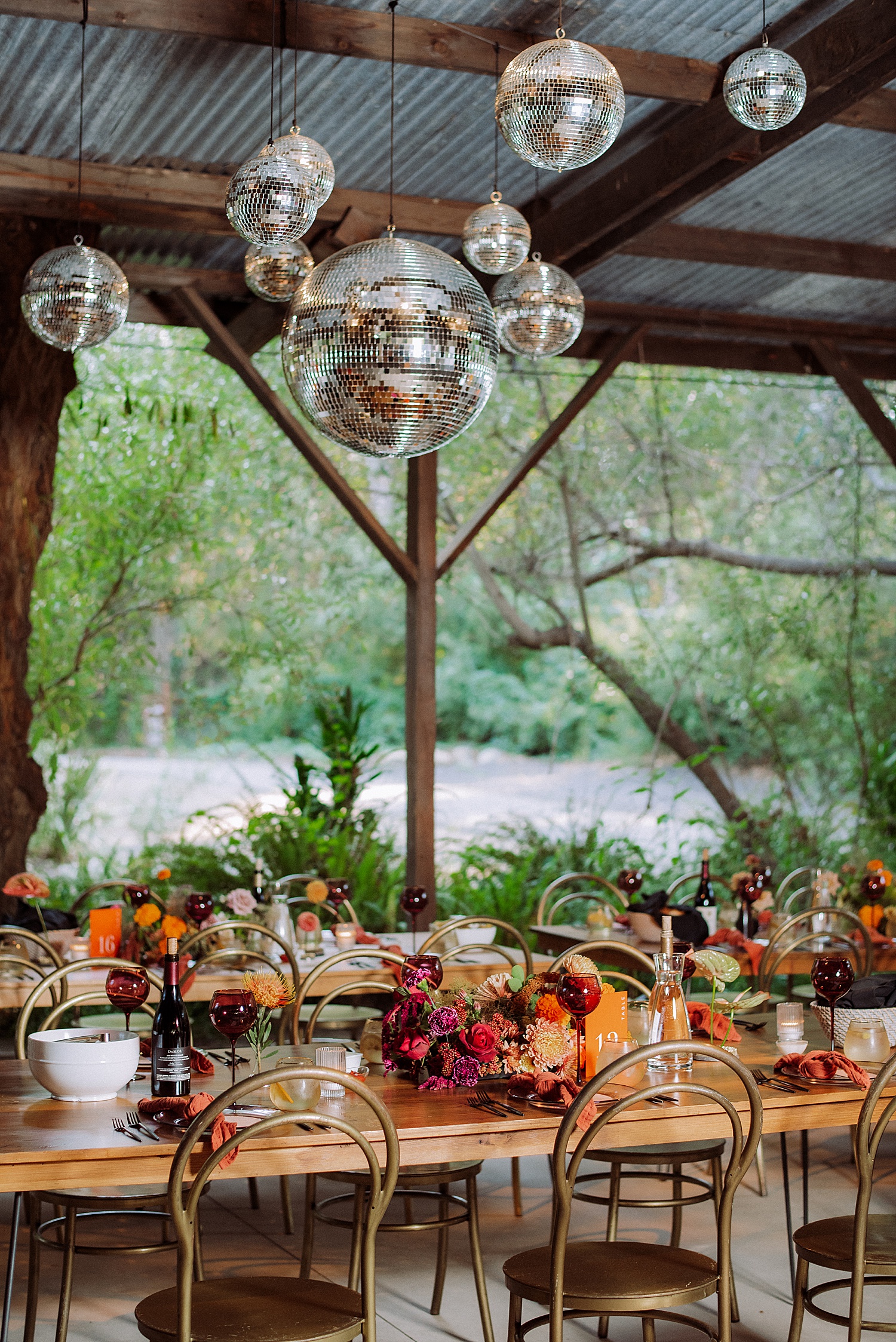

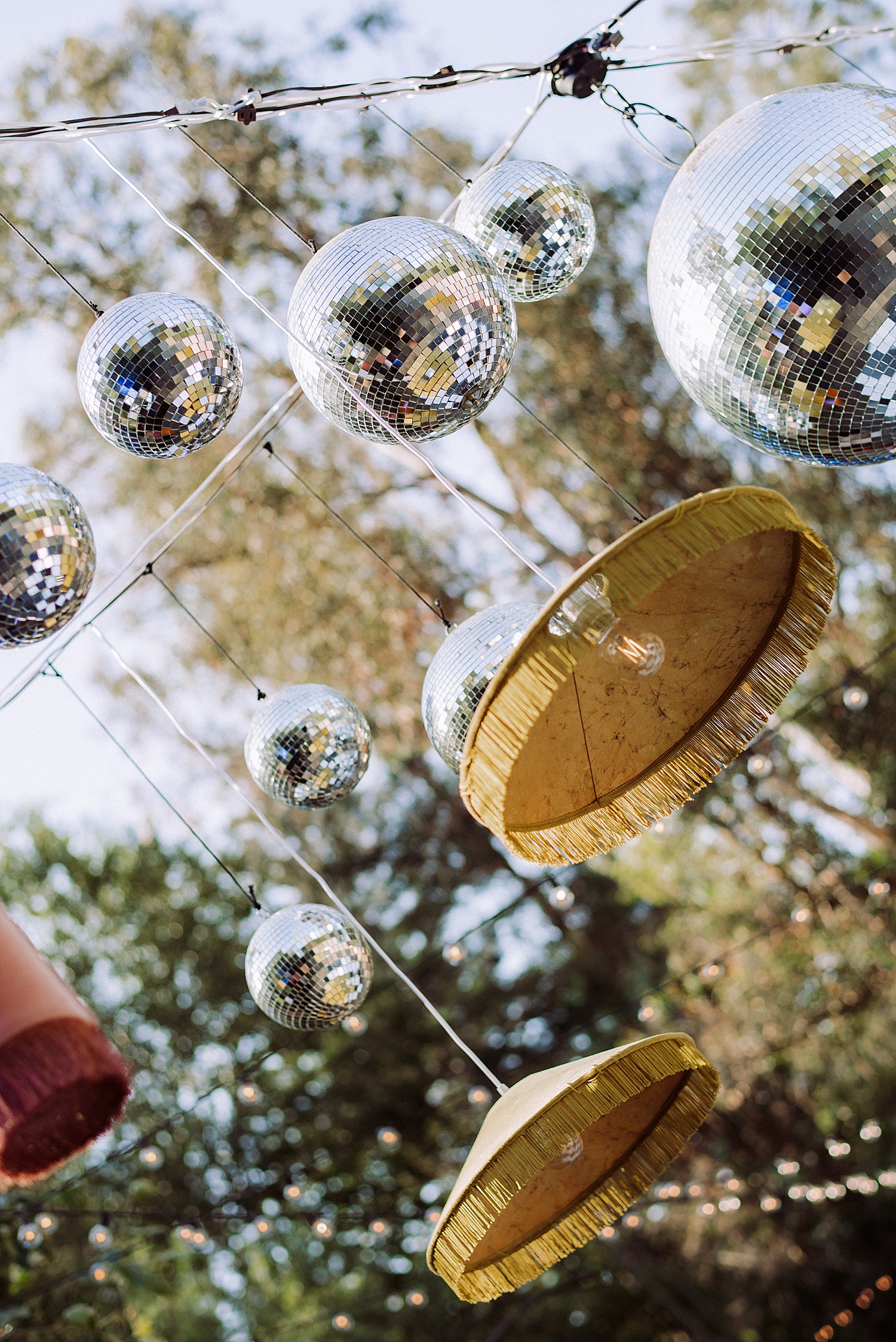


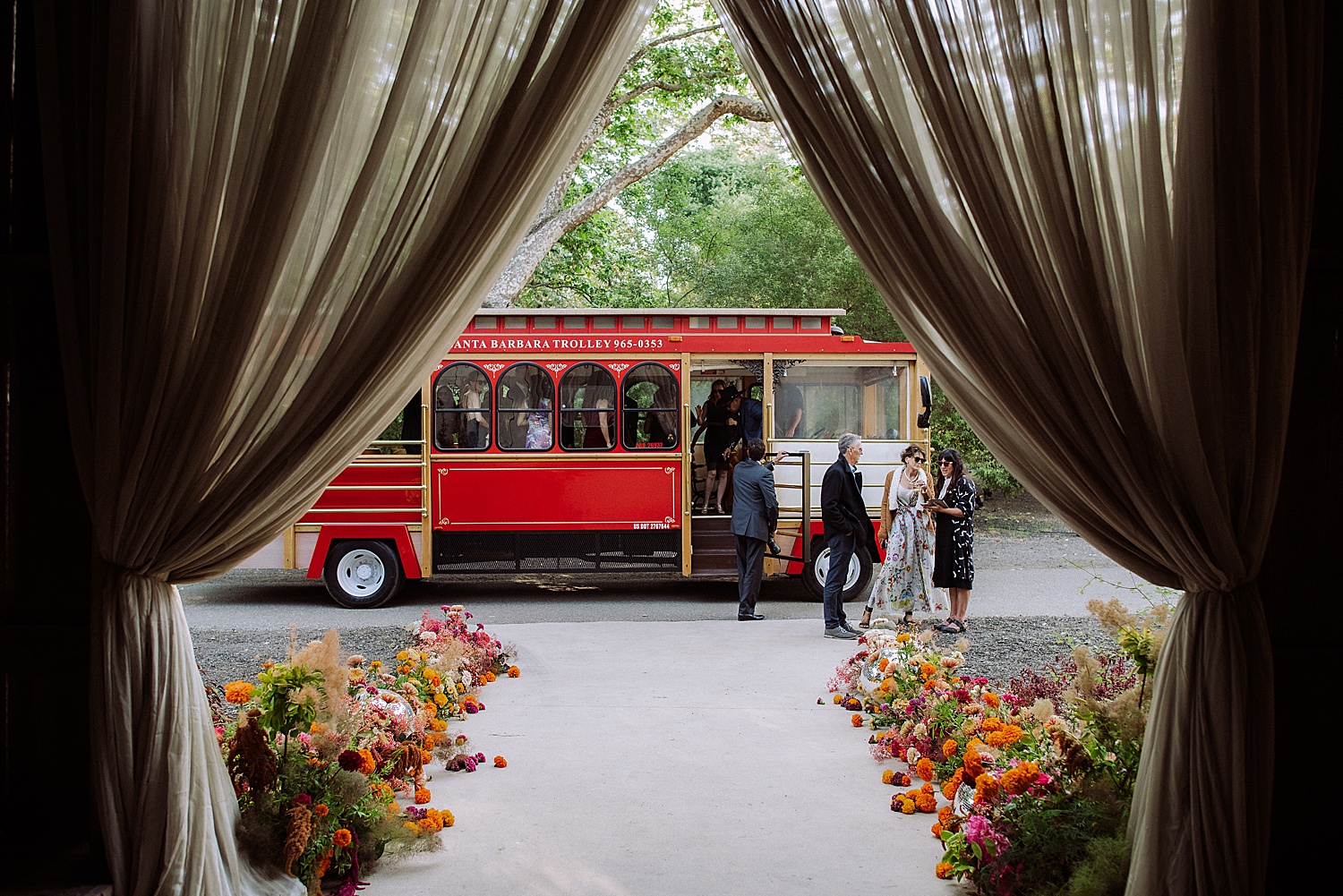
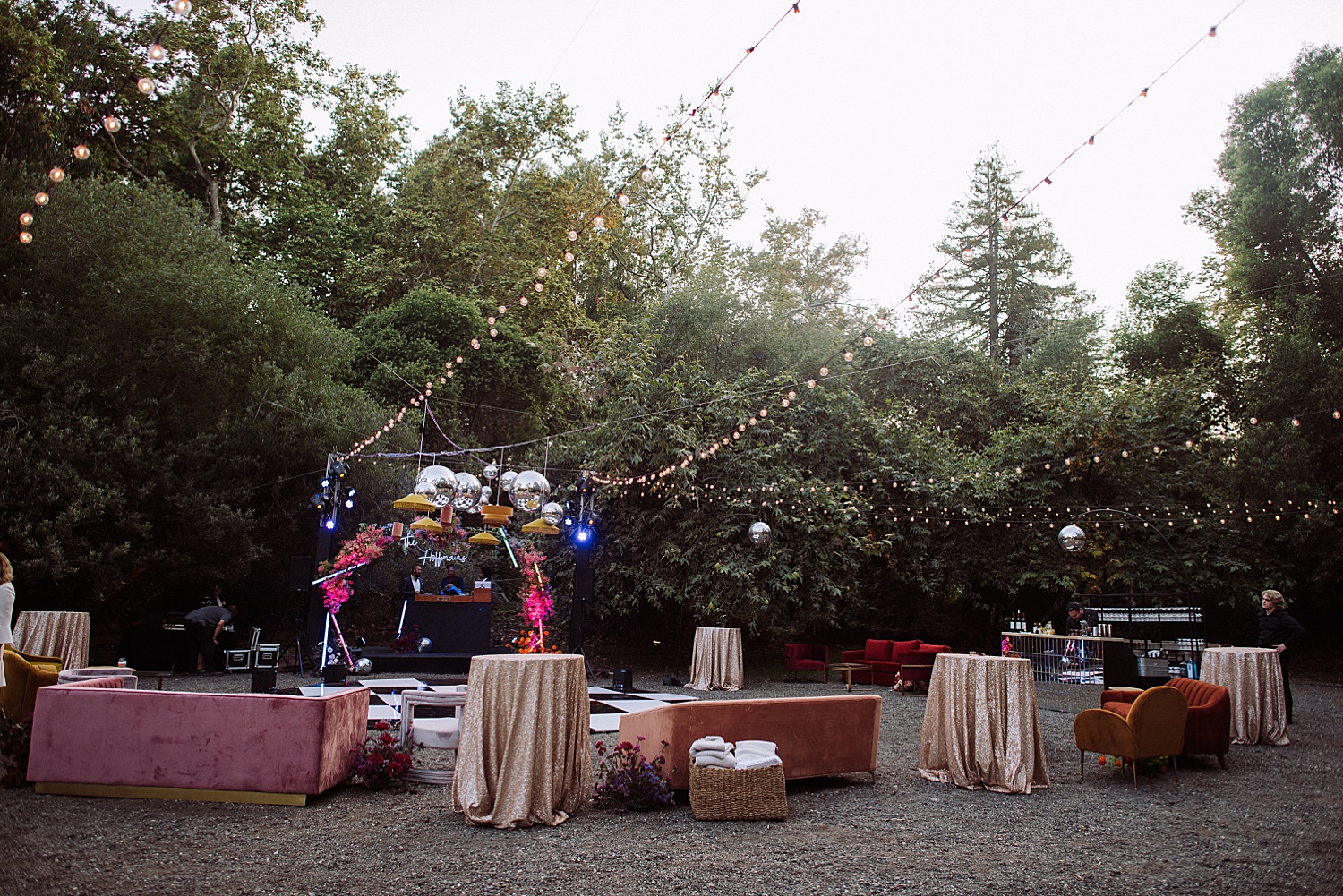
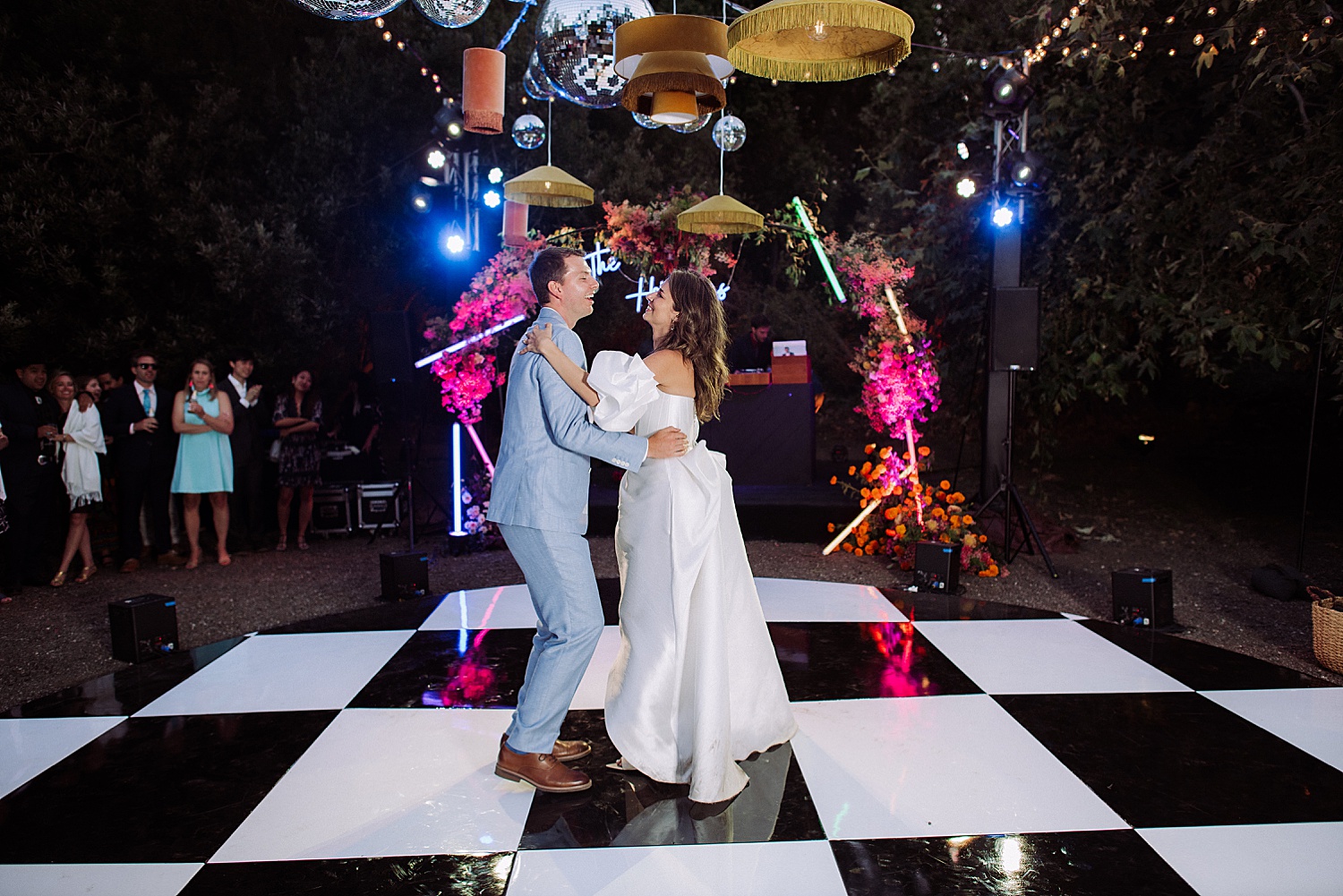

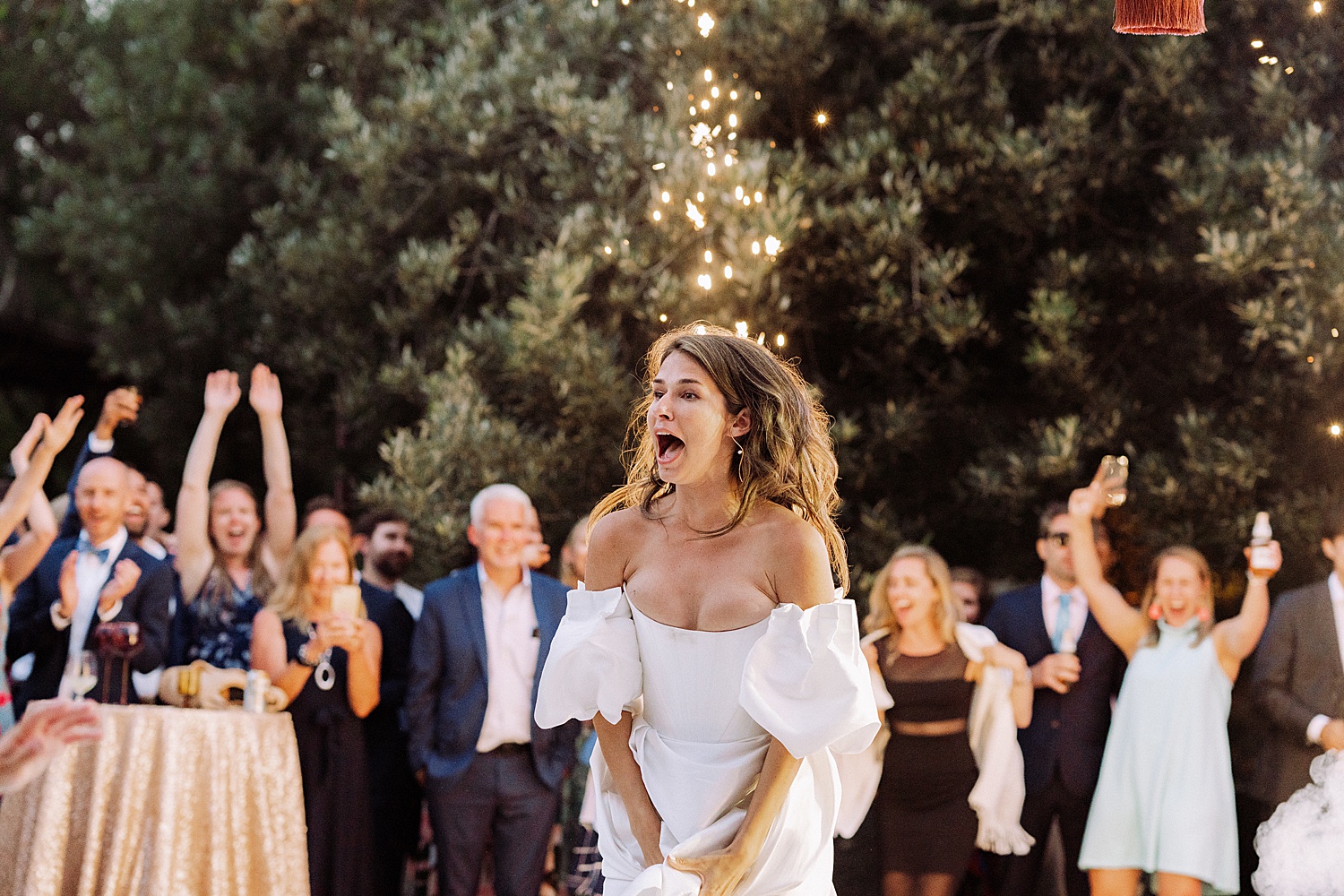



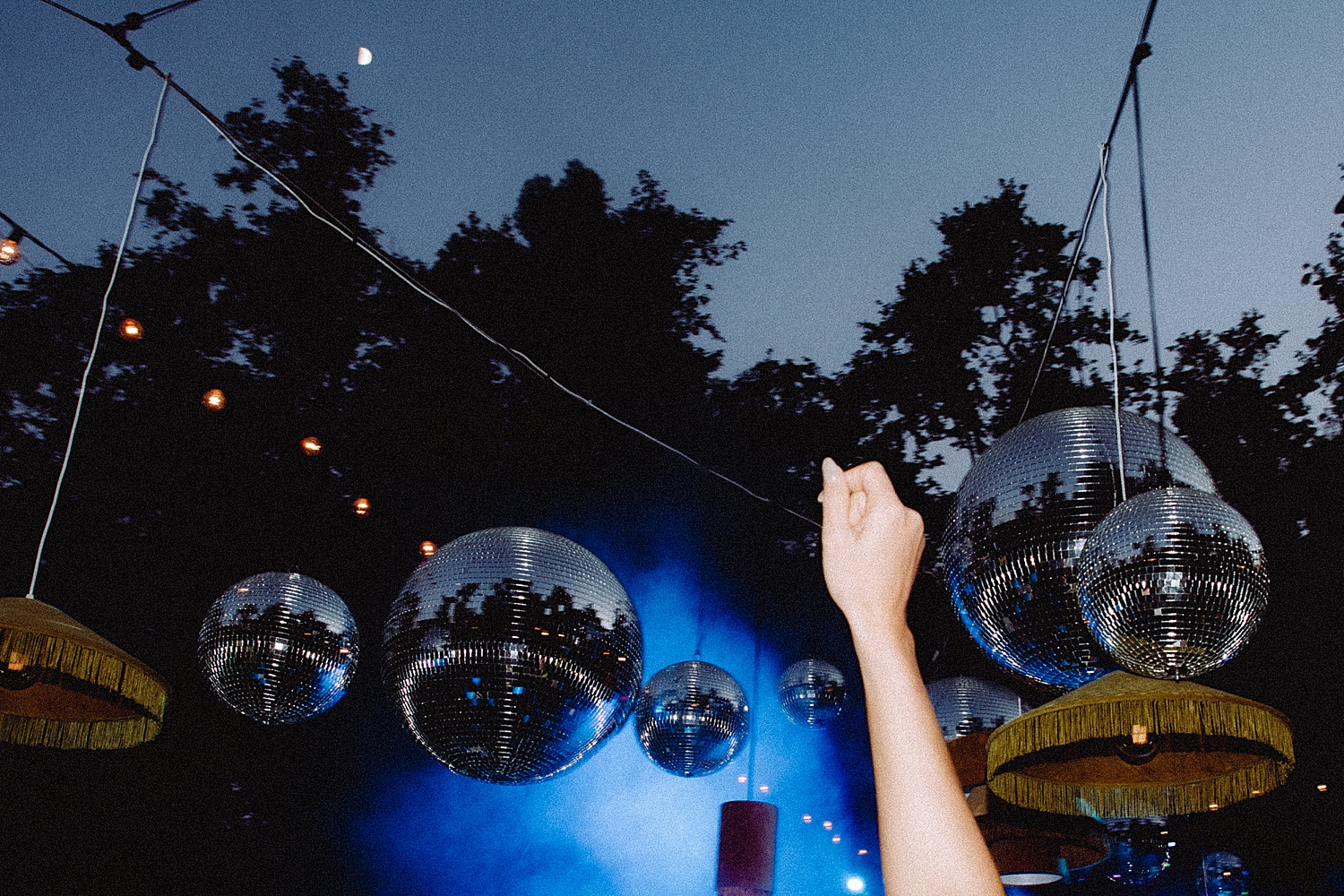

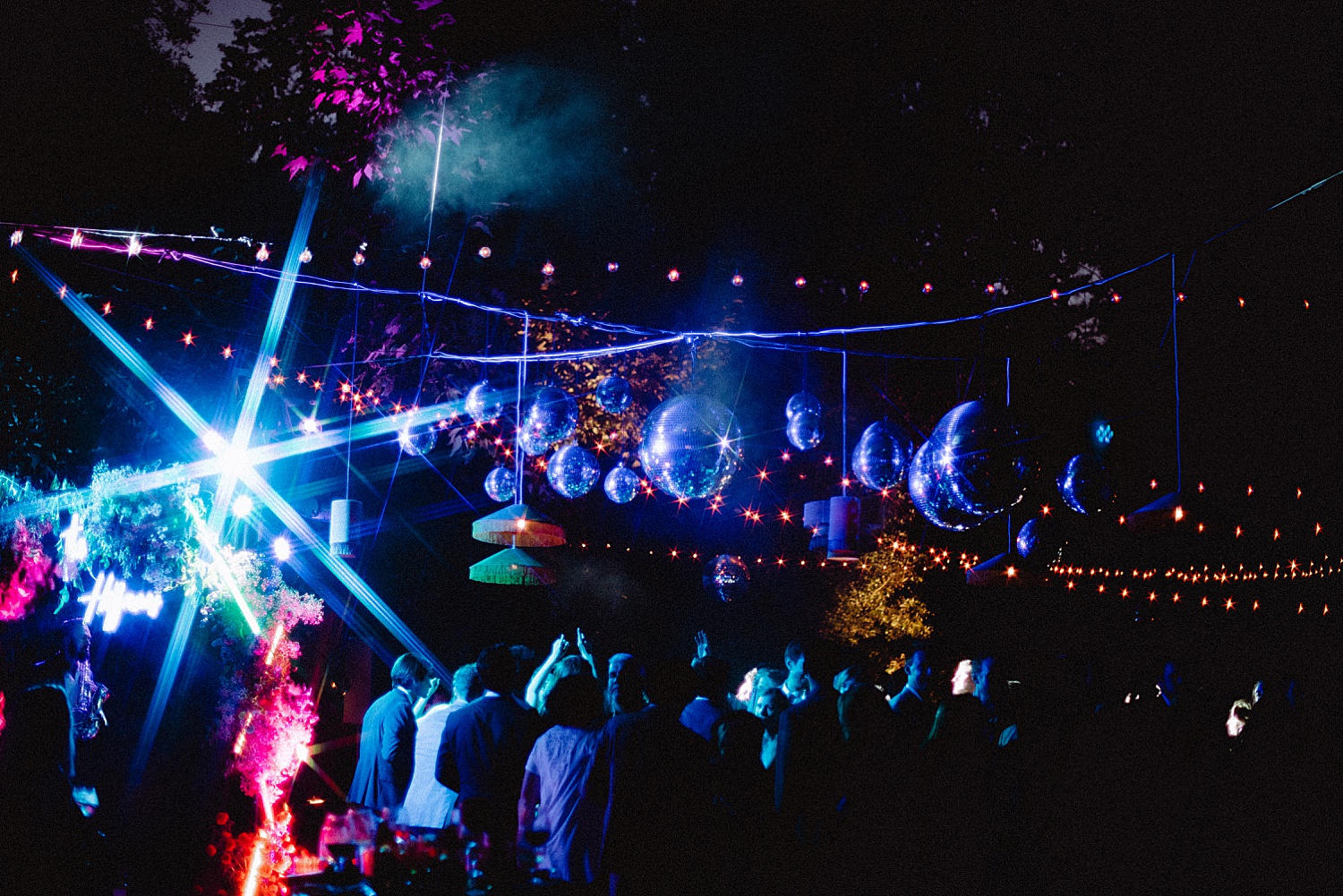
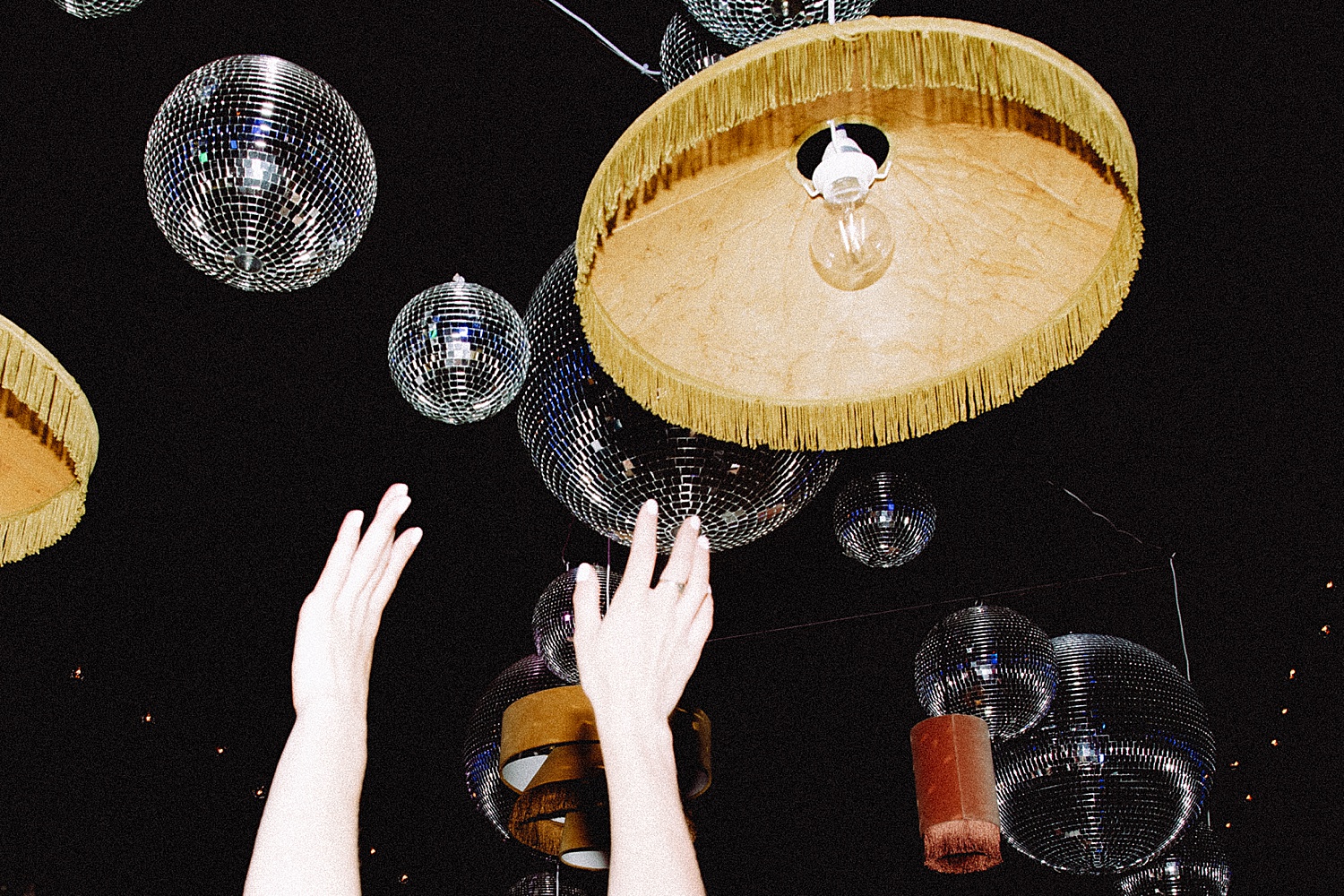
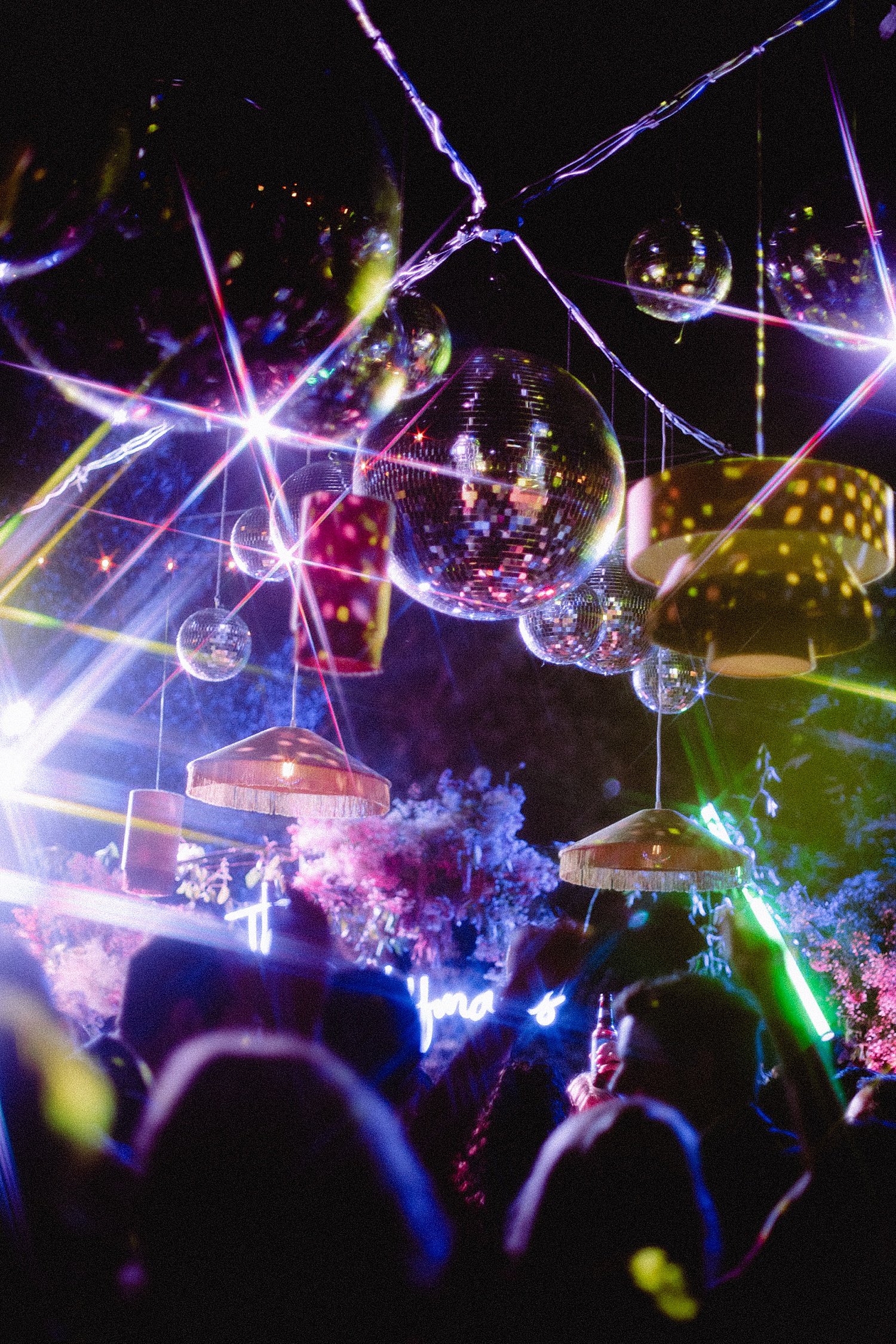

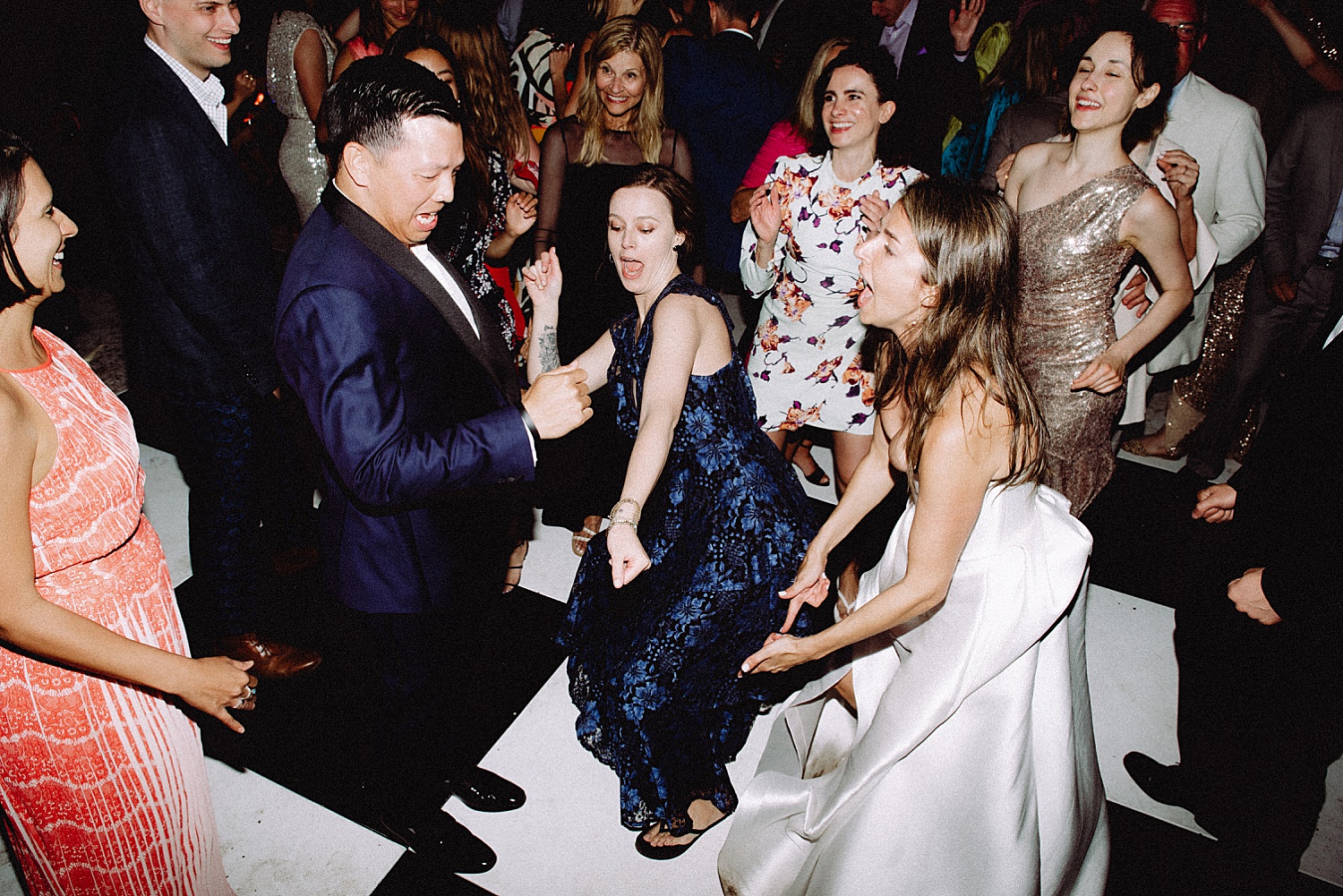
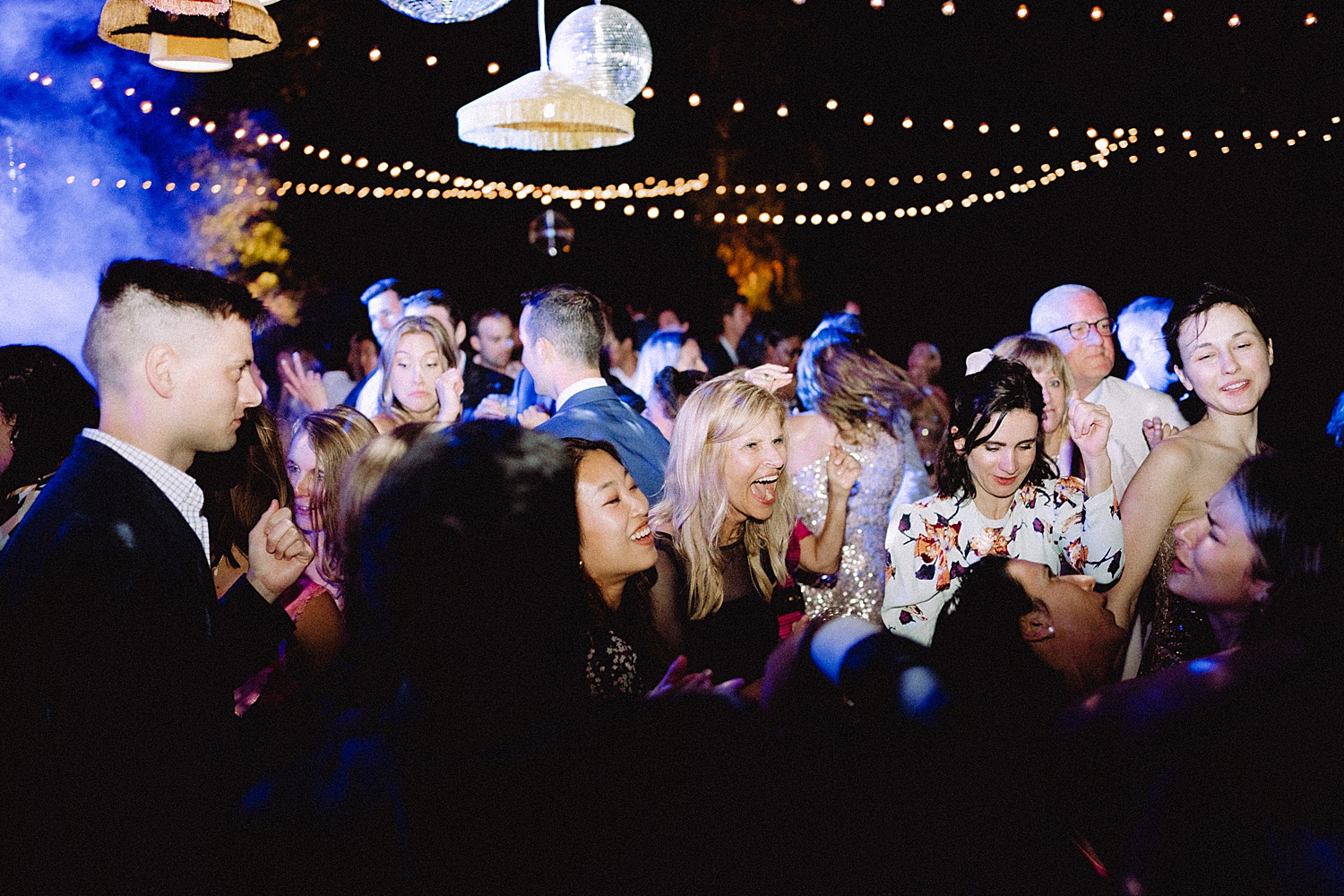

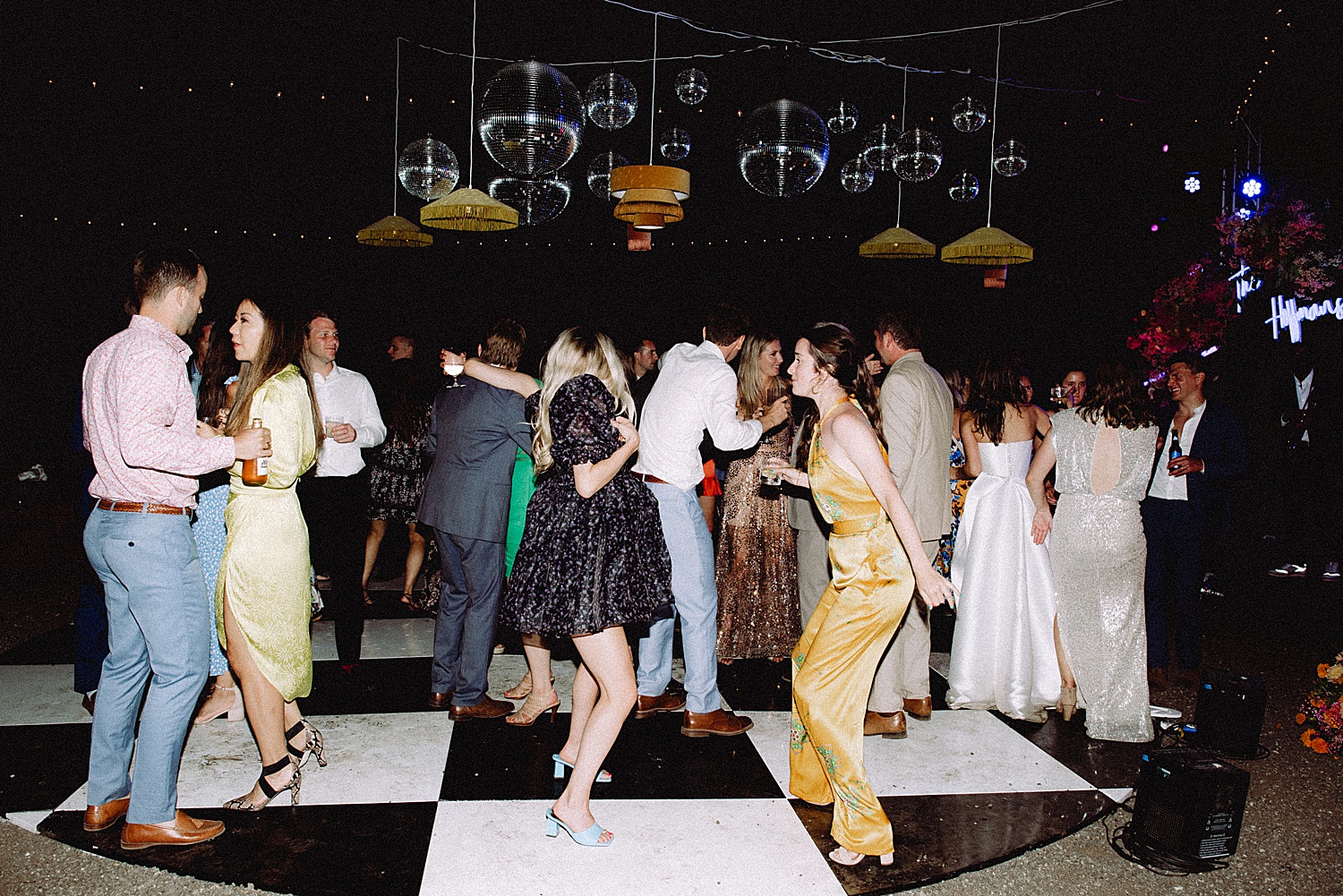

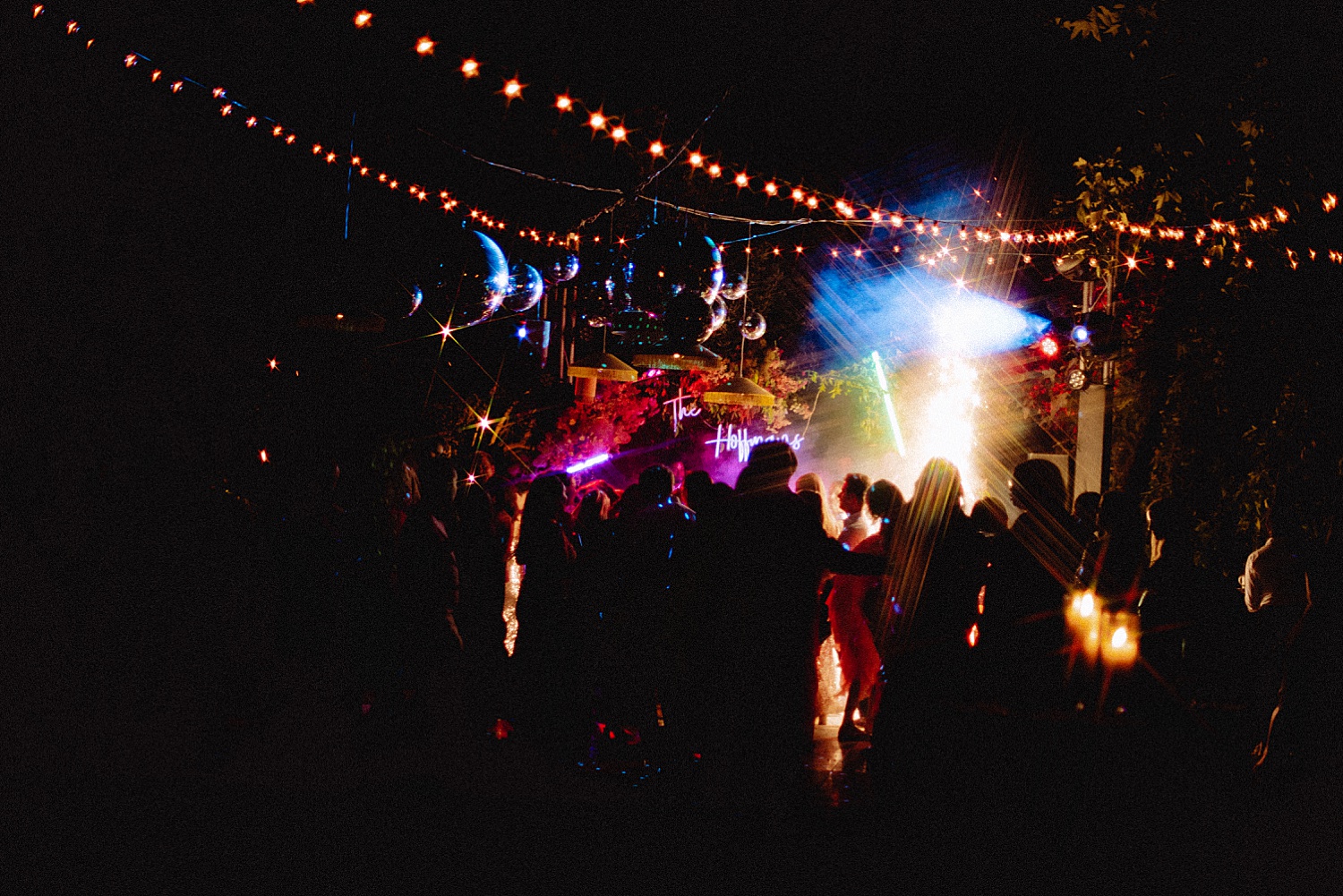
business coach for photographers
I’M EDEN - A DESTINATION WEDDING PHOTOGRAPHER TURNED BUSINESS COACH, NOW LEADING CREATIVE ENTREPRENEURS IN BUILDING A LIFE OF ARTISTIC GROWTH, WEALTH, AND FREEDOM.
WE ARE A QUEER AFFIRMING, BIPOC INCLUSIVE, SAFE AND LOVING SPACE. NOTHING LESS THAN CELEBRATION FOR EVERYONE WILL BE TOLERATED IN OUR ONLINE SPHERE. HATRED AND BIGOTRY ARE NOT WELCOME HERE.